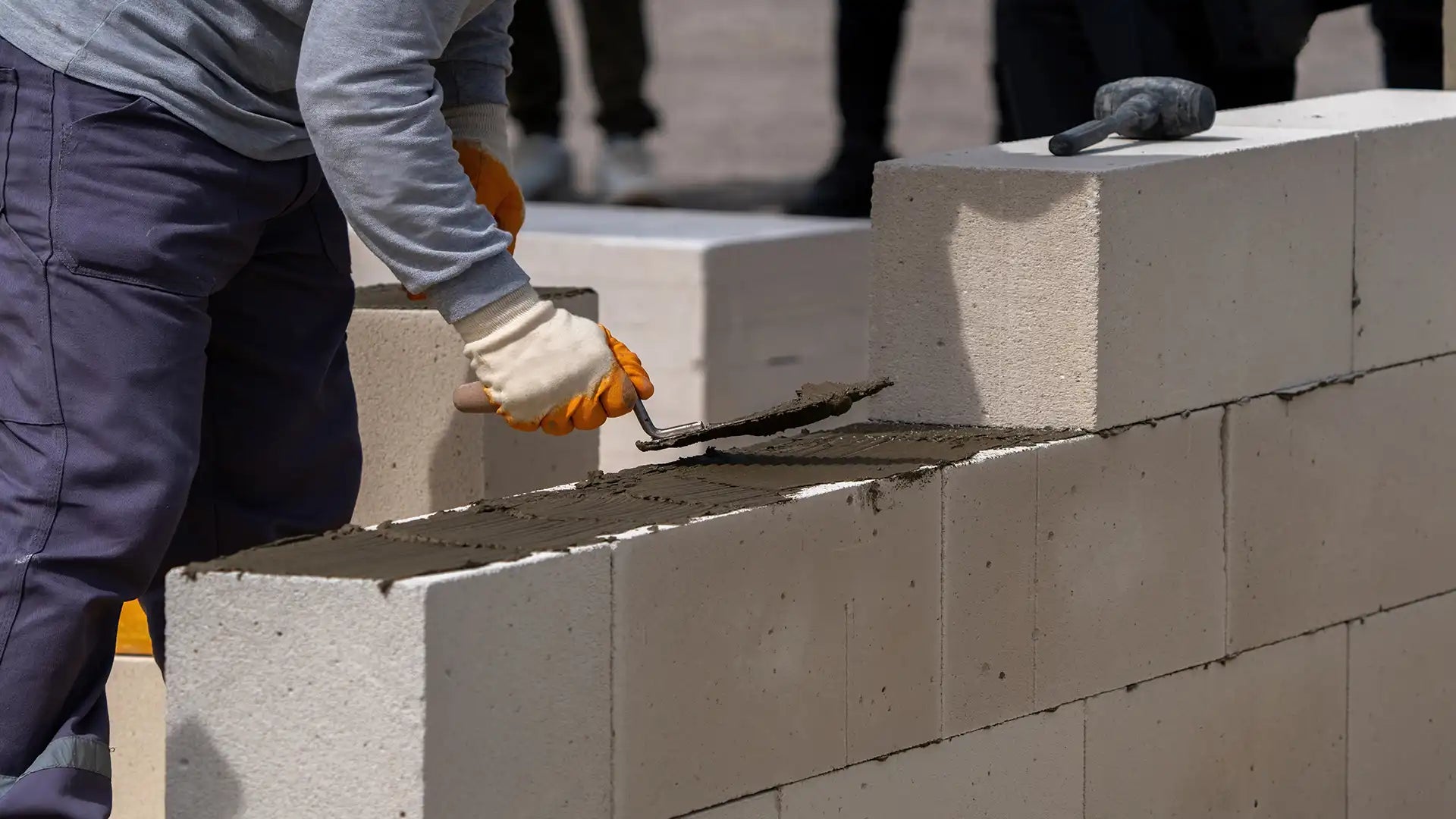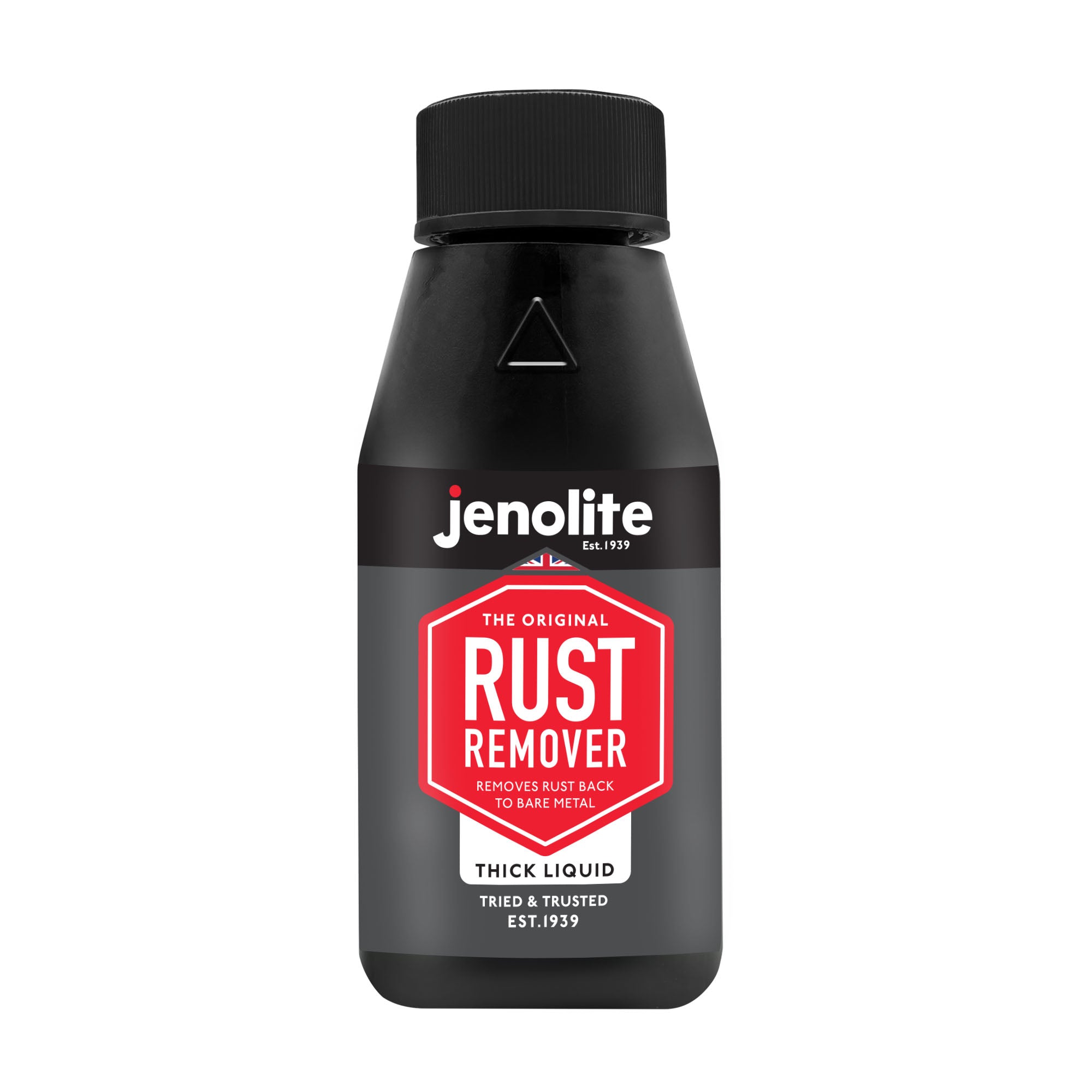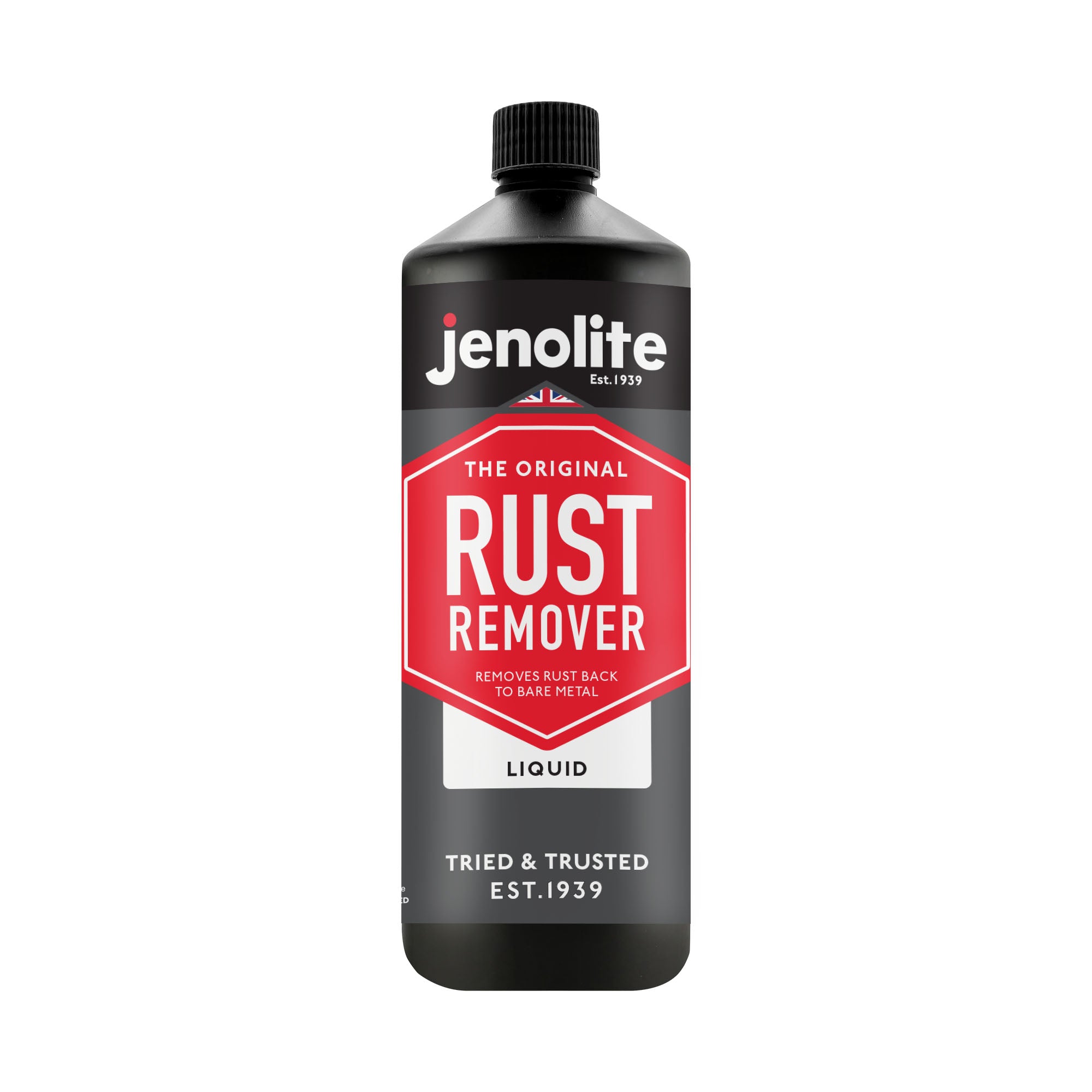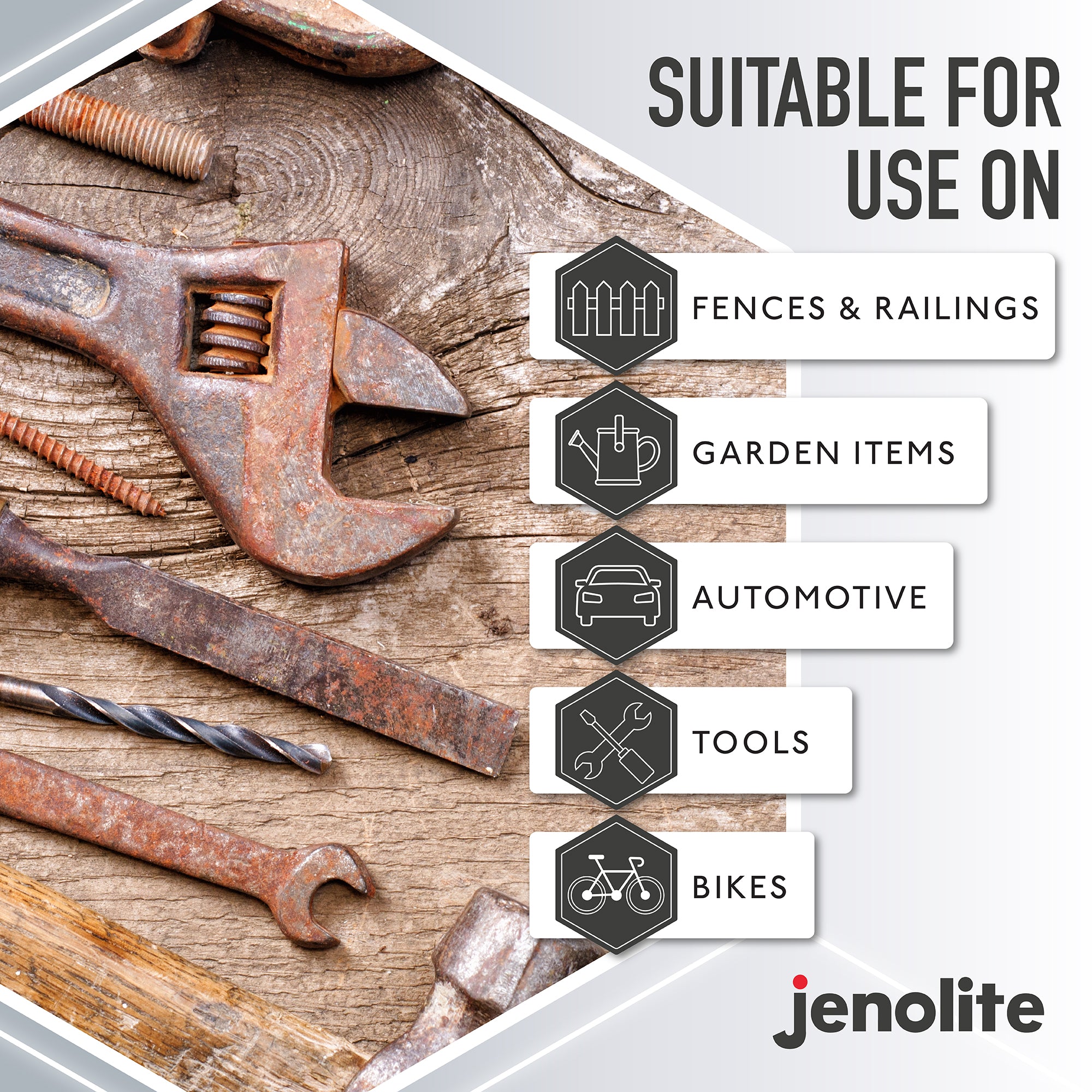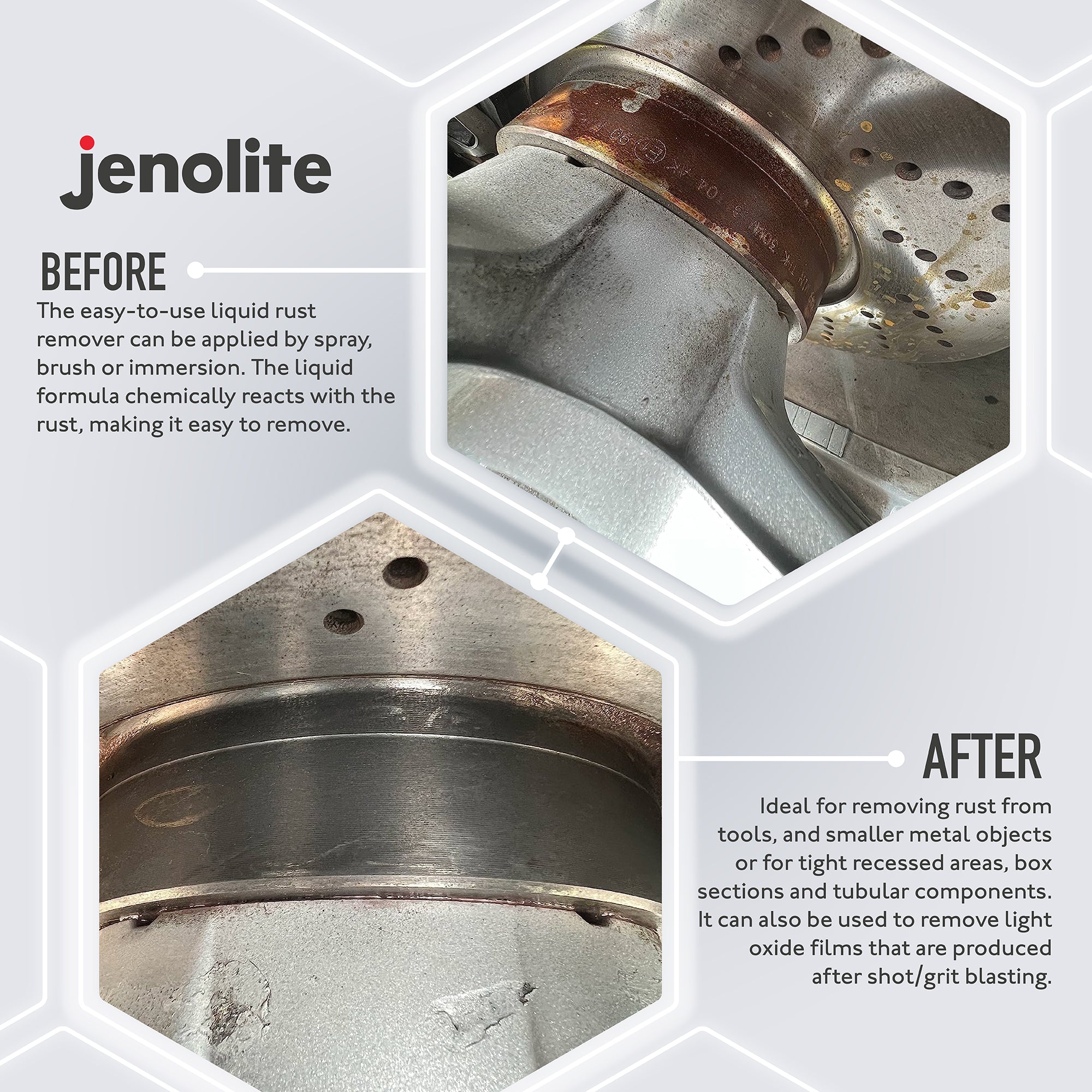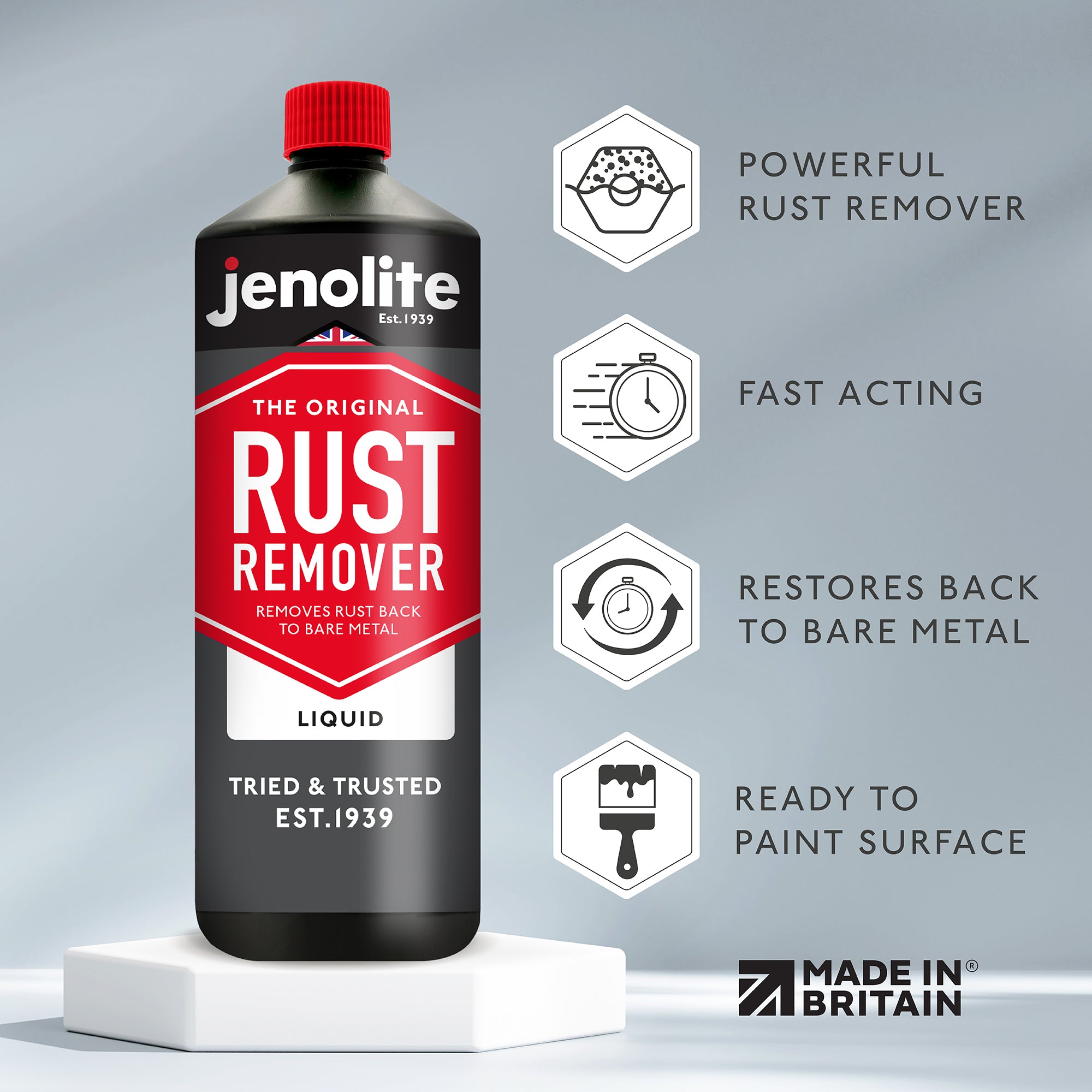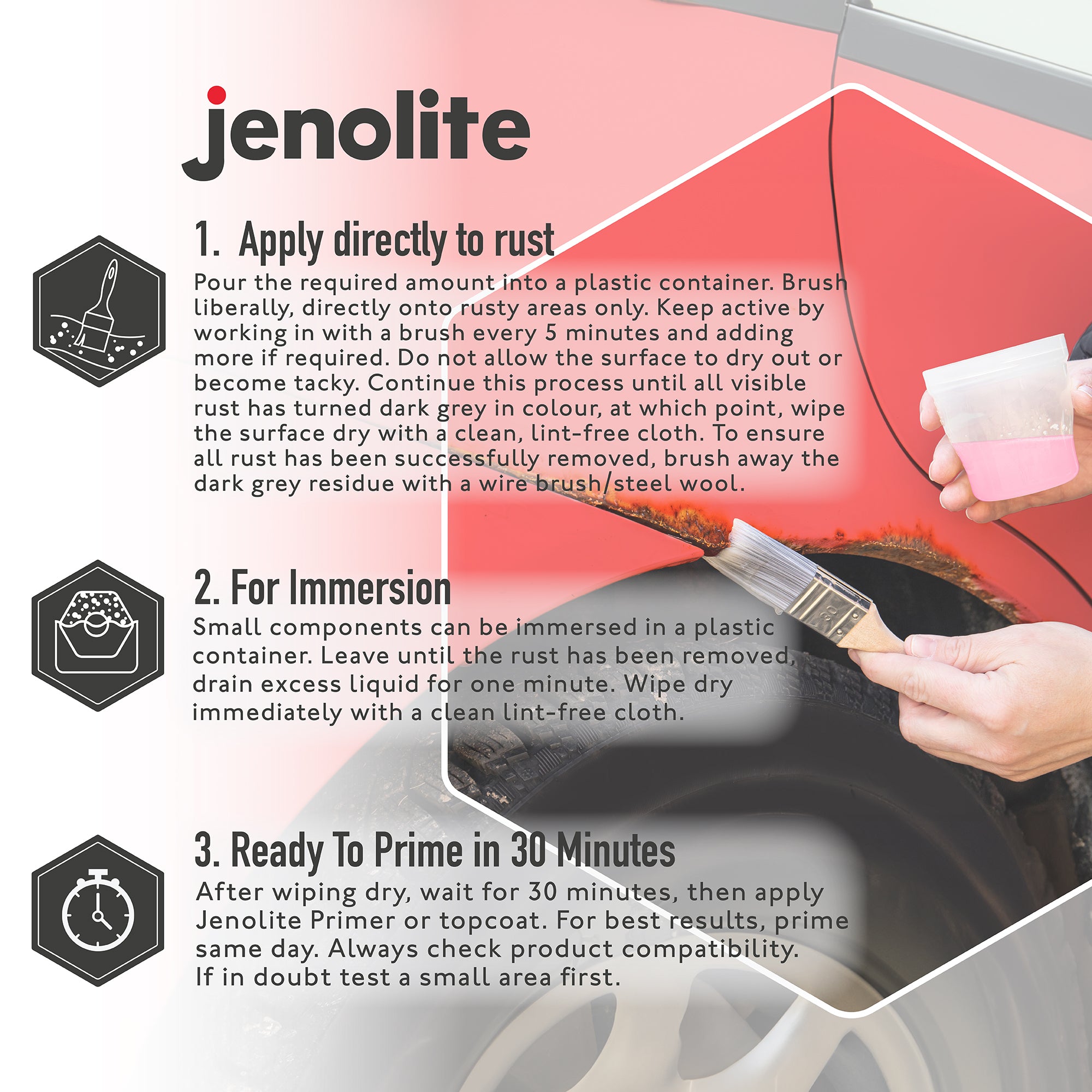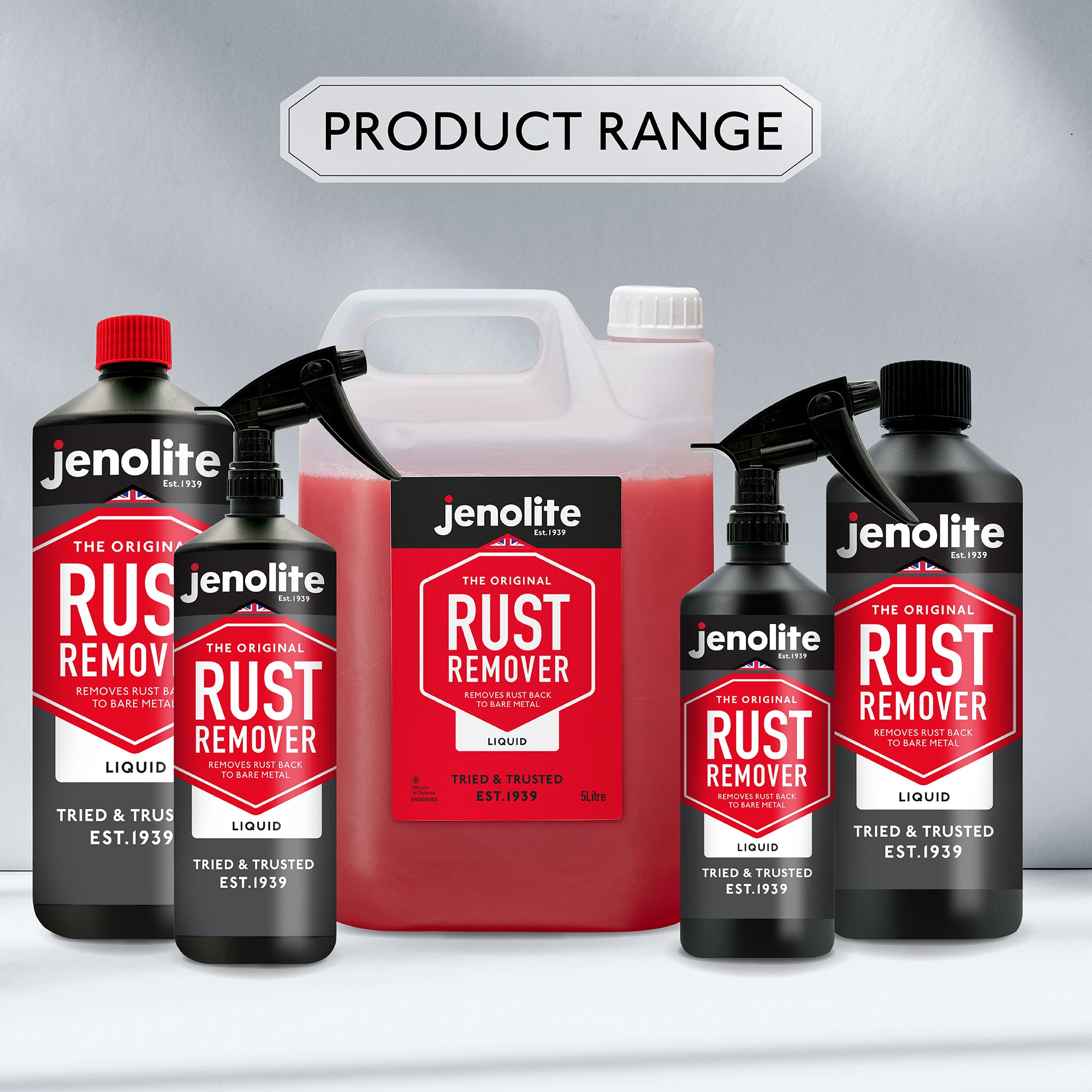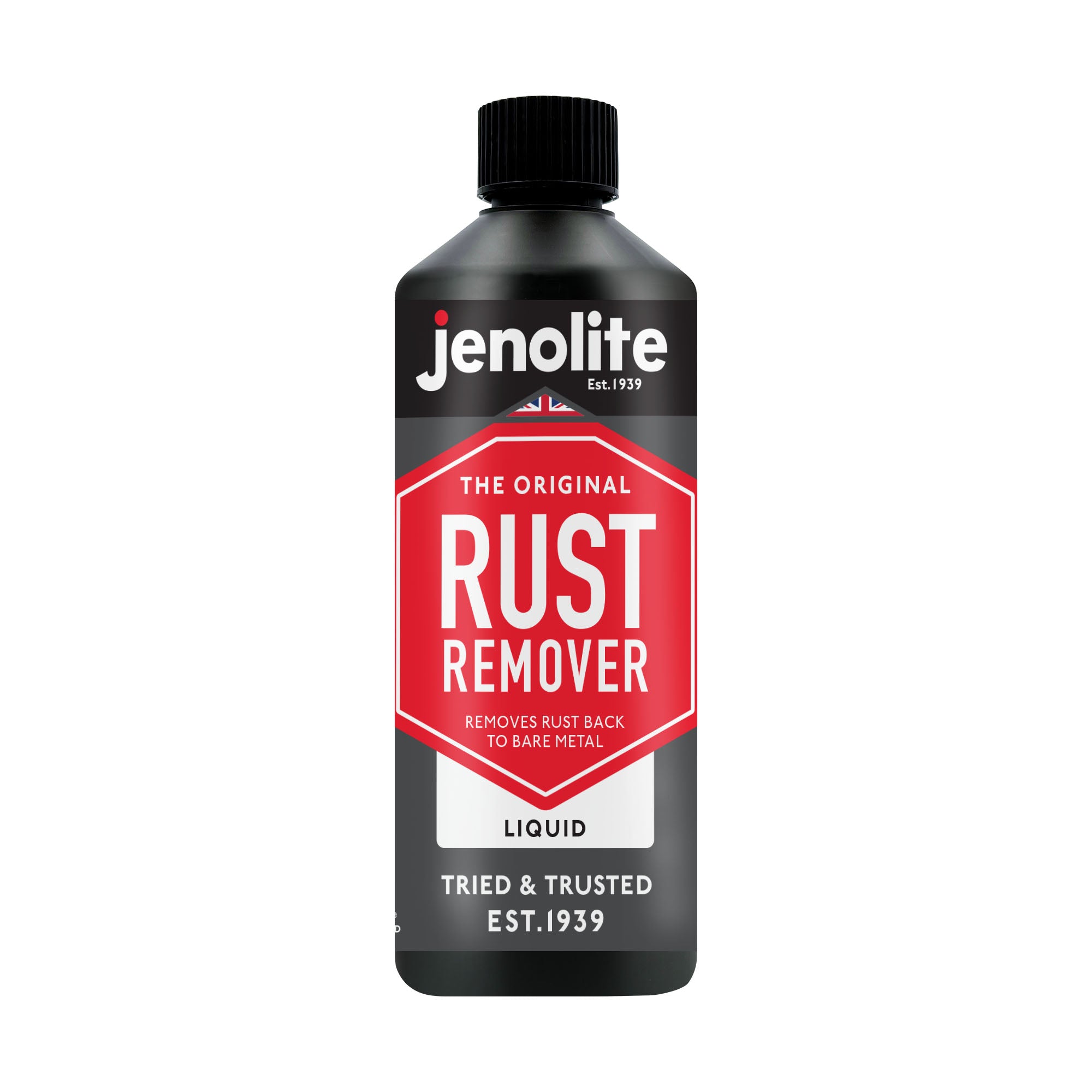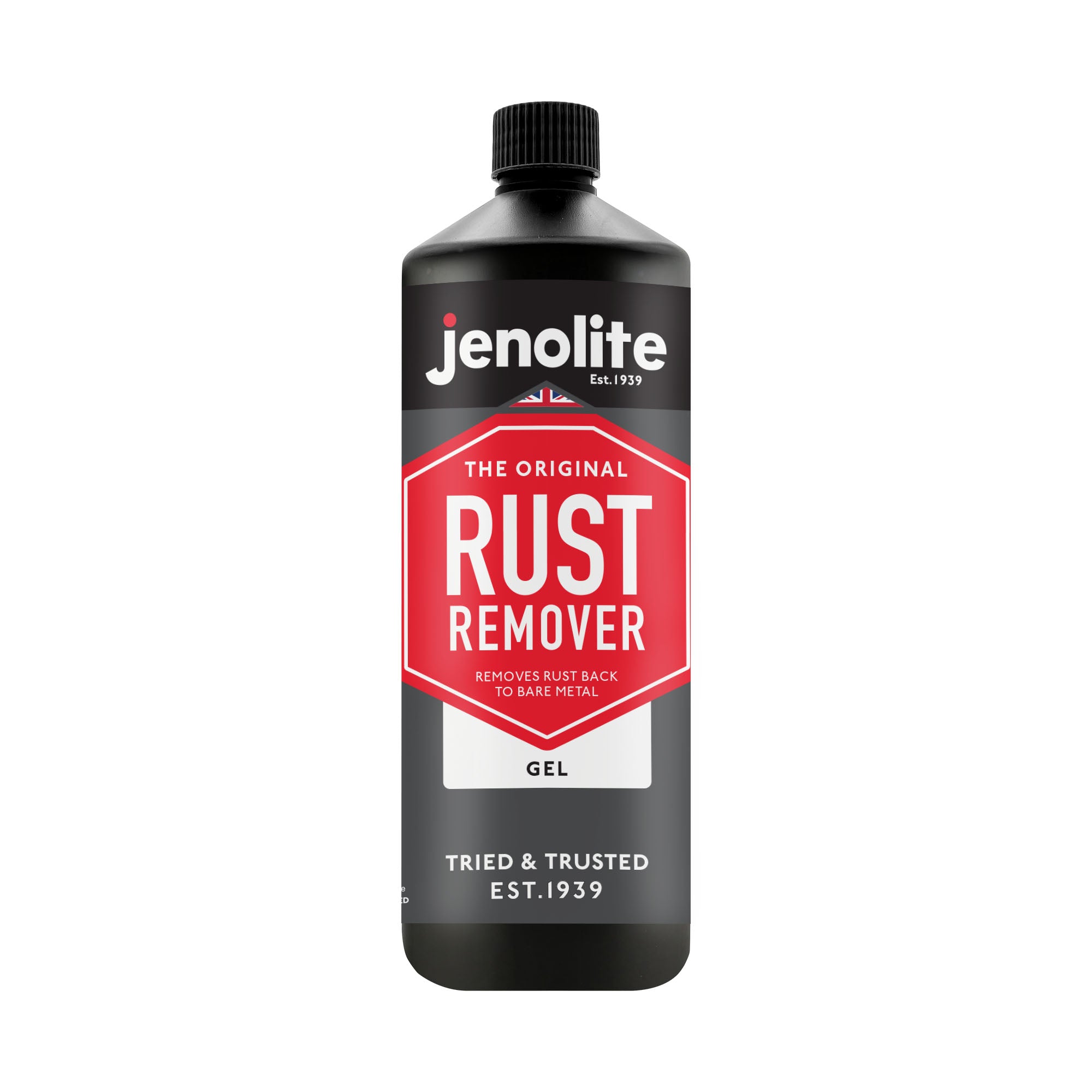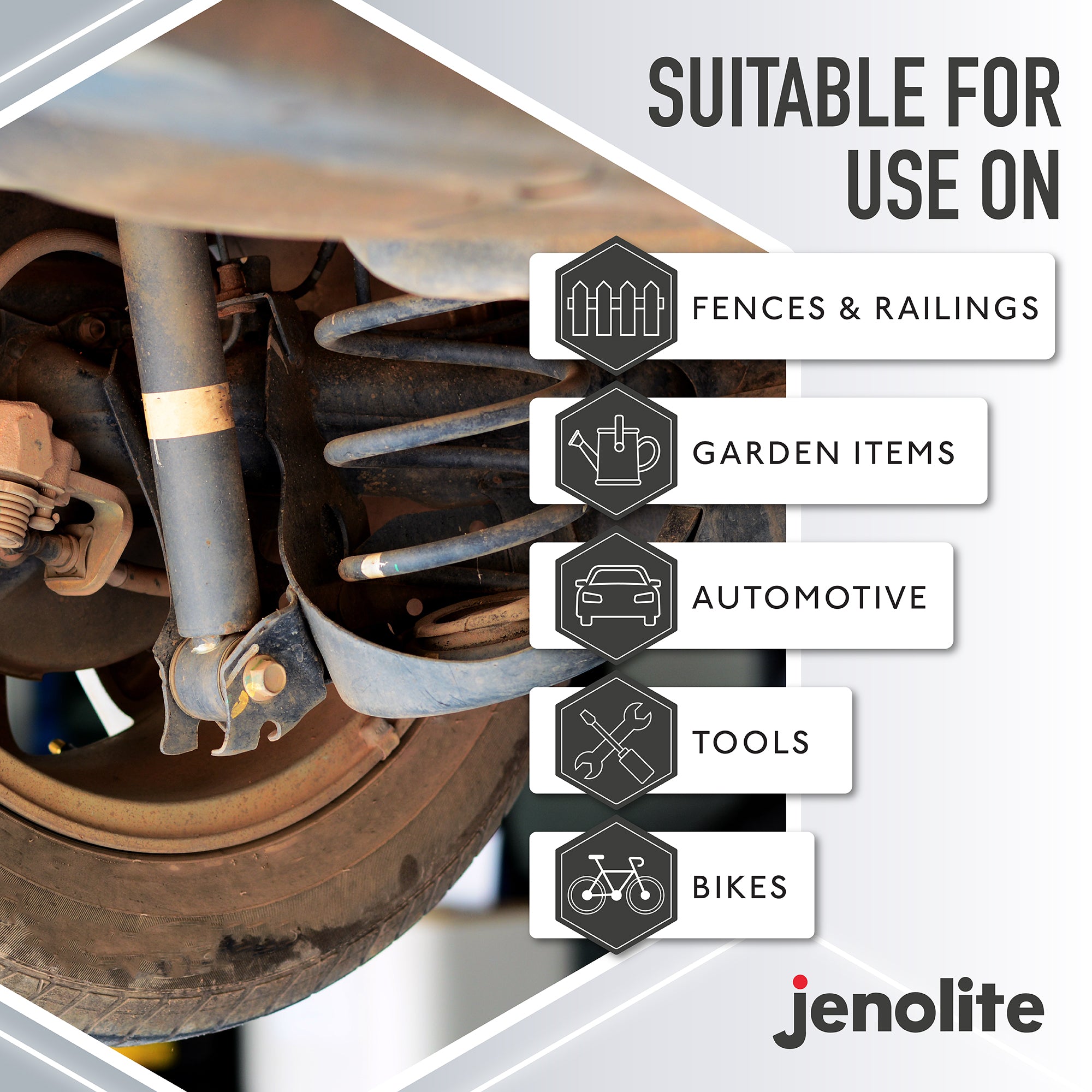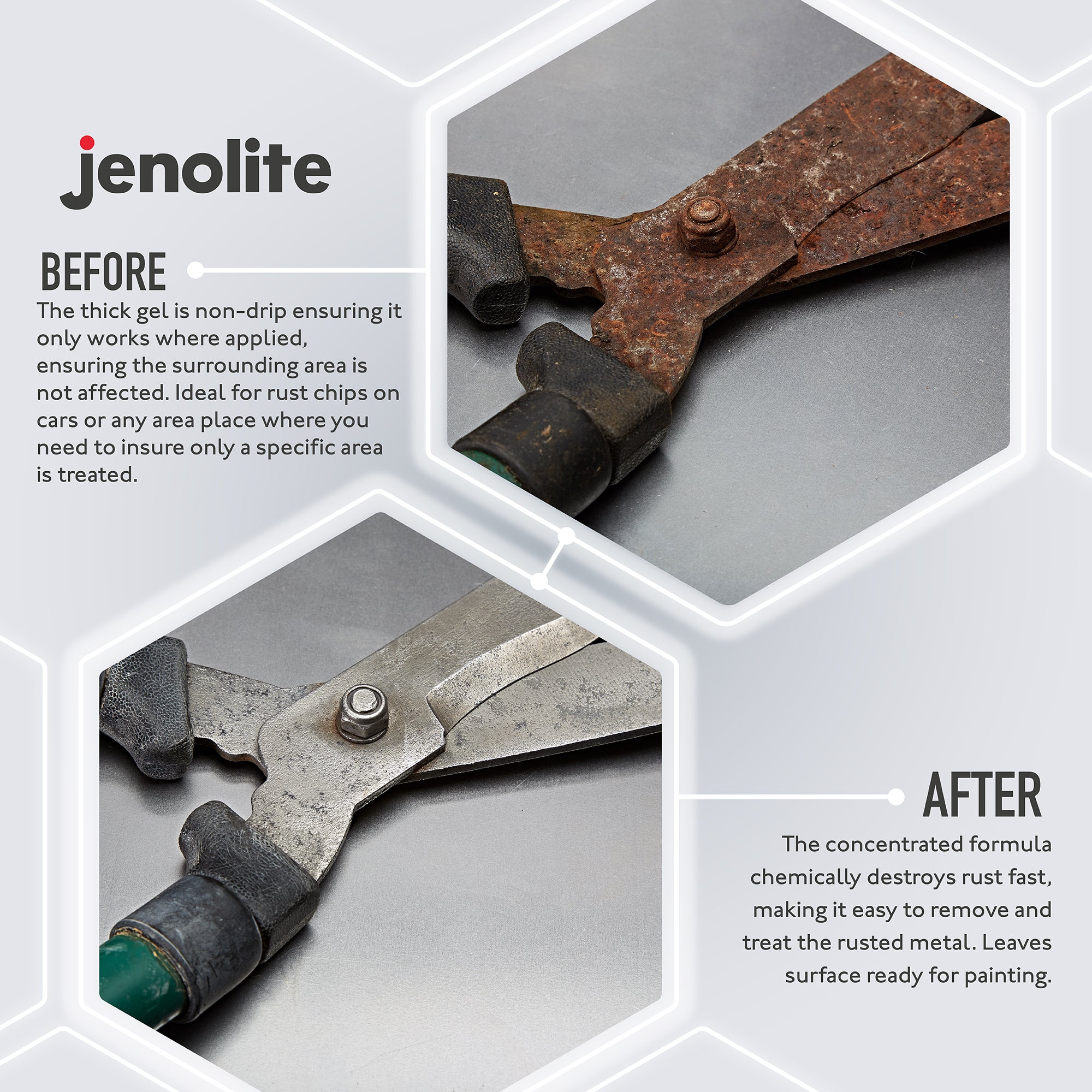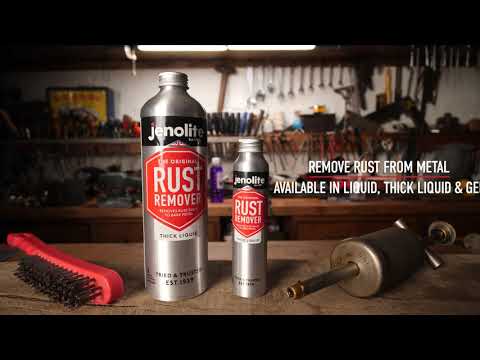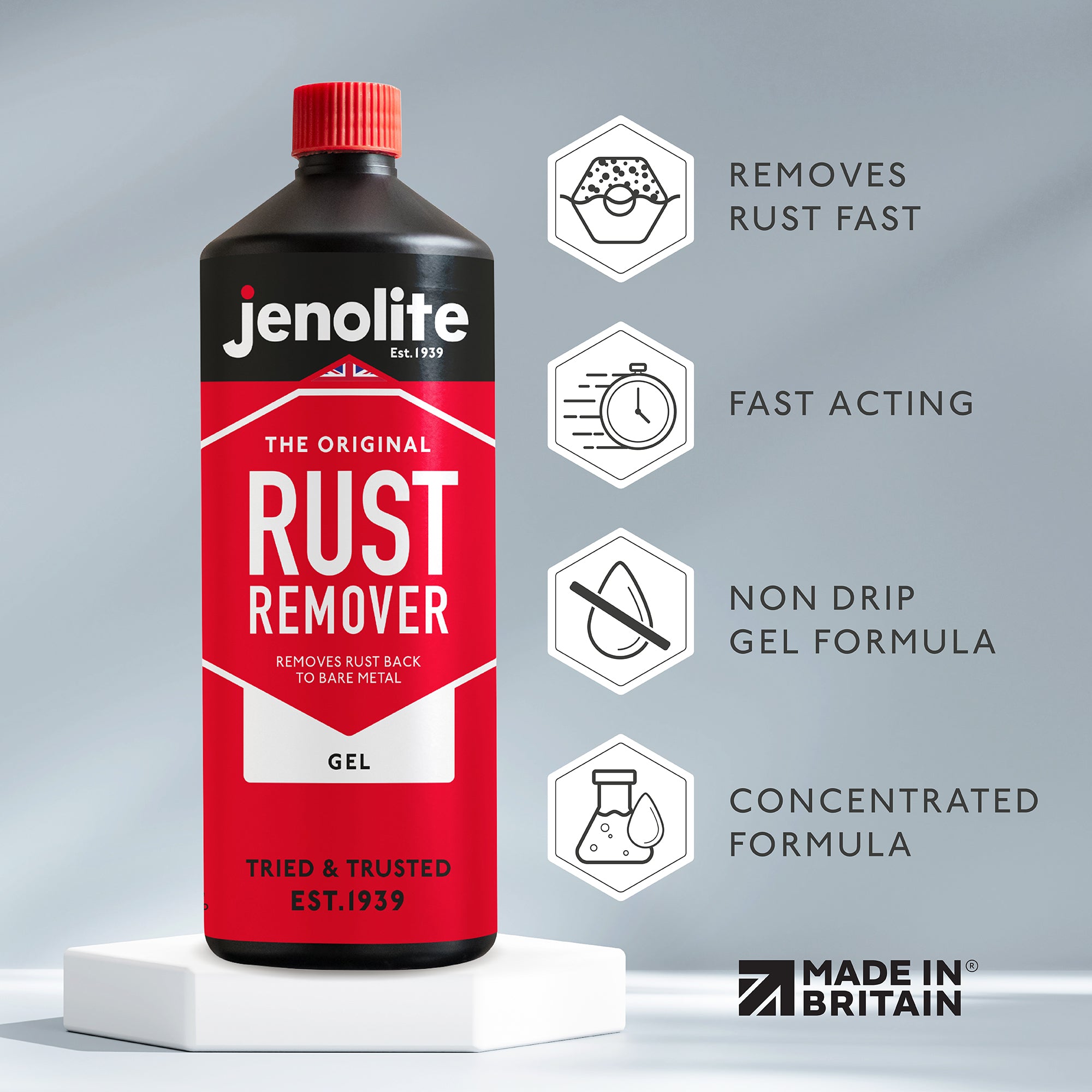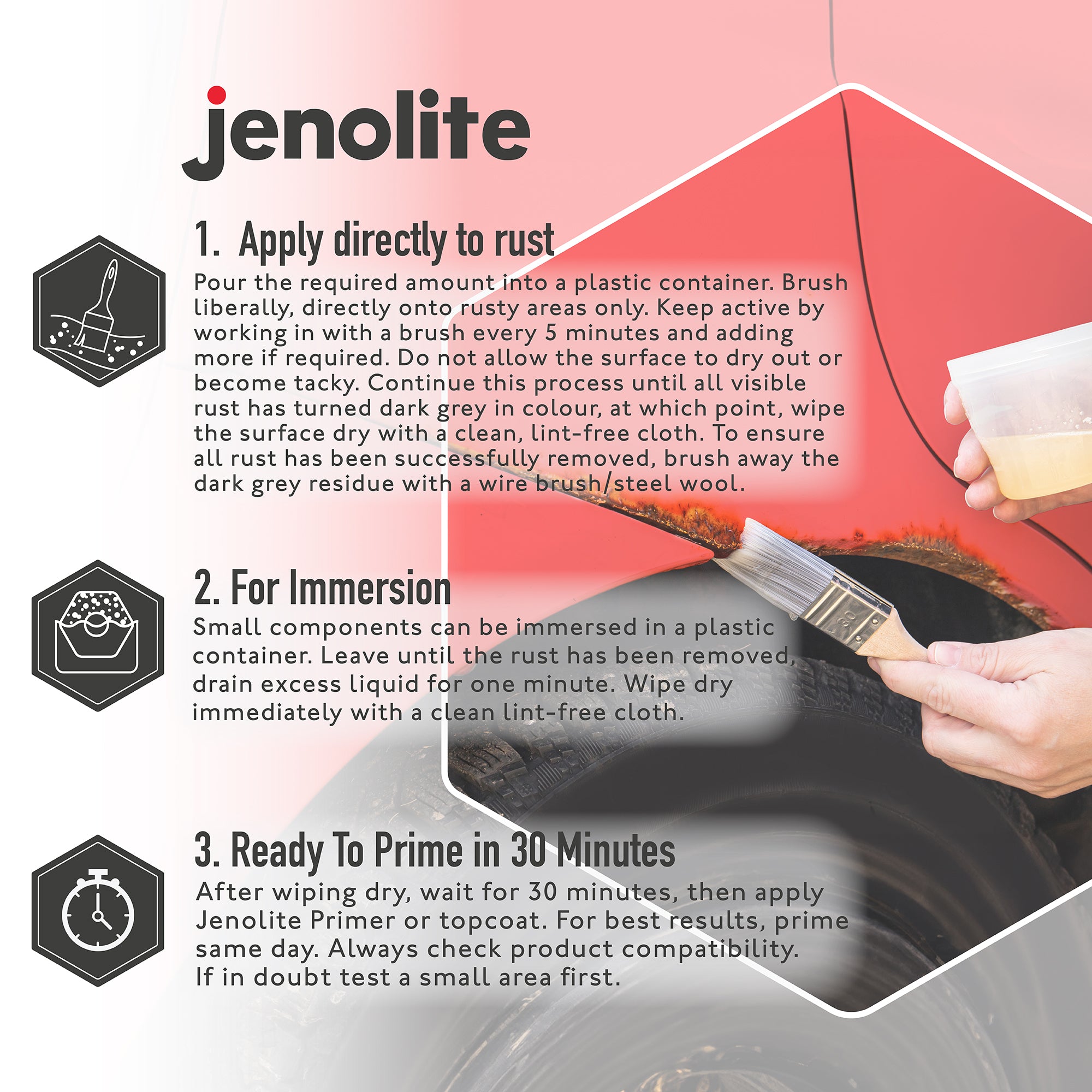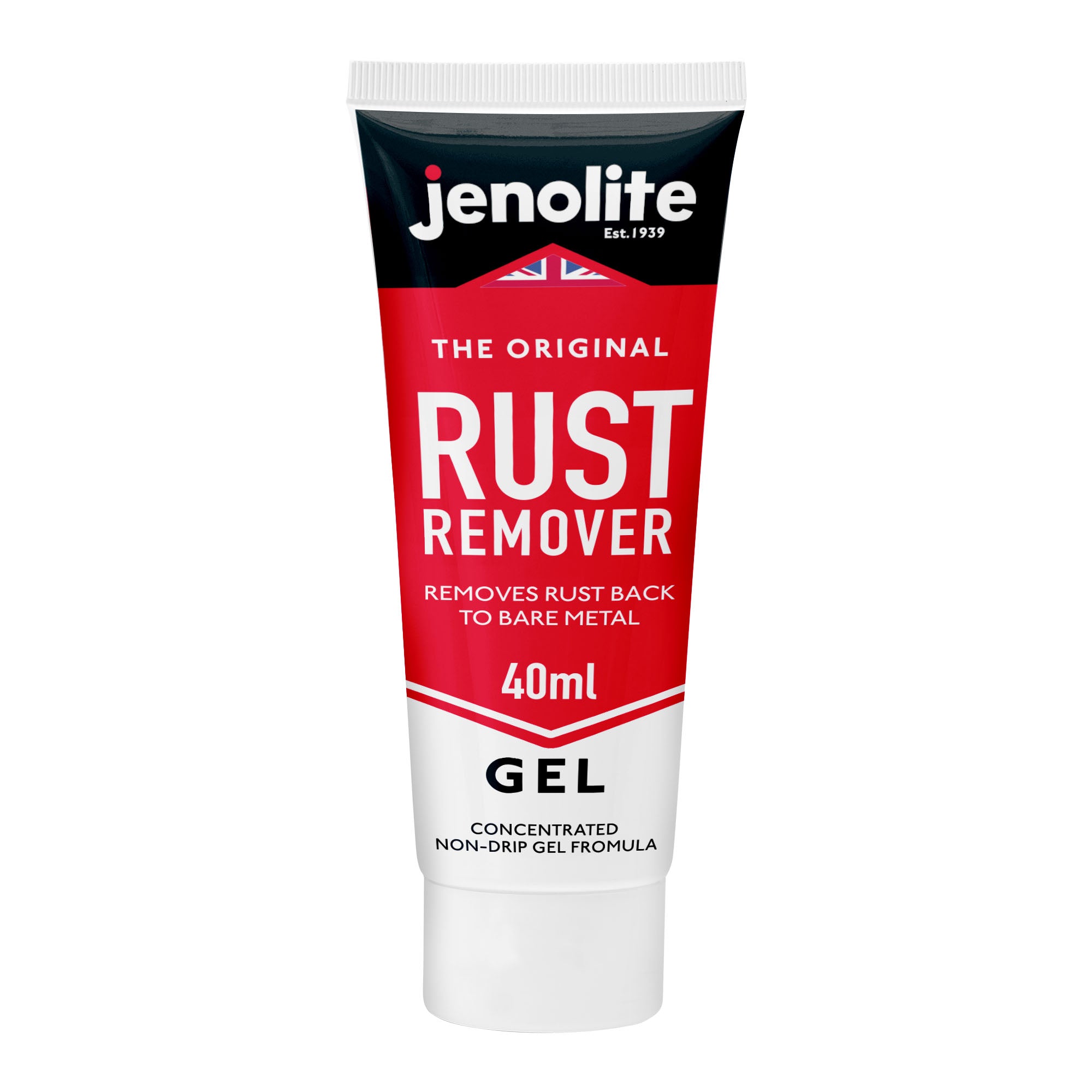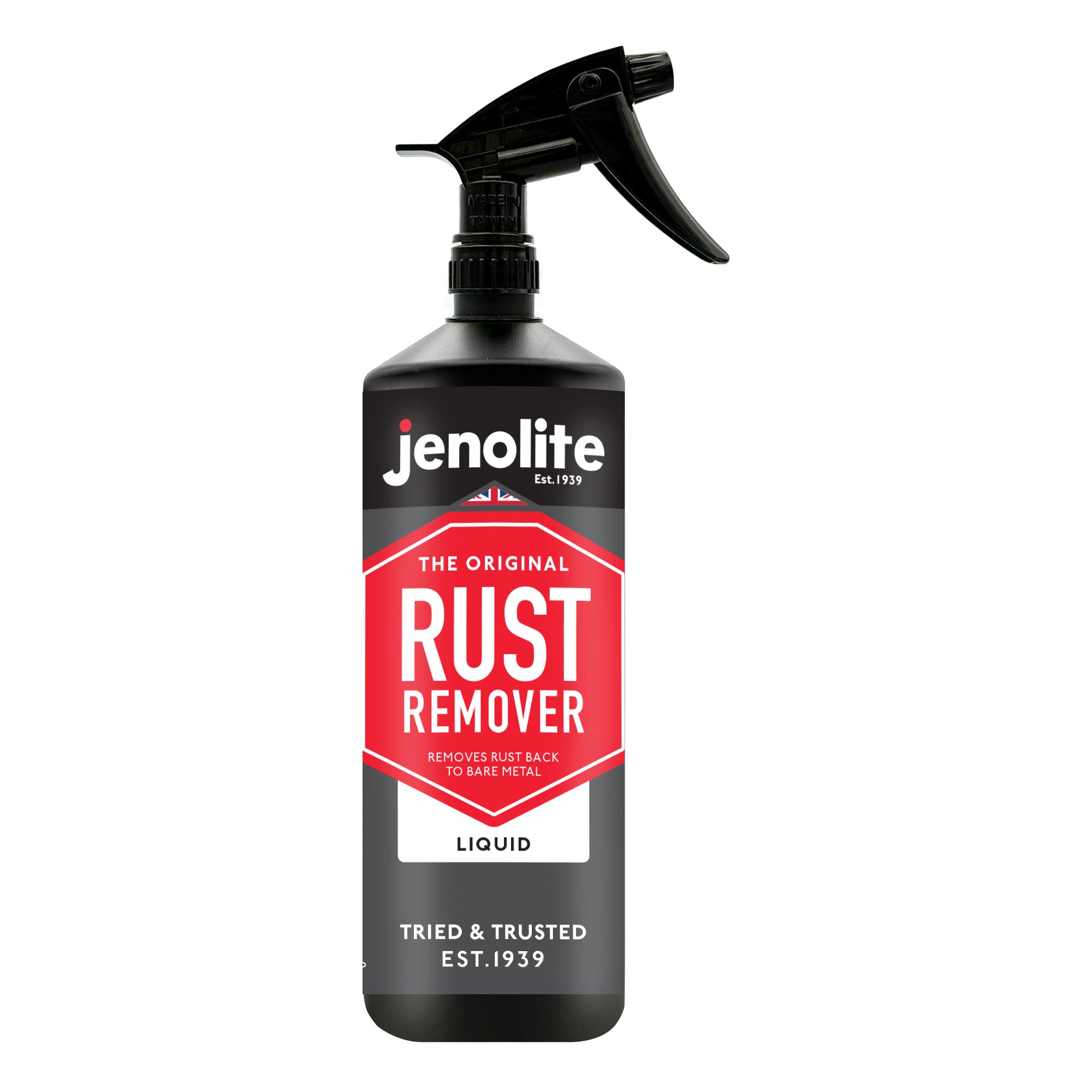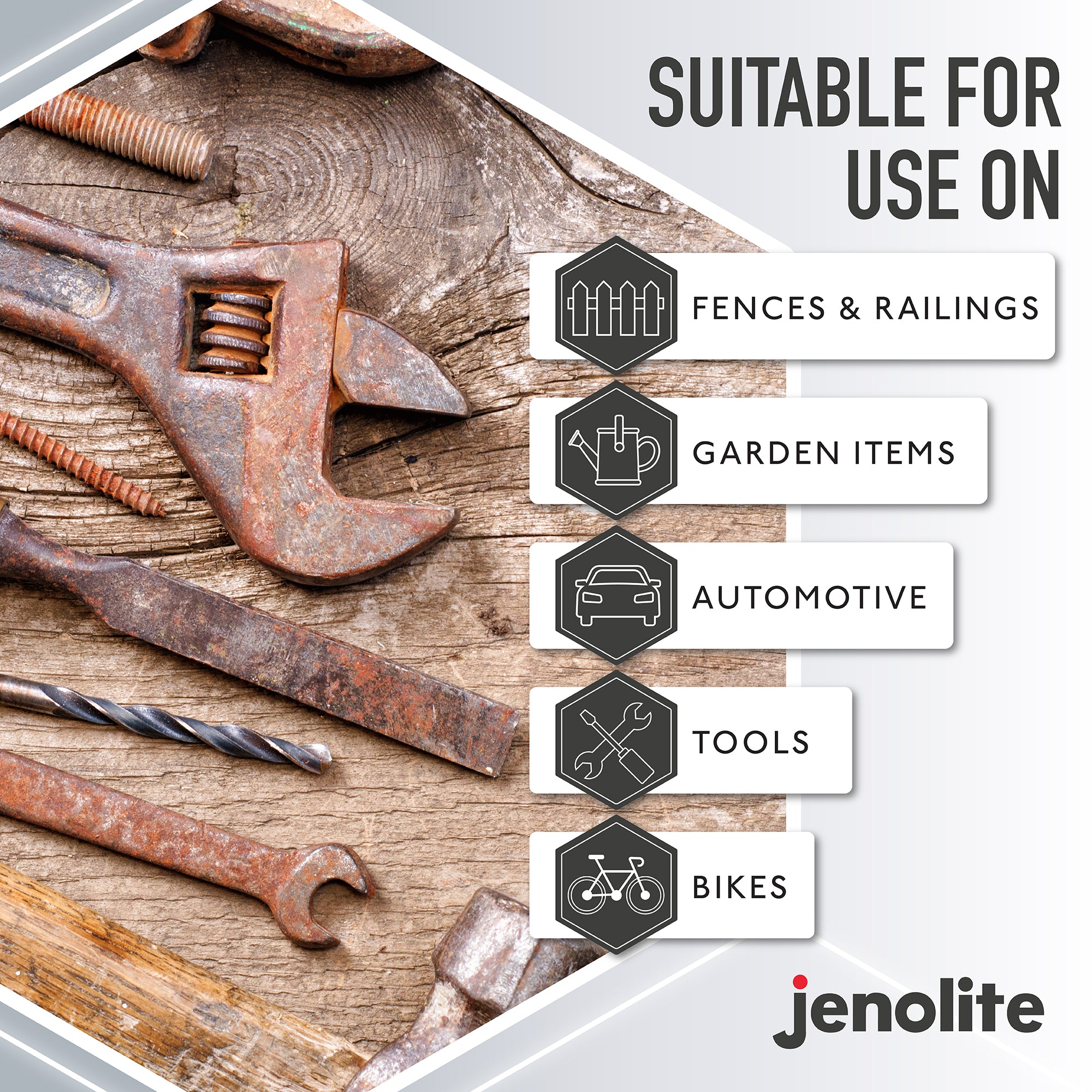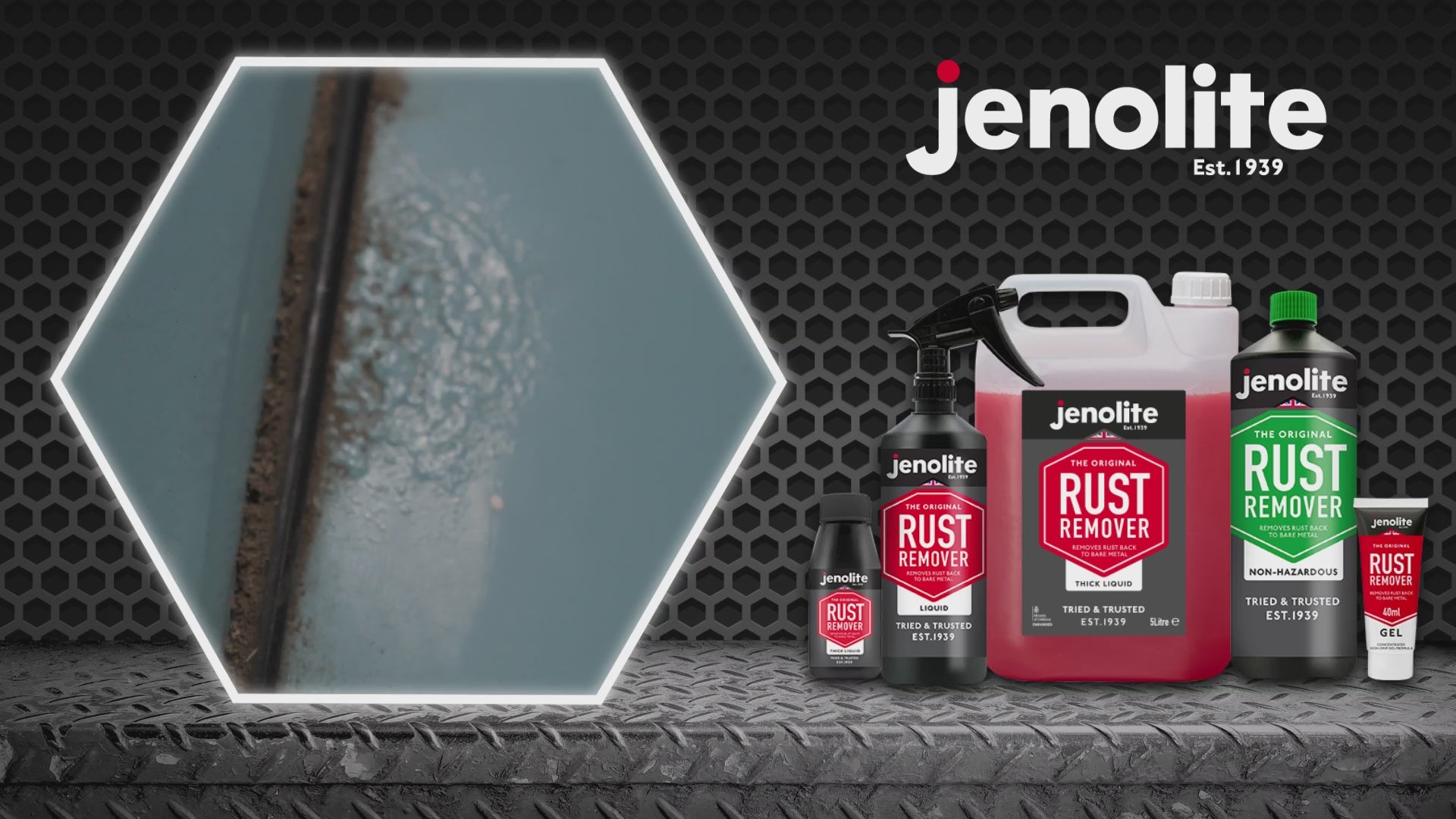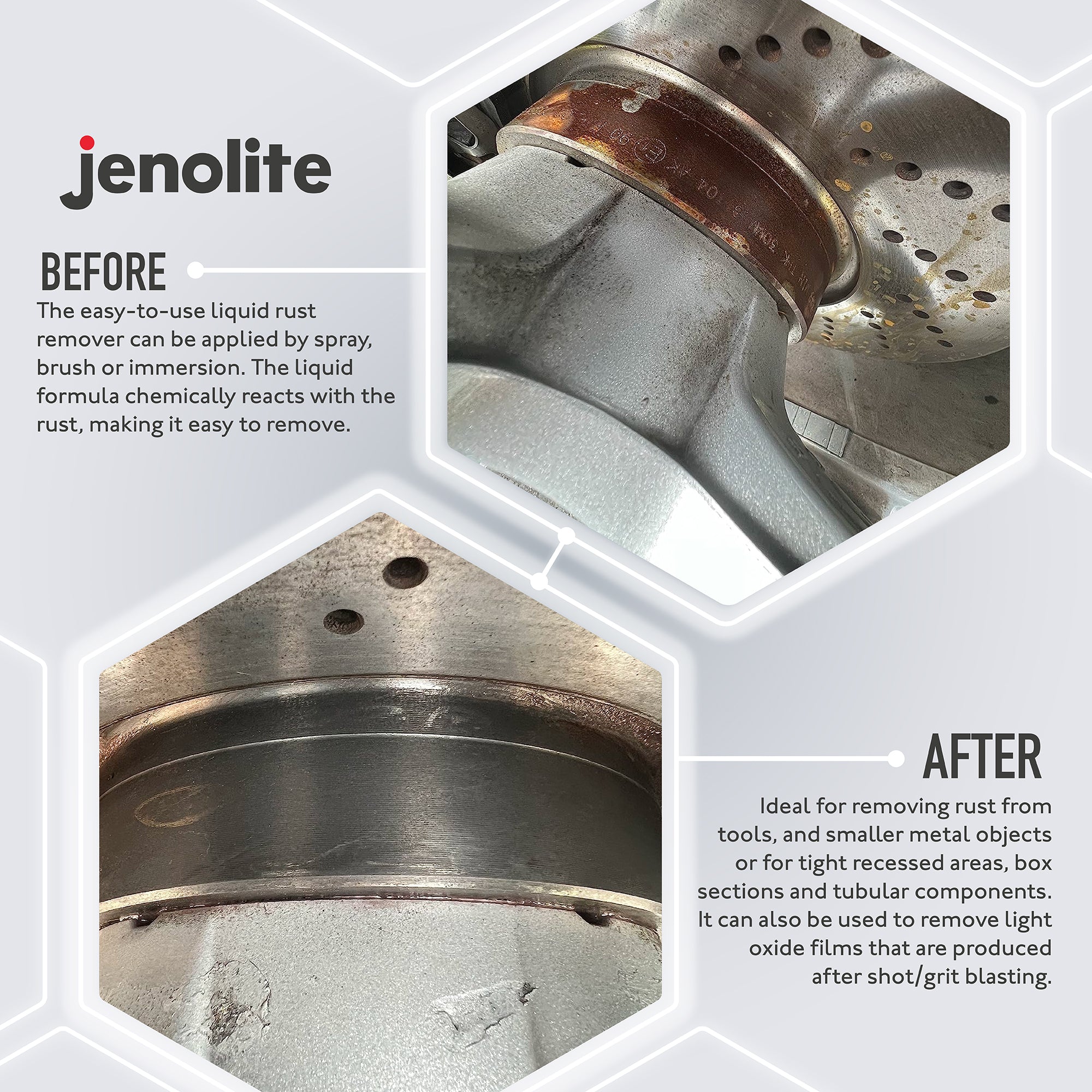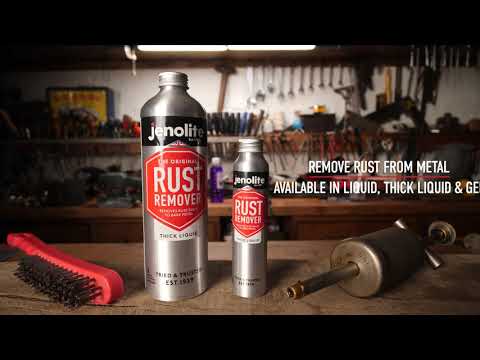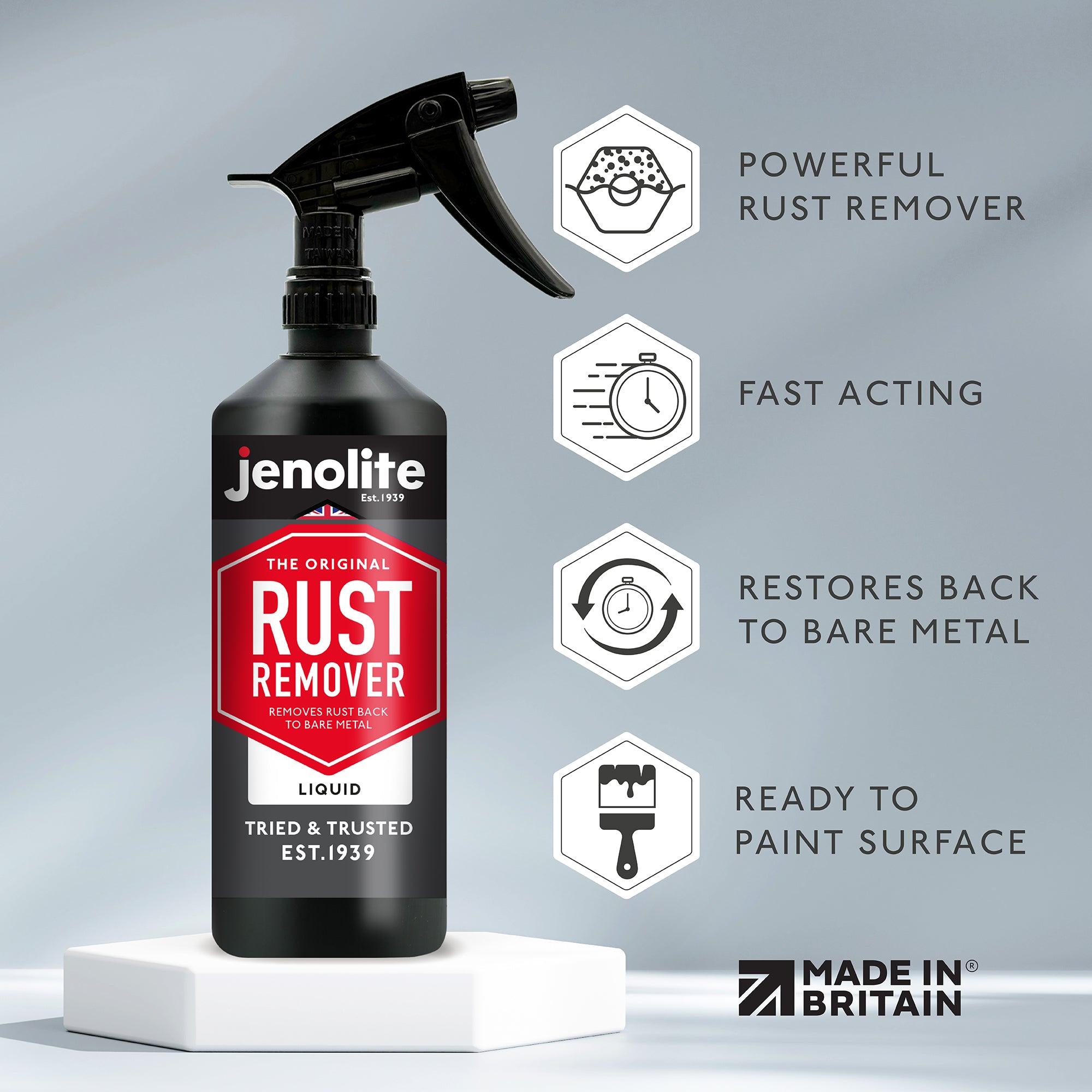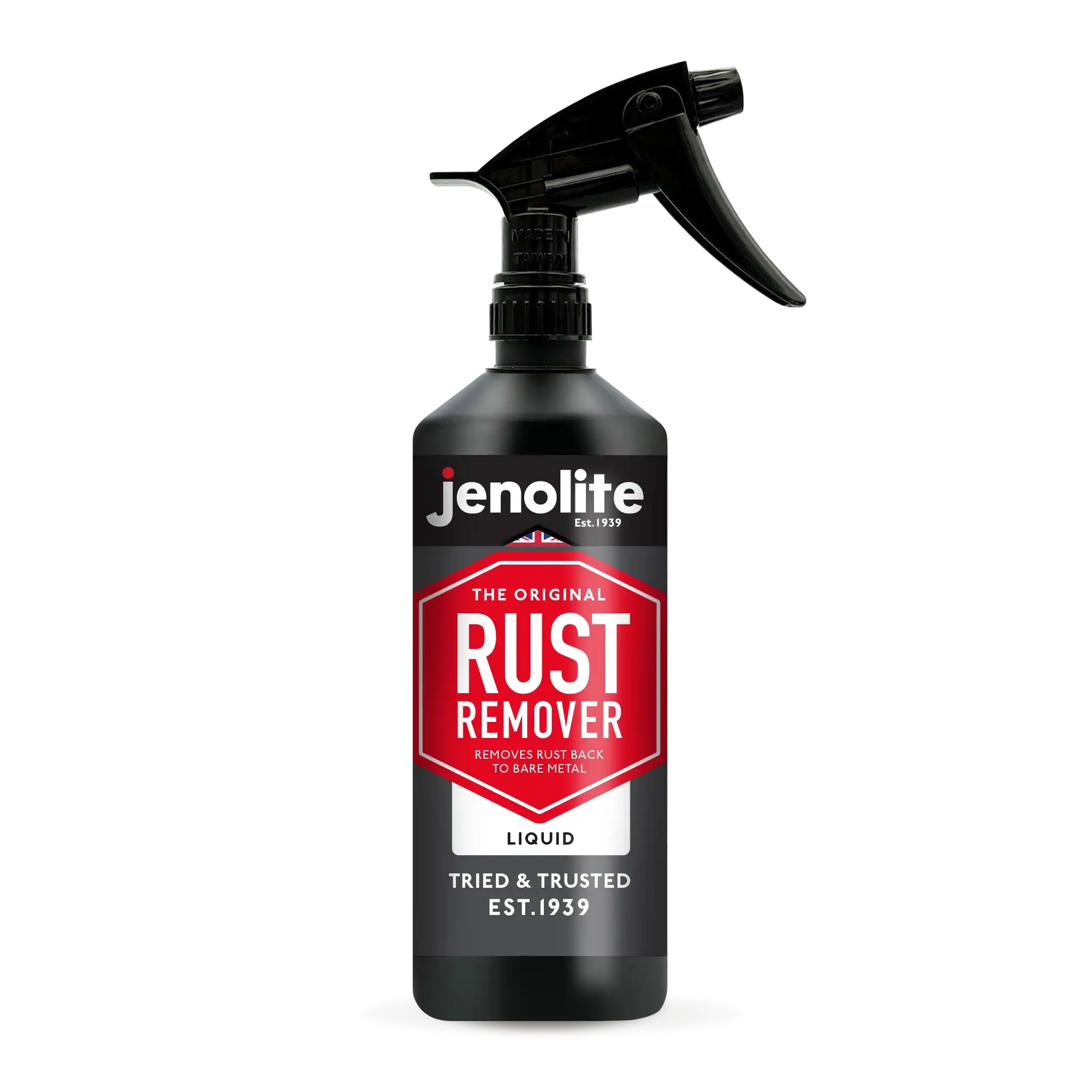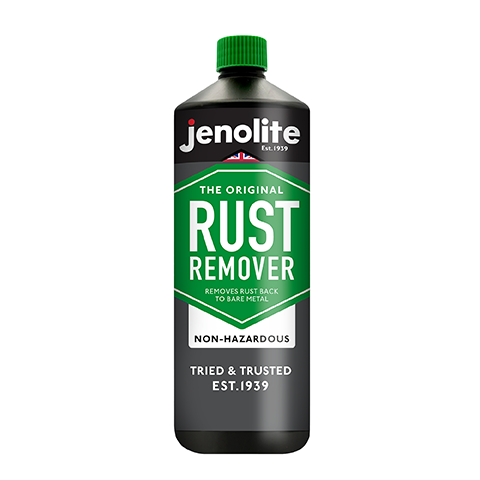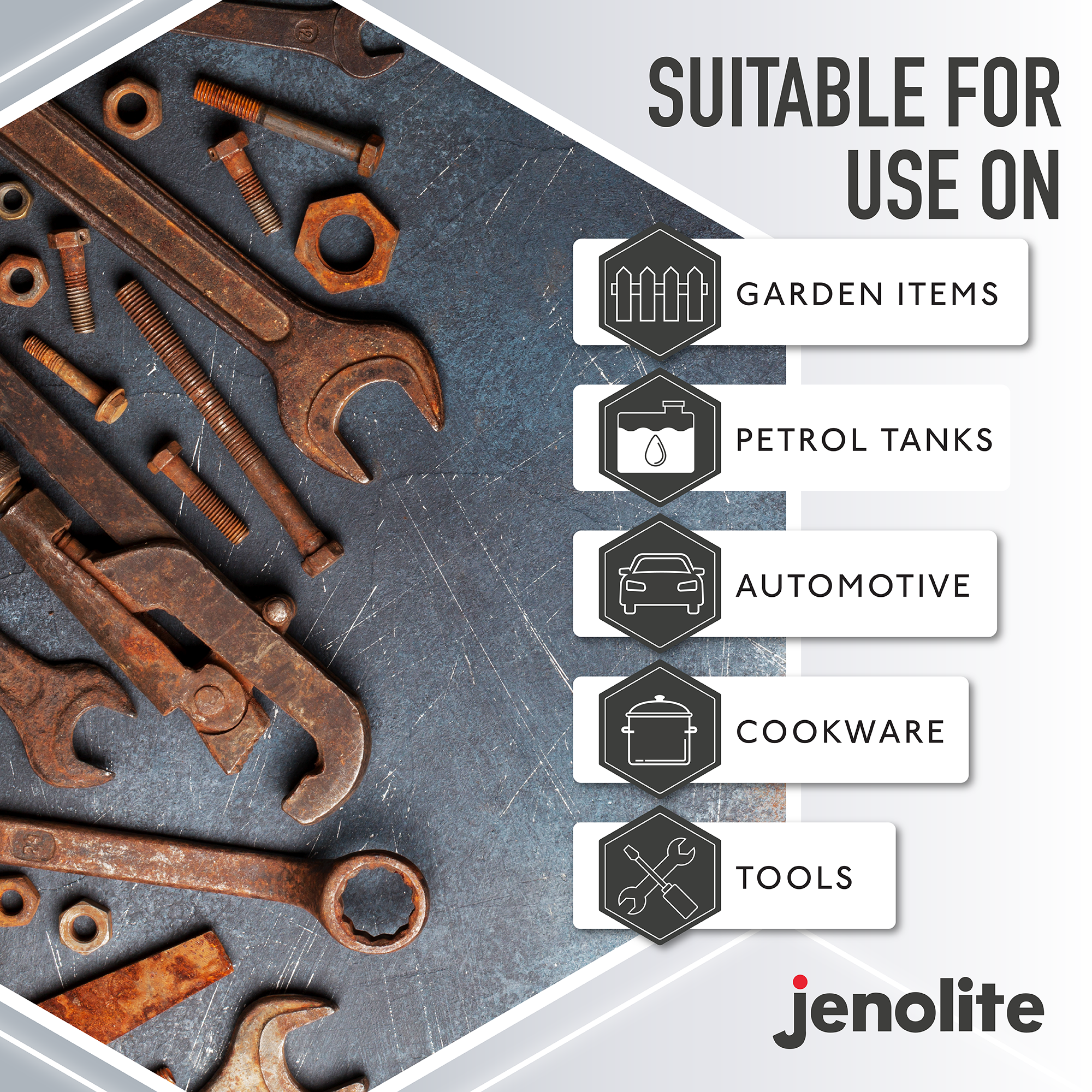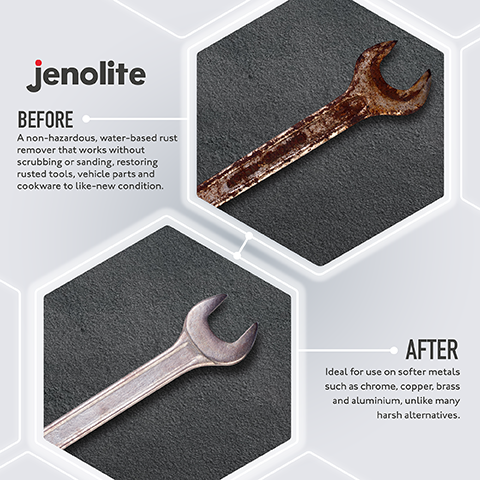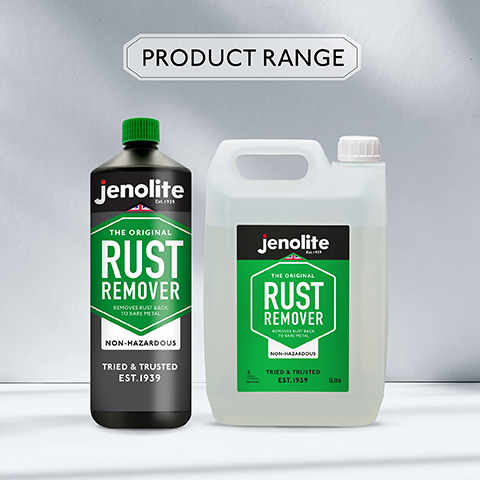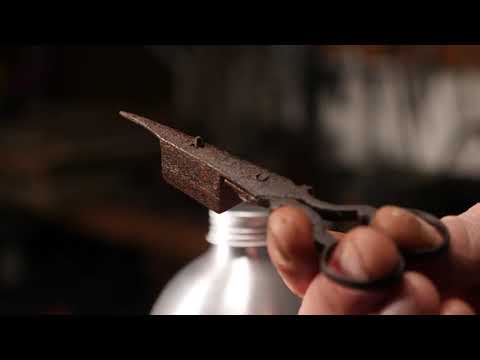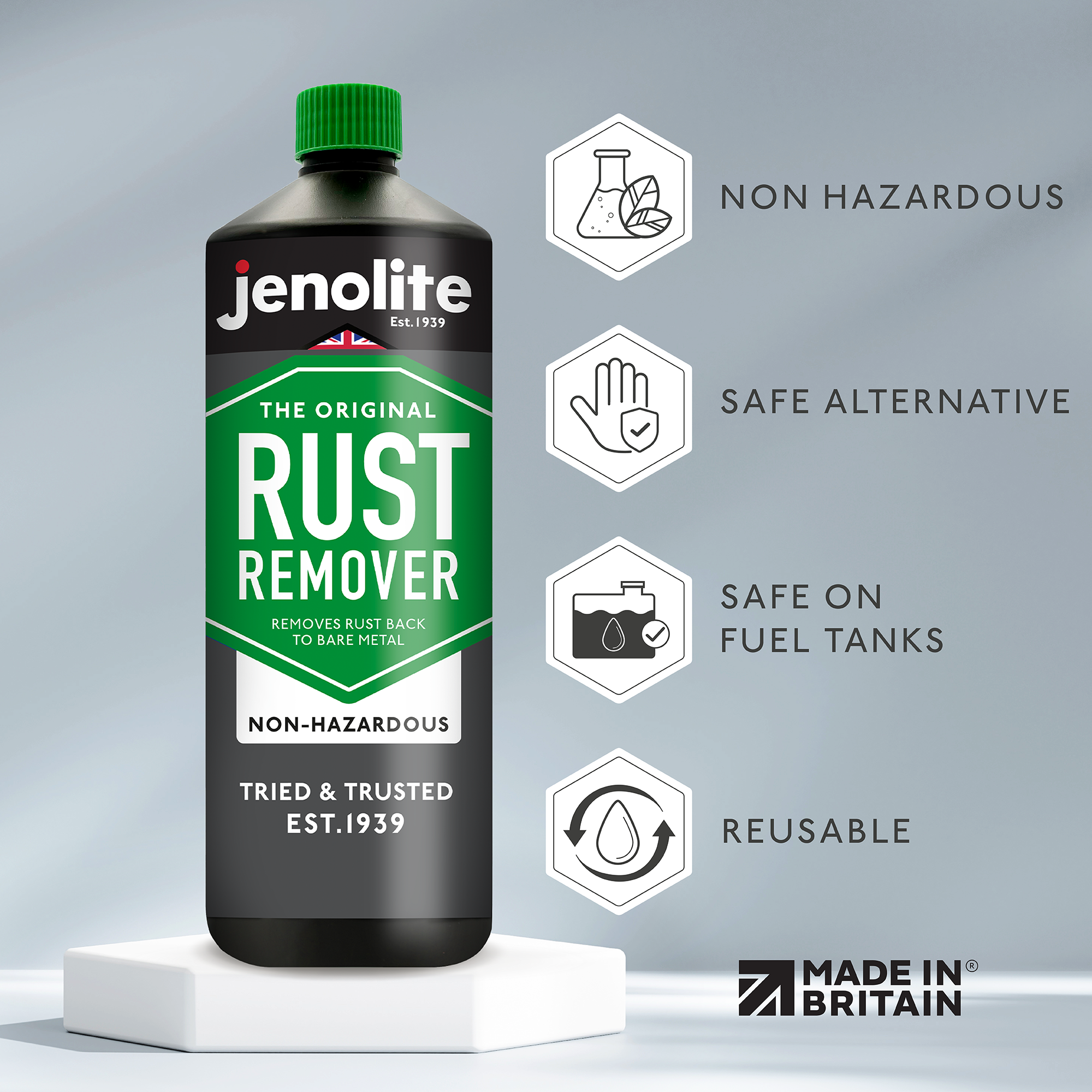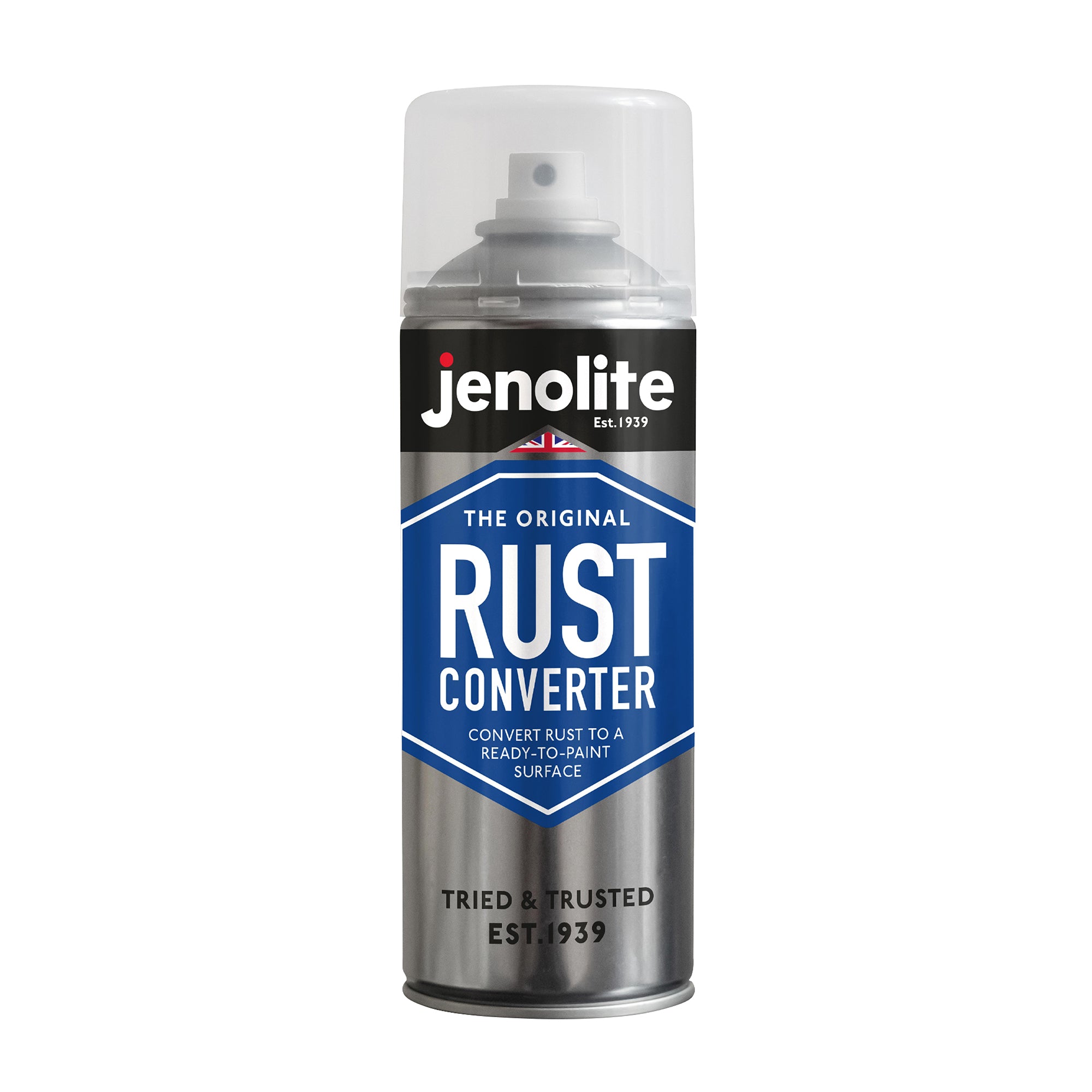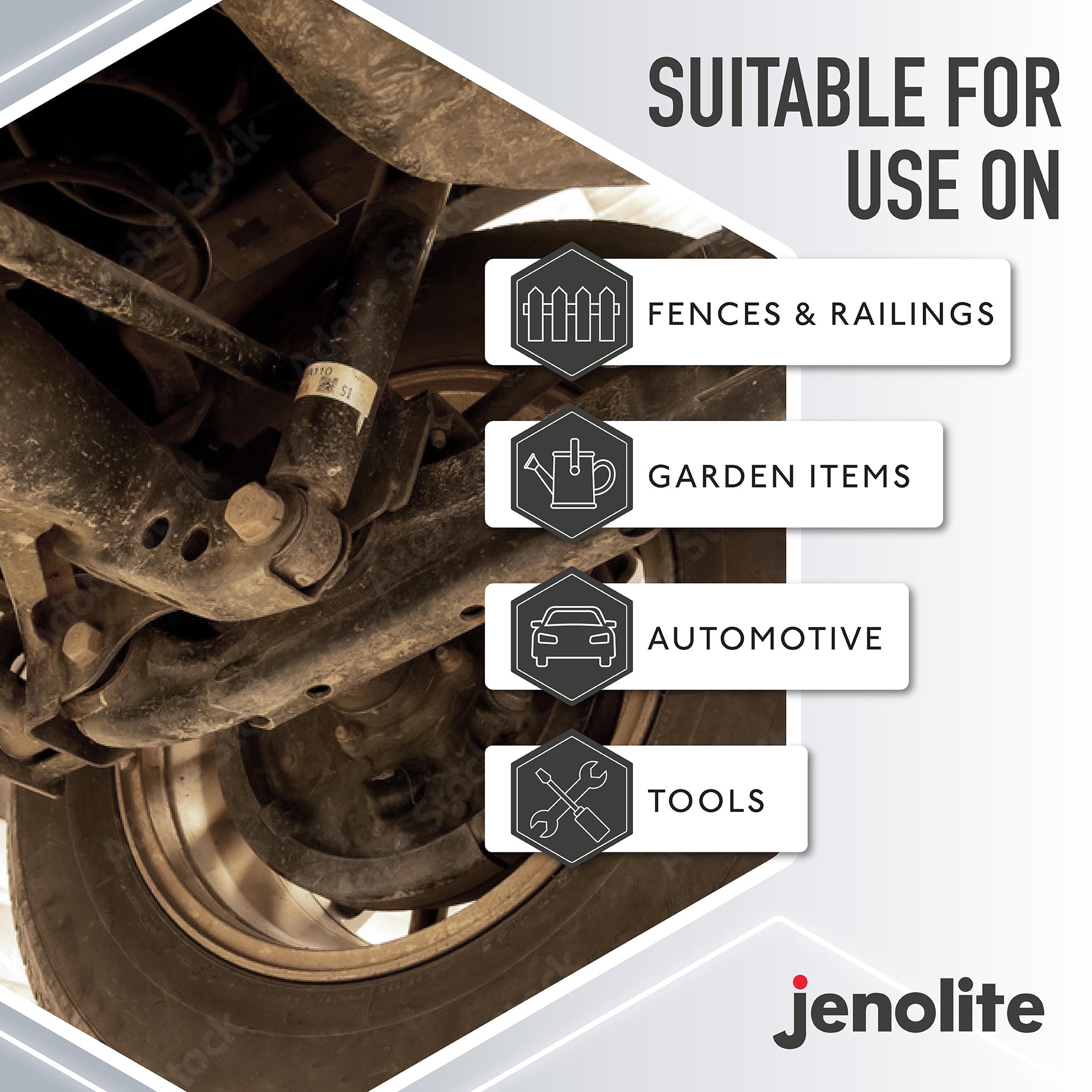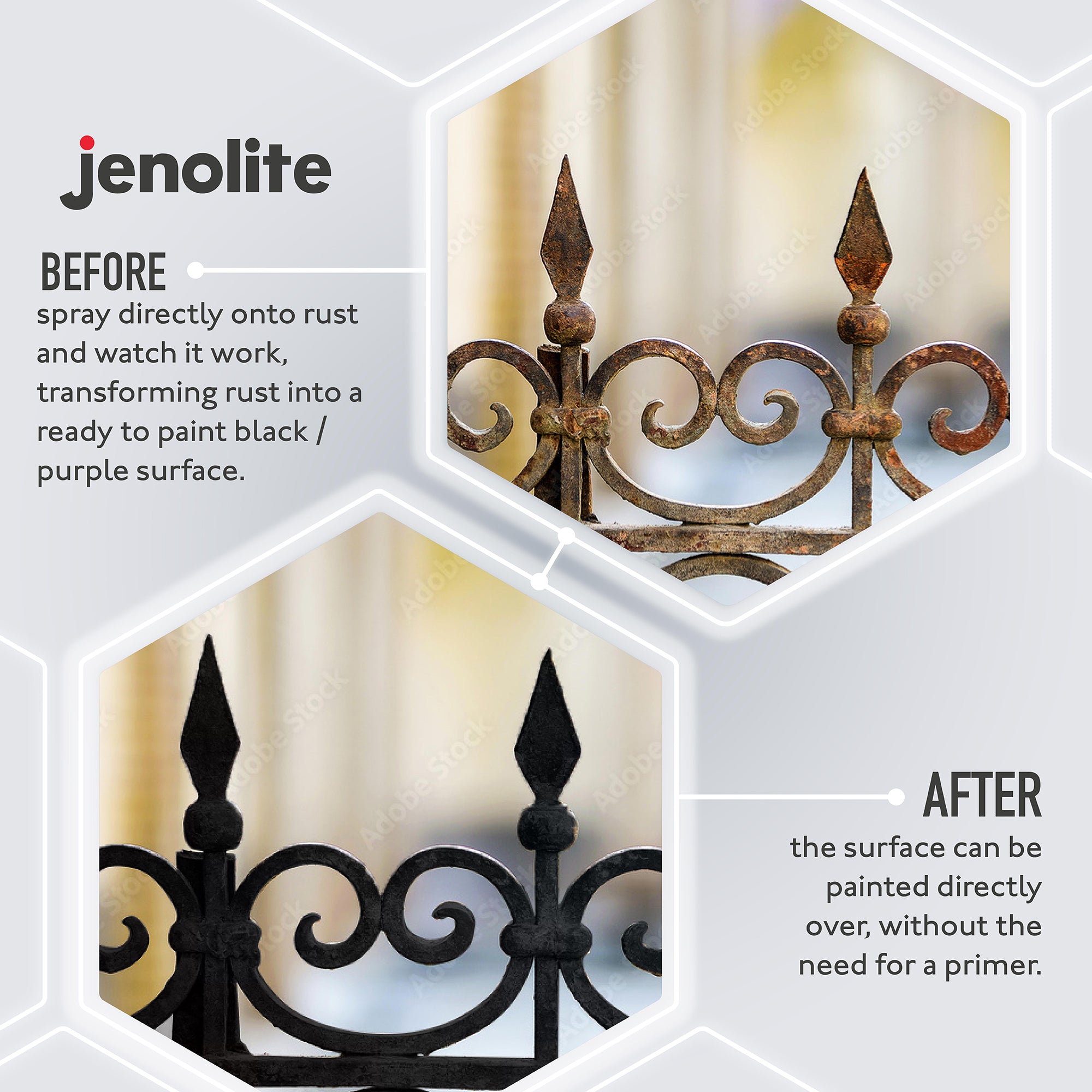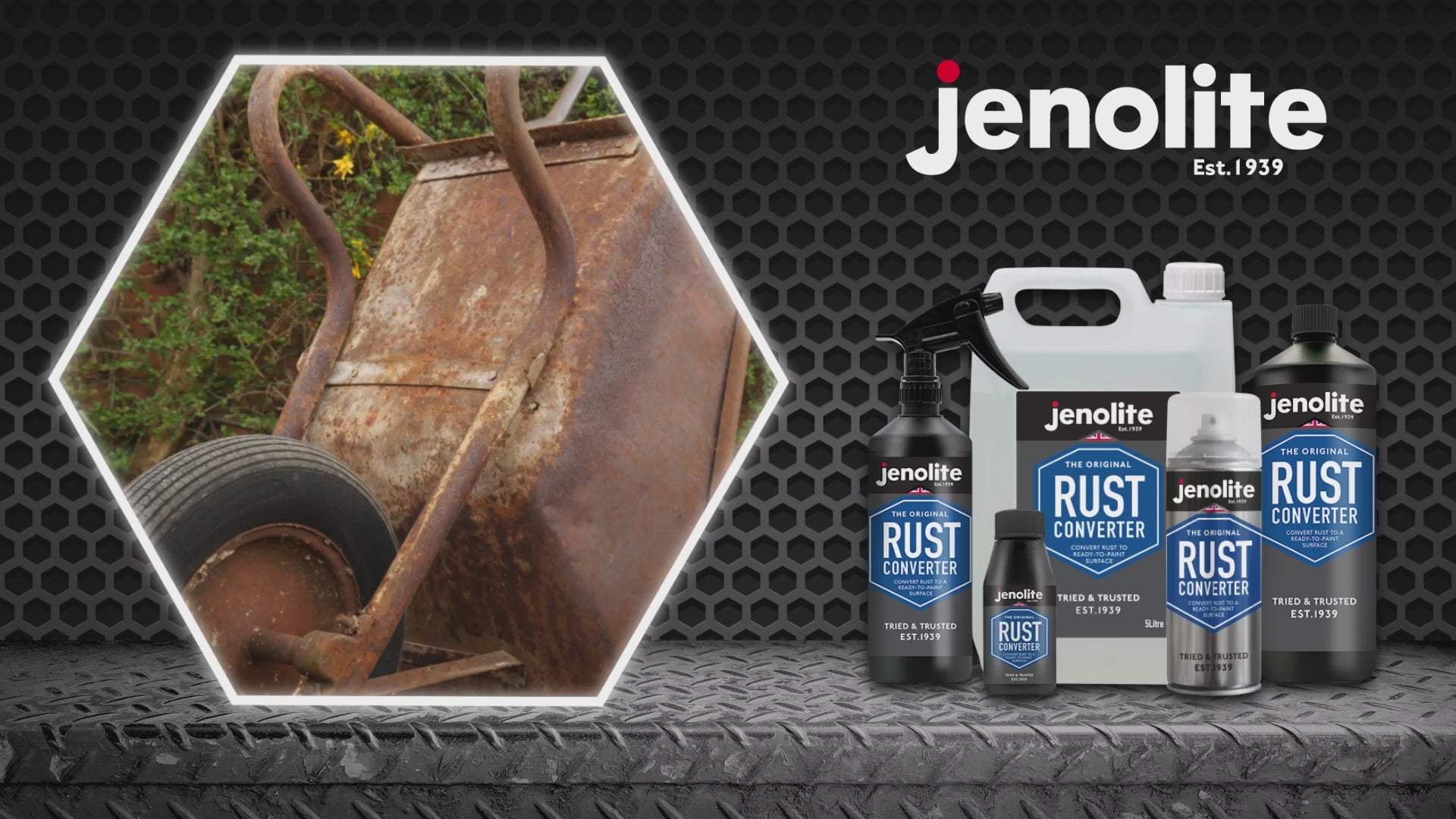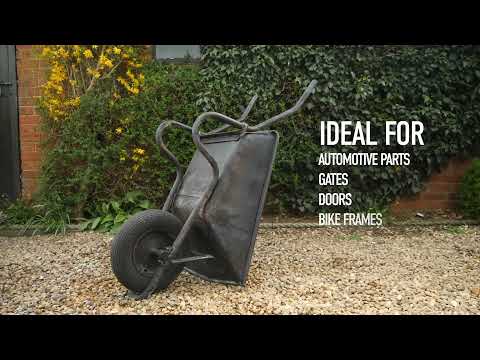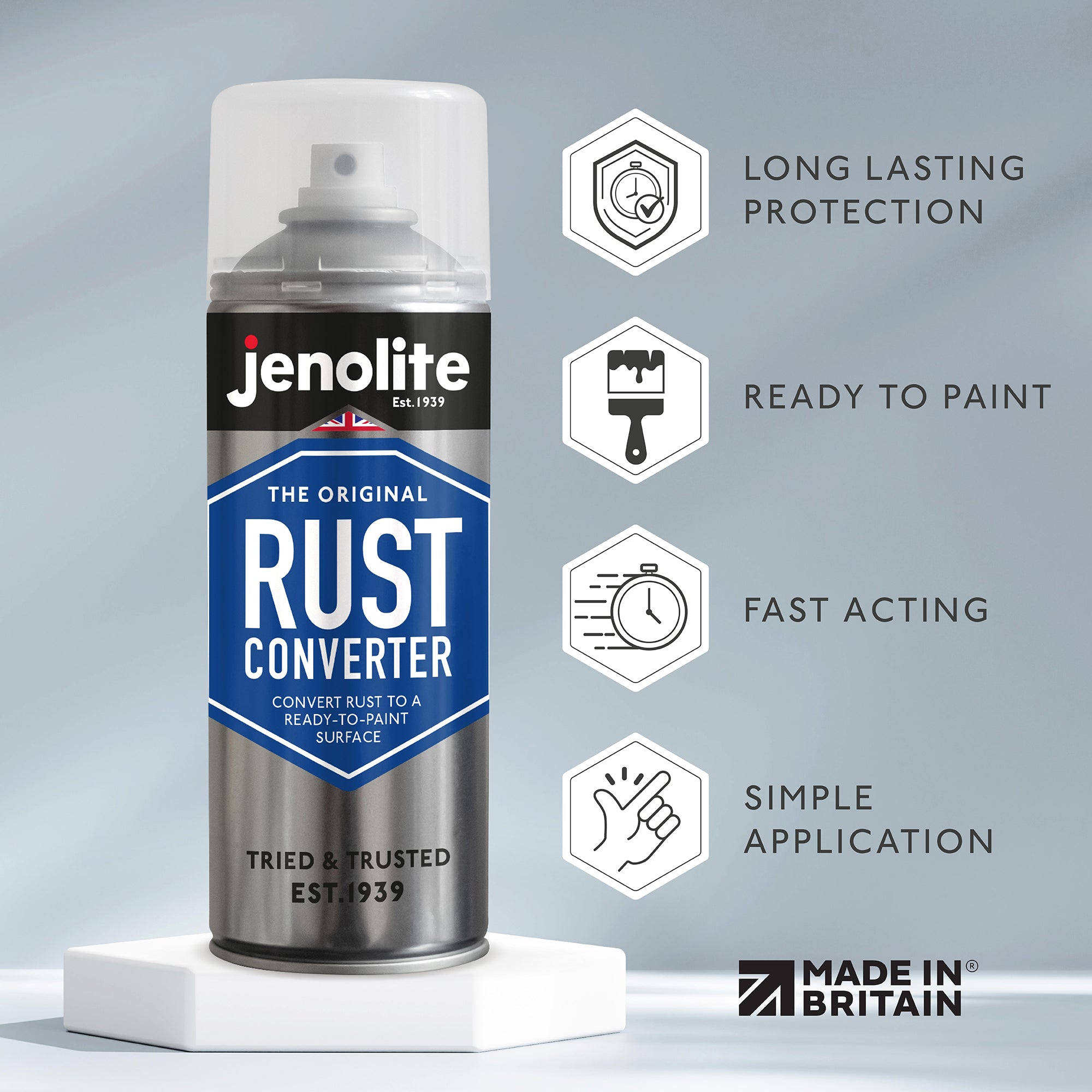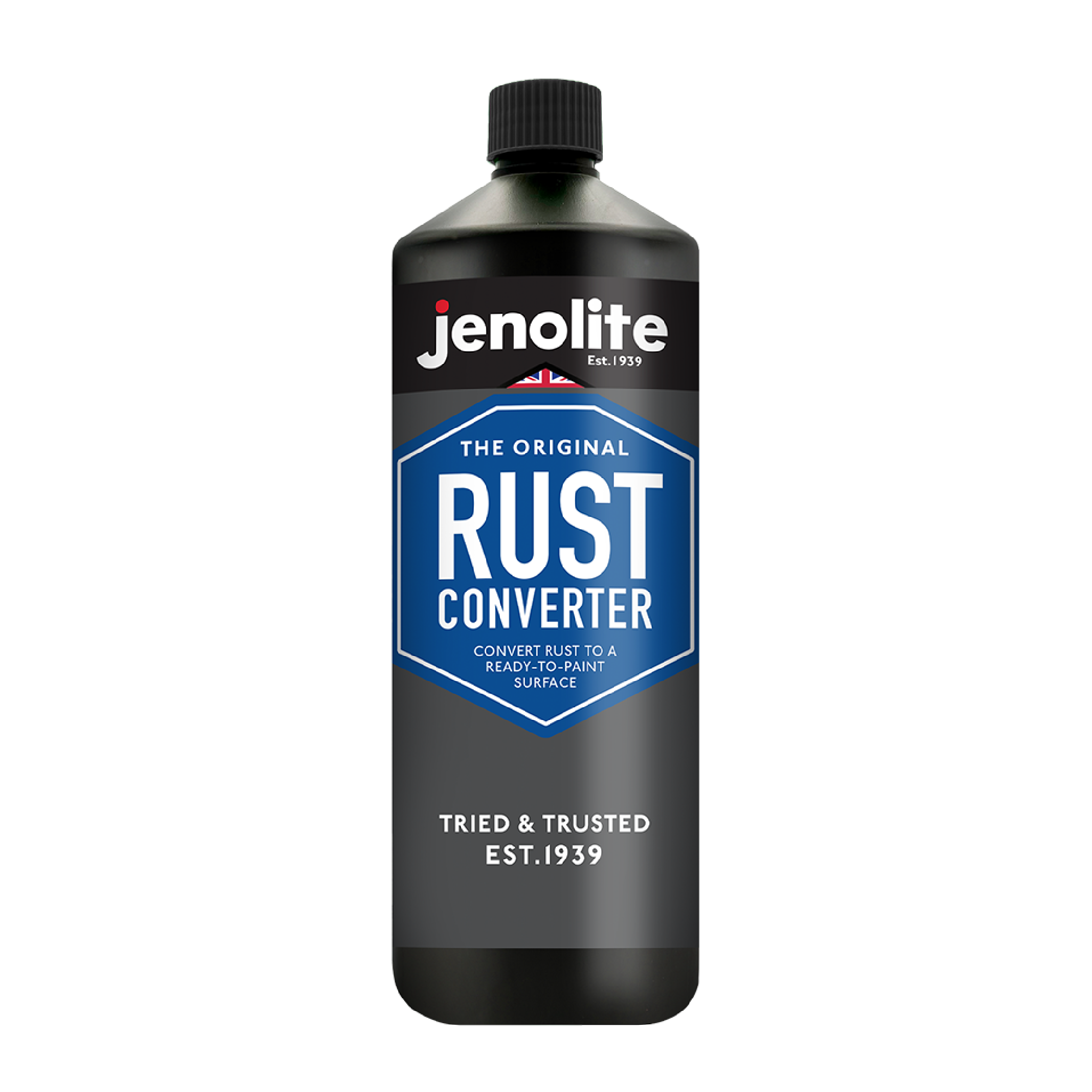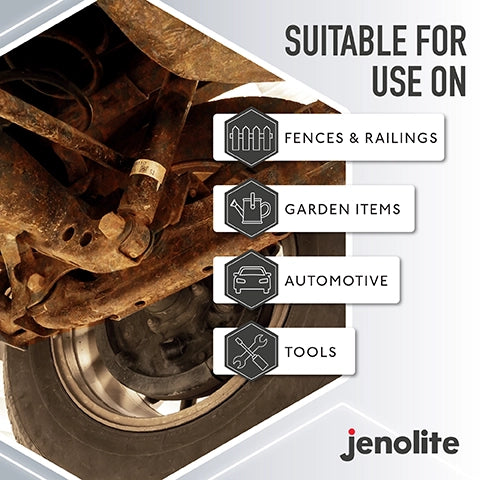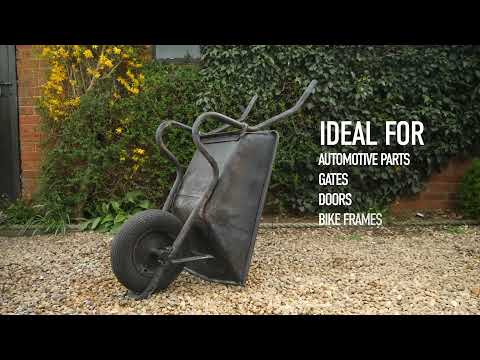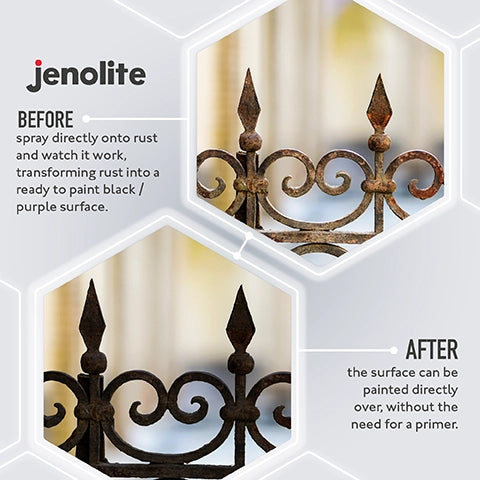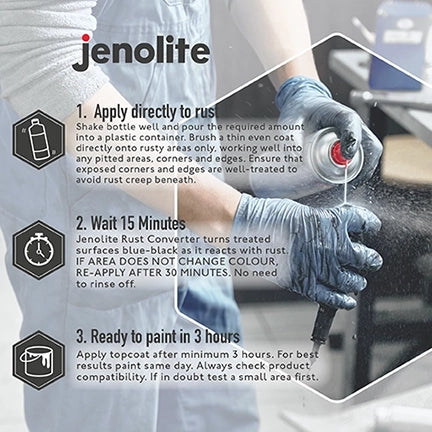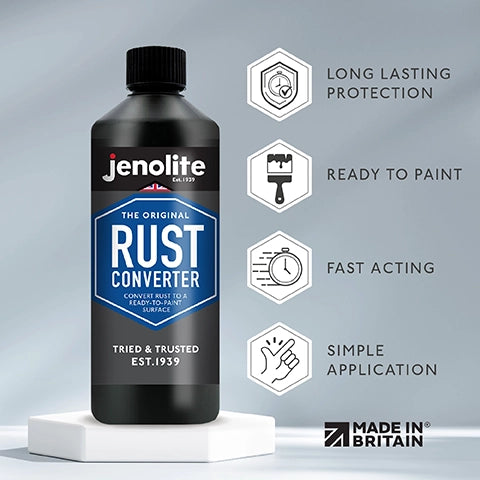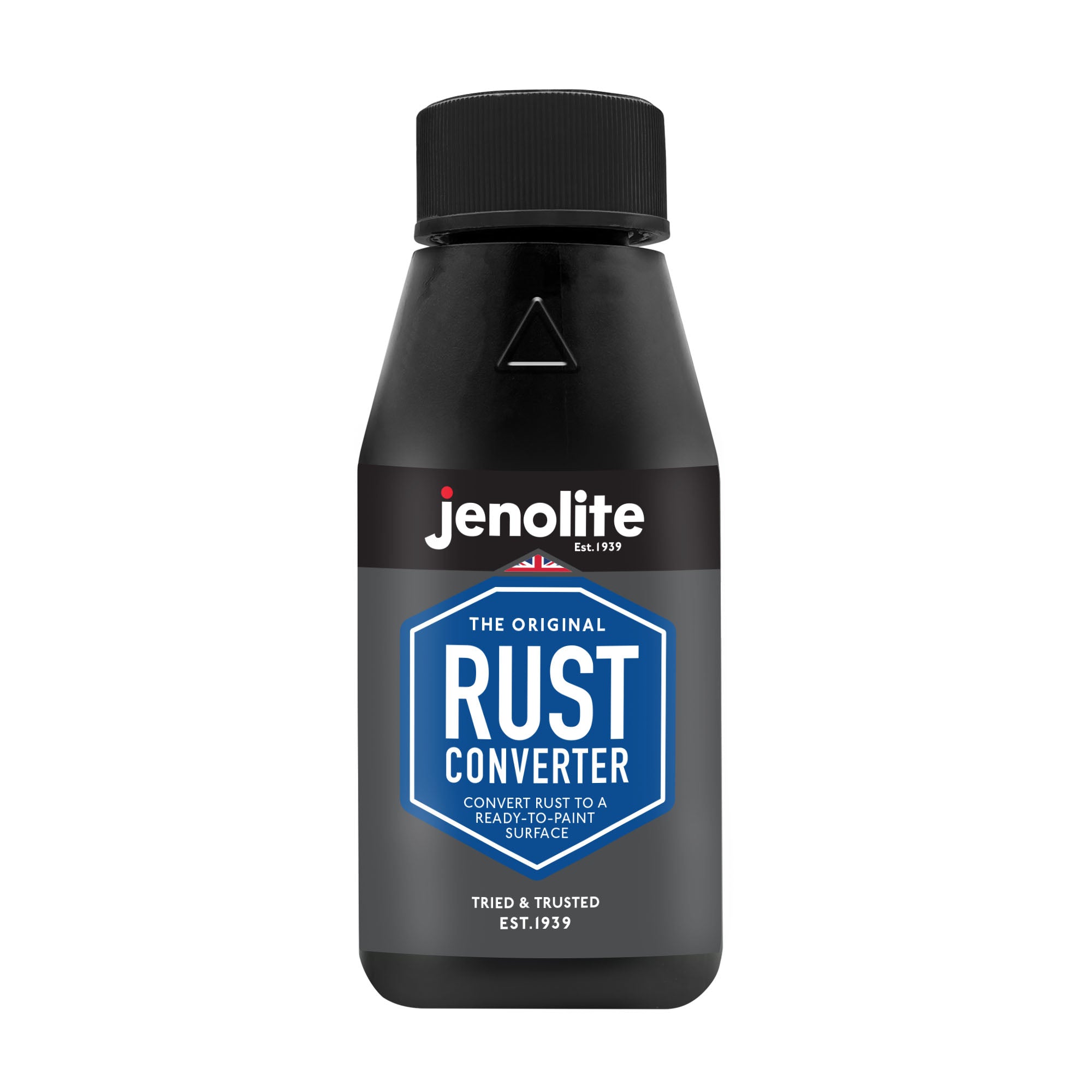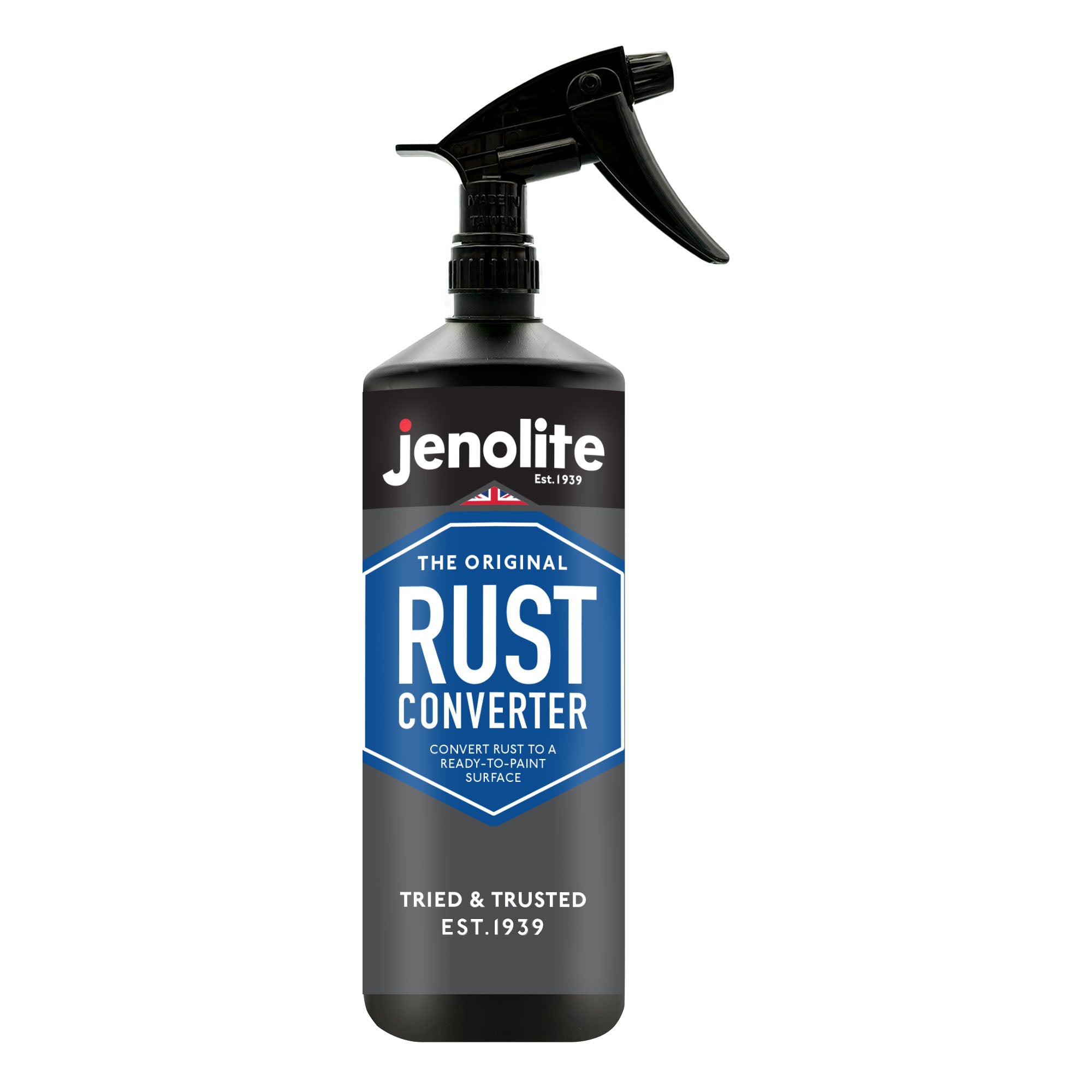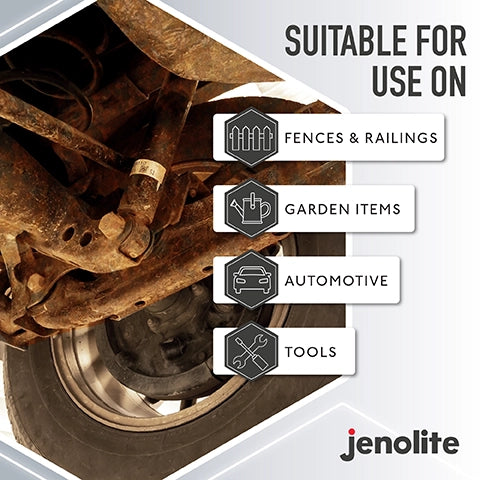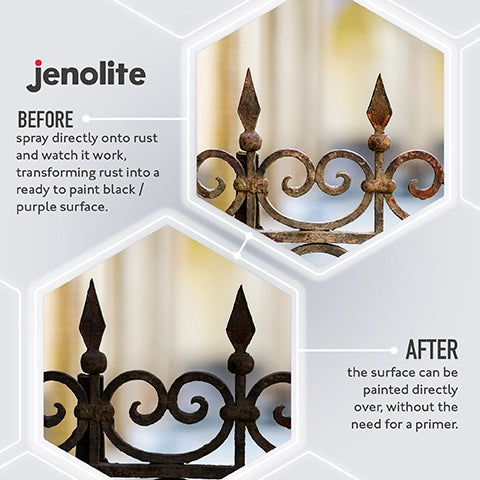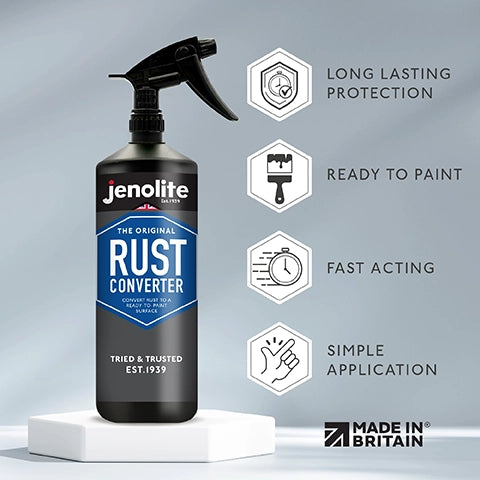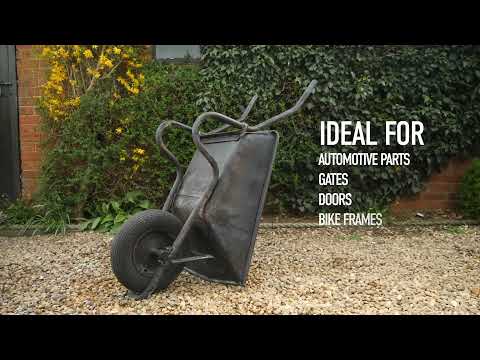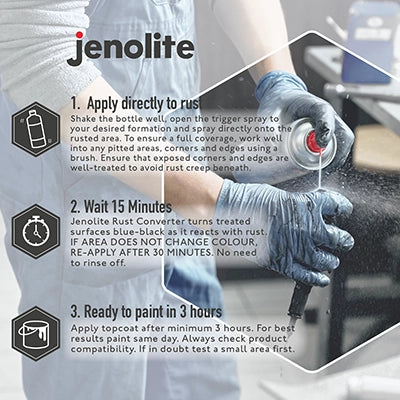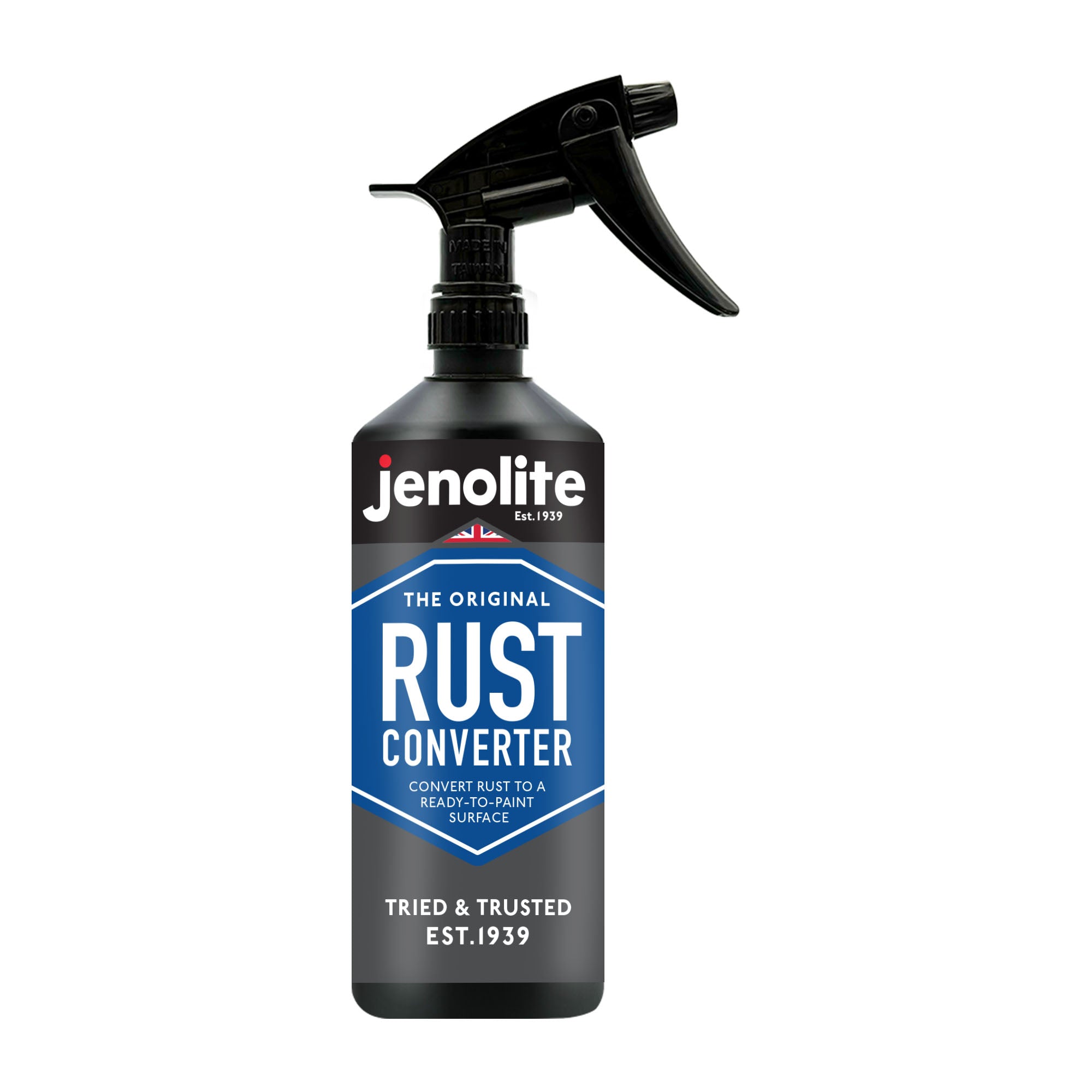Radiators are one of the things in our homes that are most susceptible to rusting, due to the nature of them being full of water and it being heated to very high temperature. This water leaking out can lead to corrosion of the metal, and therefore the formation of rust.
Tackling this rust can seem like a much bigger job than it actually is, and most people will usually just opt for unnecessarily replacing a perfectly good, but rusty radiator. In this blog, we’re going to walk you through how to remove rust from a radiator, restoring it to its original glory.
Clean the Radiator
The first step to removing rust from any radiator is to first clean it with a bucket of hot soapy water and a clean cloth, to remove any dirt, grease or dust that may be lingering. This will interfere with any rust removal process, so we recommend removing this before beginning the rust removal.
Prep the Radiator
The next stage is to prepare the radiator for the rust removal chemicals to be applied. First, place a large sheet beneath the radiator to protect the flooring, whether this is carpet or hardwood. The next step is to pour a good amount of Jenolite’s Rust Remover Gel into a plastic container, and then using a paint brush, spread the gel onto the radiator, paying most attention to any areas significantly affected by rust.
This gel will react with the rust, and work to remove it. Keep brushing the gel into the rust until it has turned into a dark grey colour, and then leave it to react for half an hour, before rubbing both the gel and the rust away in one go using a clean, lint-free cloth.
Once you have removed the gel, the radiator will be ready for priming, and also be ready to be painted with a direct to rust Radiator Enamel Paint Aerosol Spray.
Prevent Radiator Rust
The final step is learning how to prevent your radiator from rusting in the future, and making sure this rust removal process was just a one time thing. Here are our three top tips for preventing radiator rust:
- Flush your radiator out of any debris, as this can cause corrosion and rust to appear. This should be done when first installing a new radiator, but can be done to existing ones as well.
- For an extra layer of protection, apply an Anti-Rust Primer to your radiator, such as Jenolite Anti-Rust Primer. This gives it an extra layer of protection before you apply the radiator enamel top coat, and helps slow down the corrosion process, giving a longer lifespan to your radiator.
- Routinely bleed your radiator, keeping the water flow stable and not letting old water sit in it for too long.
We hope that this blog post has been useful for helping remove rust from your radiator. If you need any advice, get in touch with us and we'd be happy to help. And if, after all this, you find yourself in that rare situation where your radiator can't be salvaged, you can always invest in a fancy new radiator!
Top tip: If your radiator knob has rusted stuck, use some Jenolite Silicone Spray to loosen the handle and encourage smoother, easier turning.
Rusty tools? How to clean them

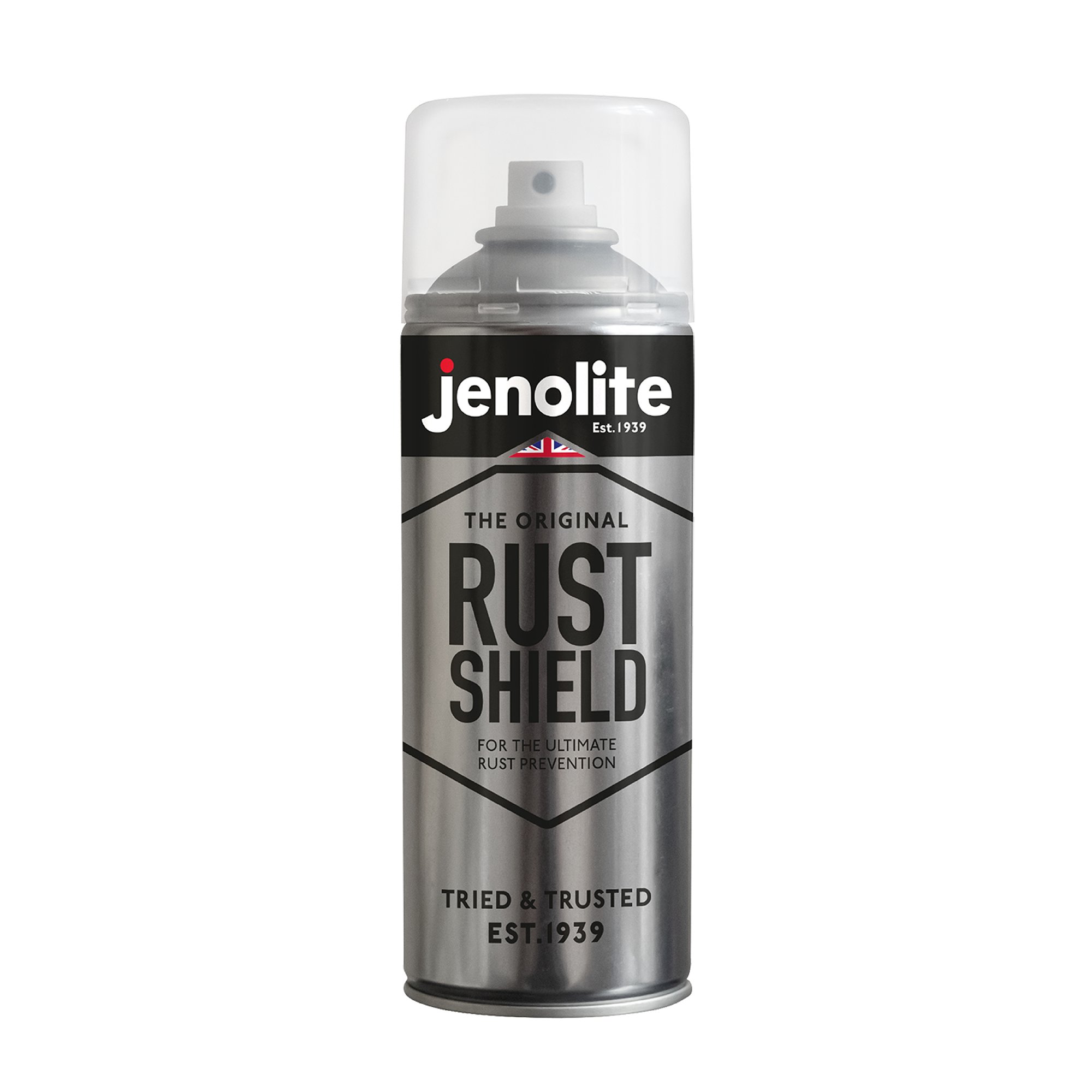
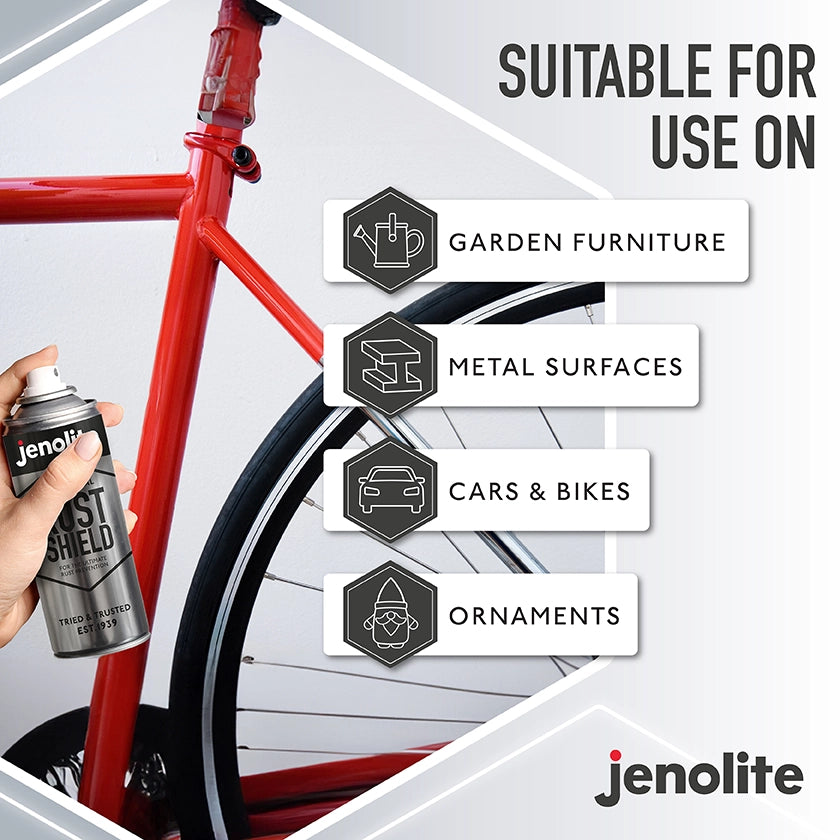
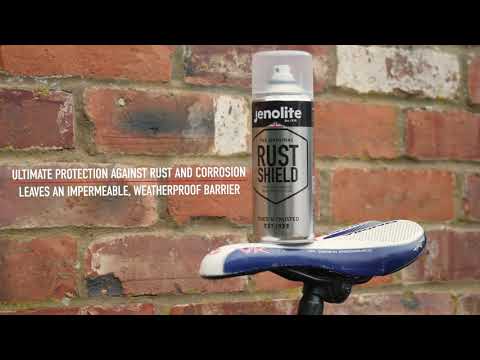
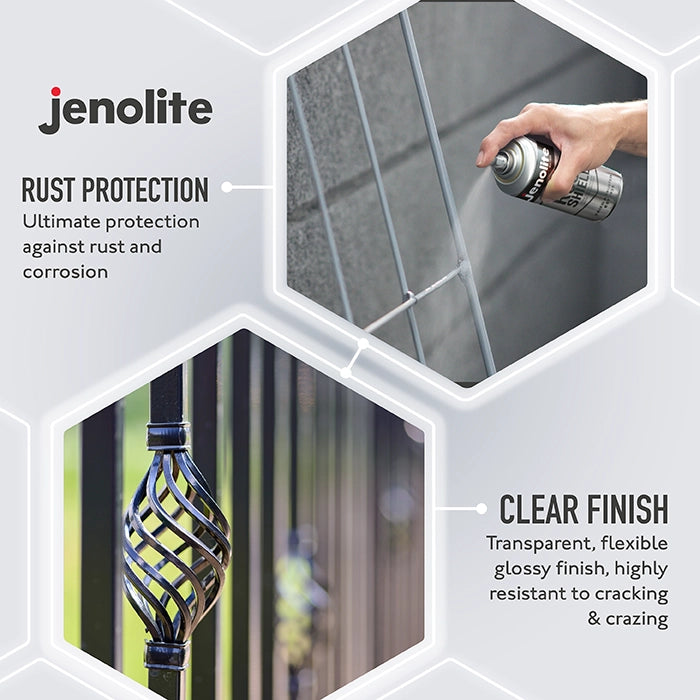
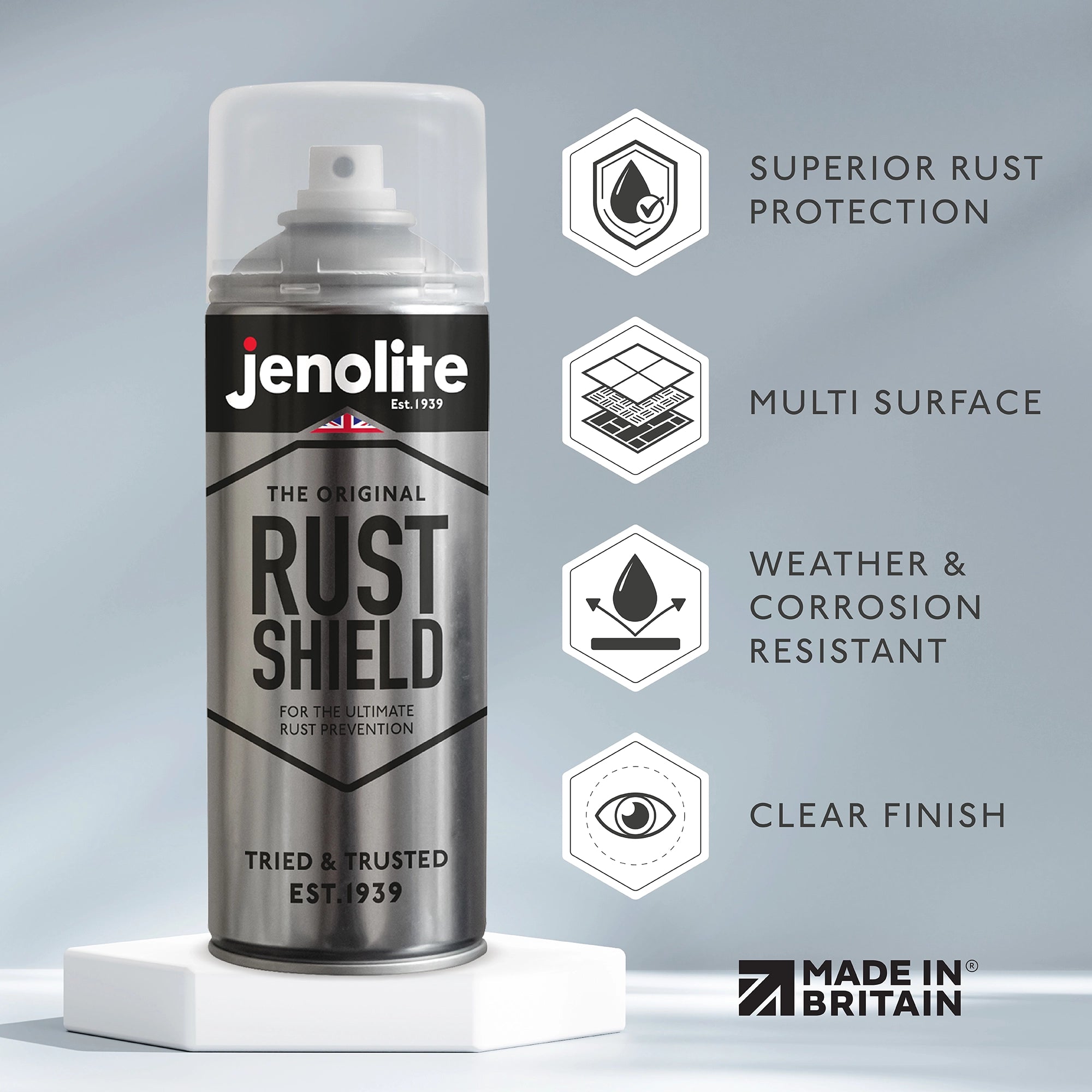
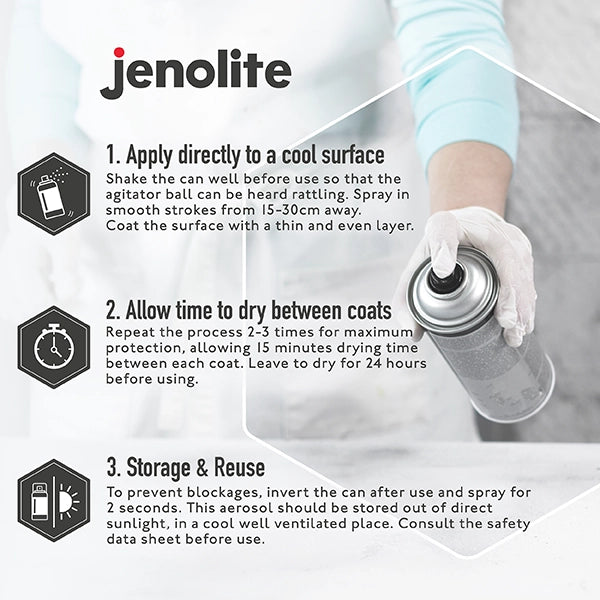
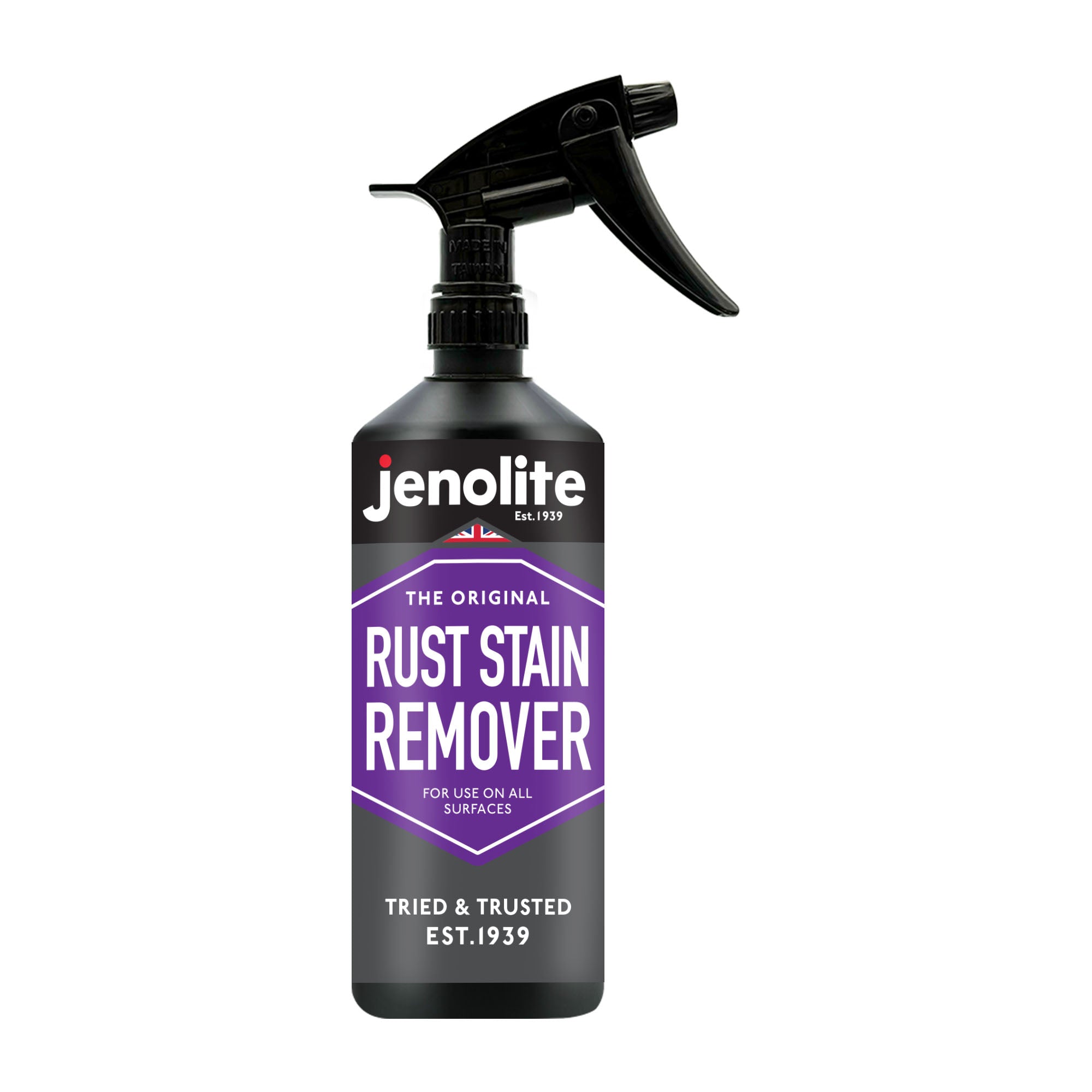
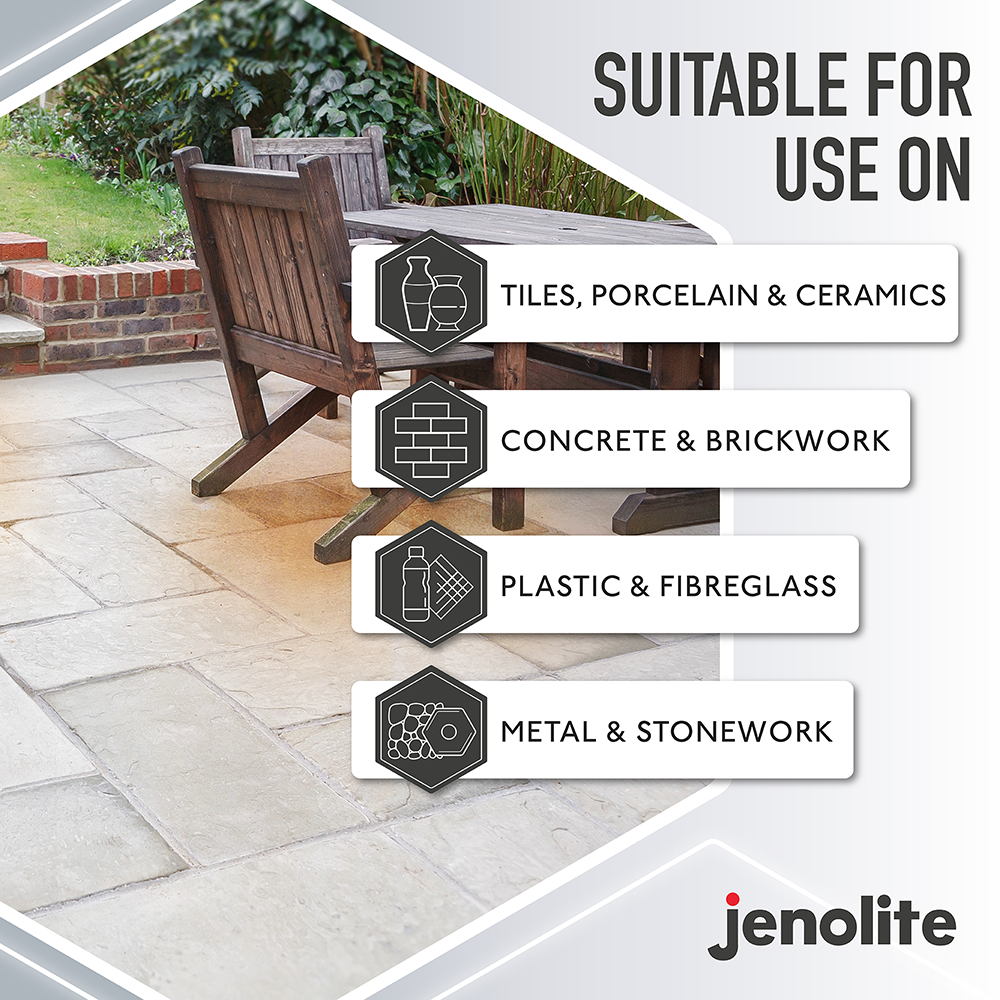
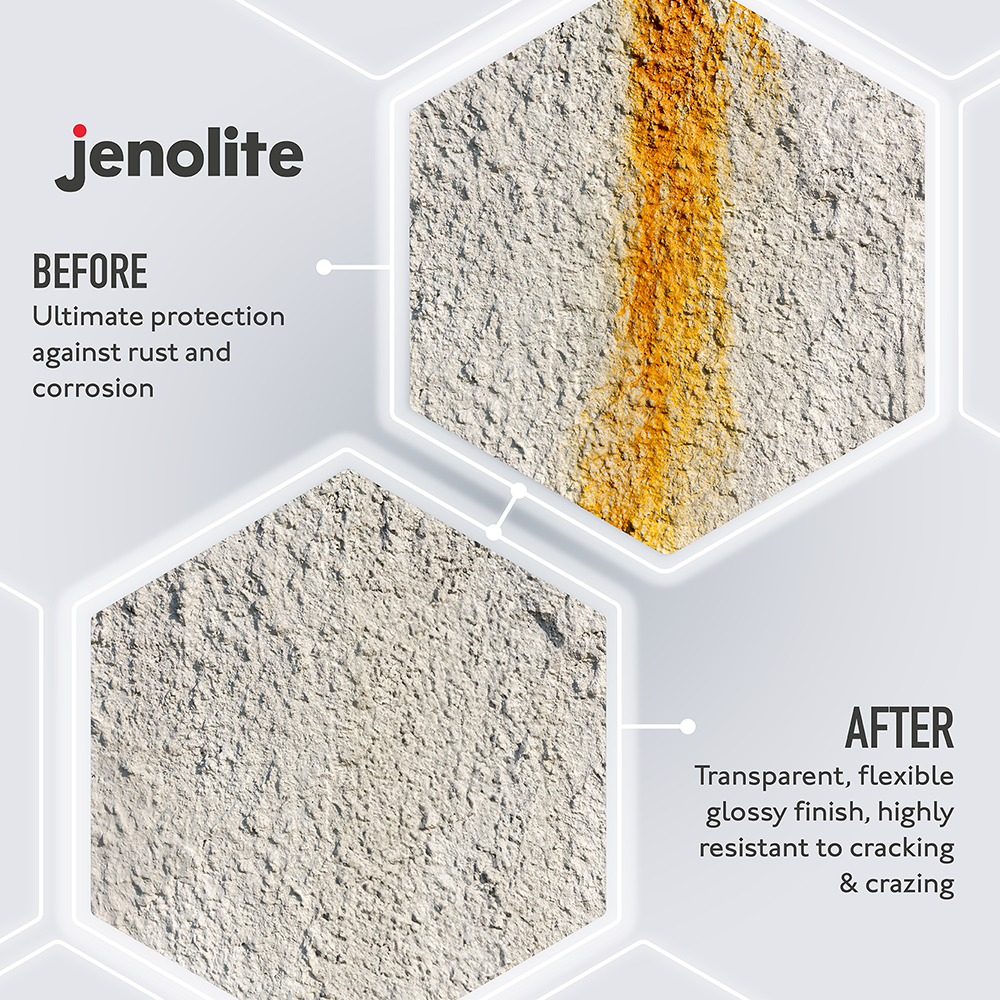
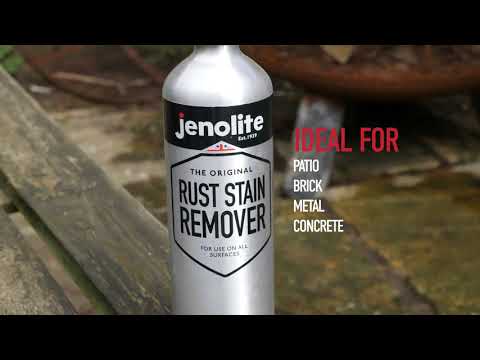
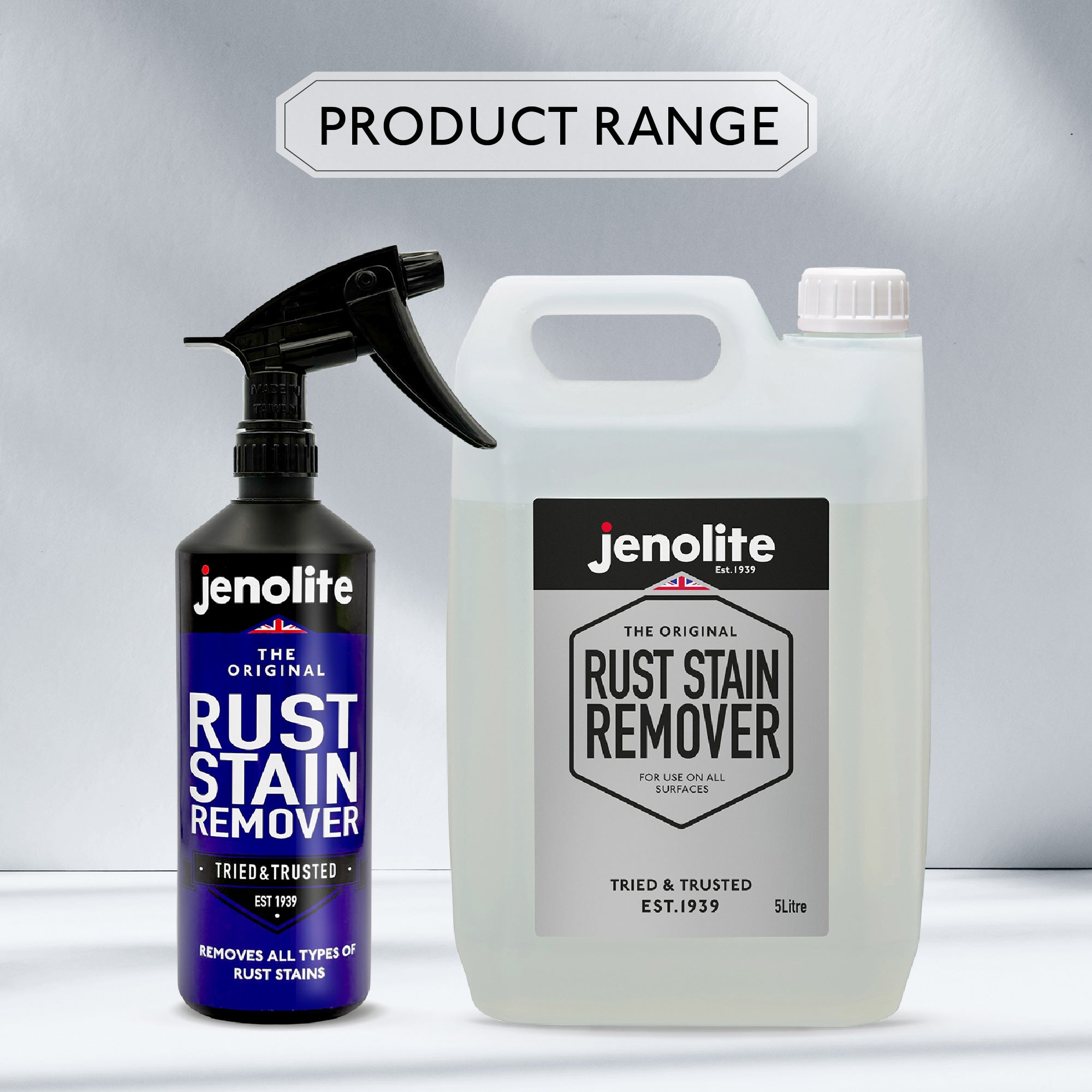
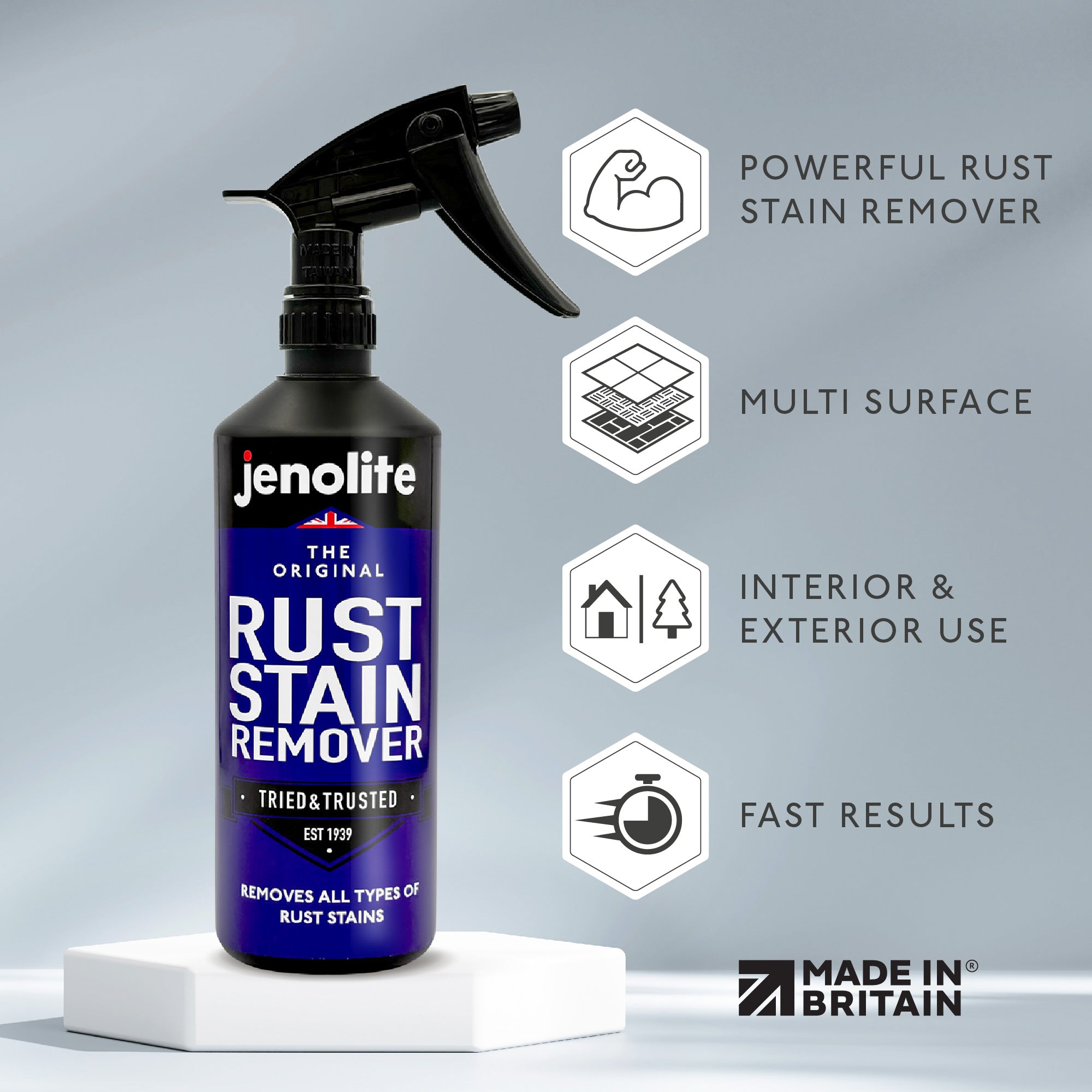






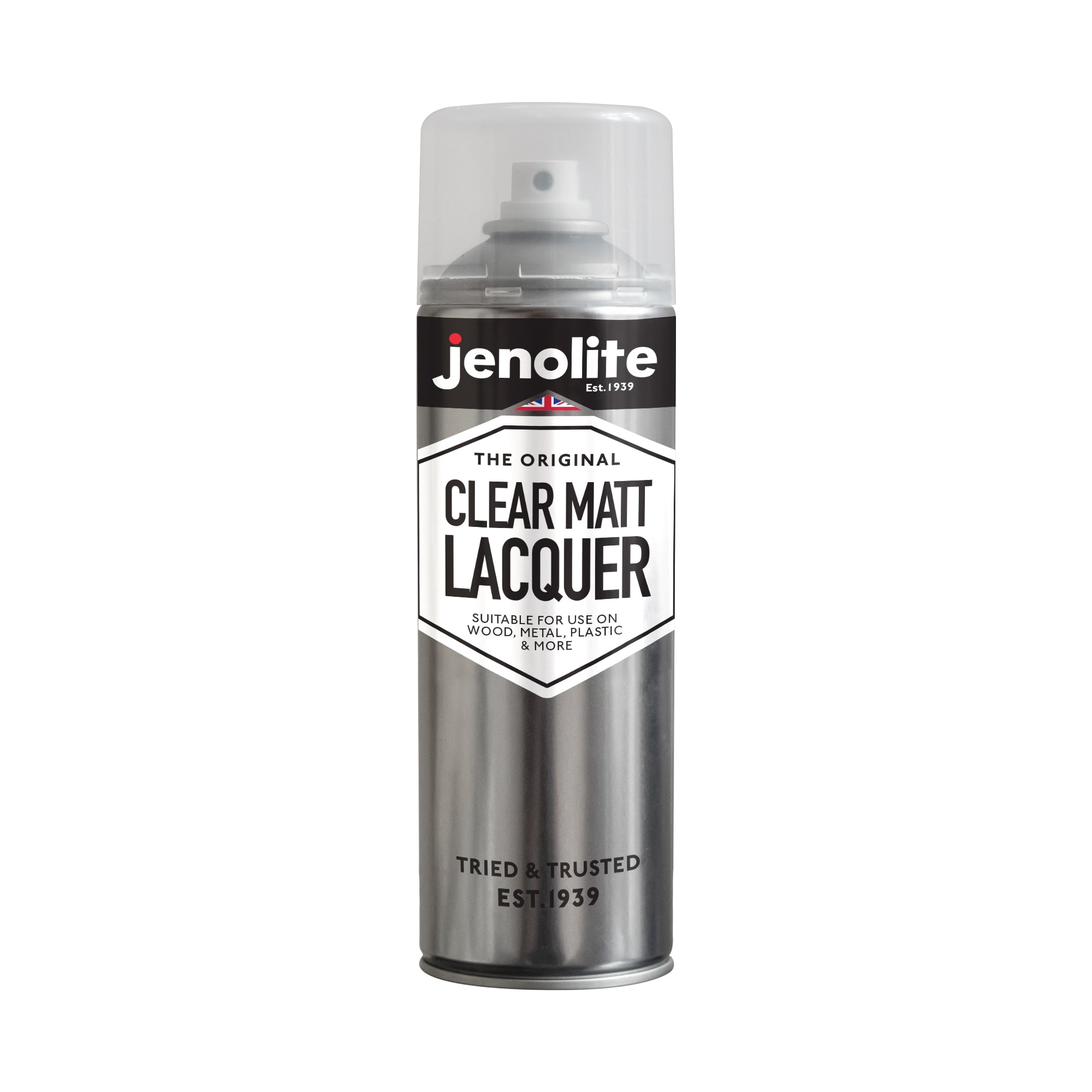
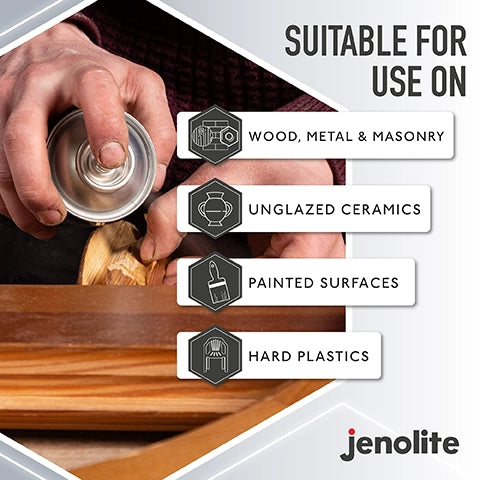
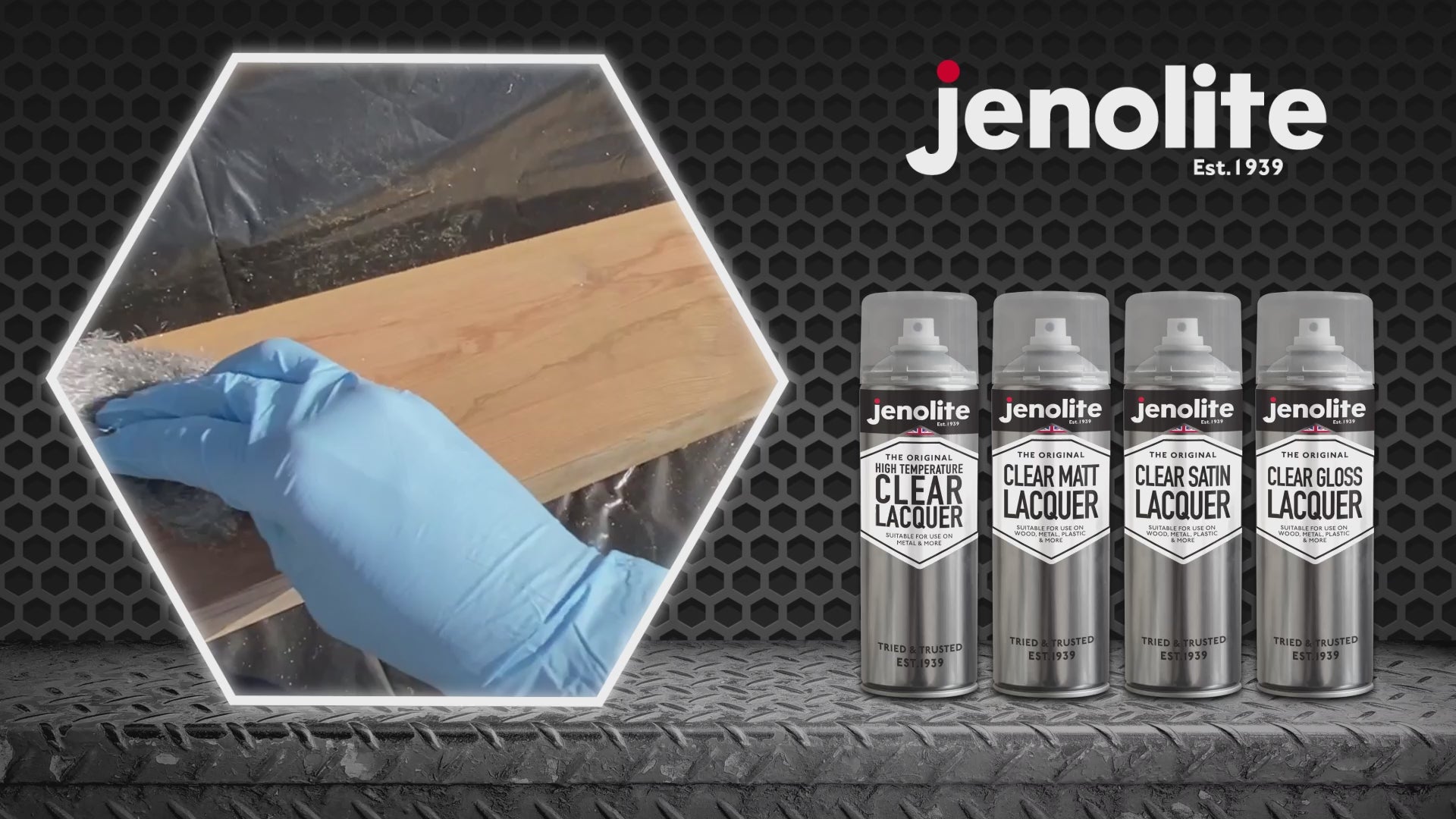
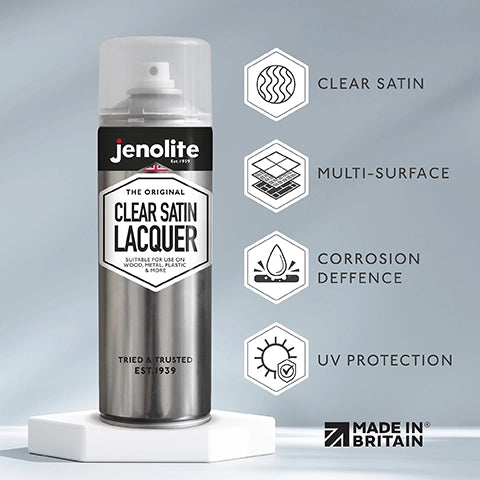
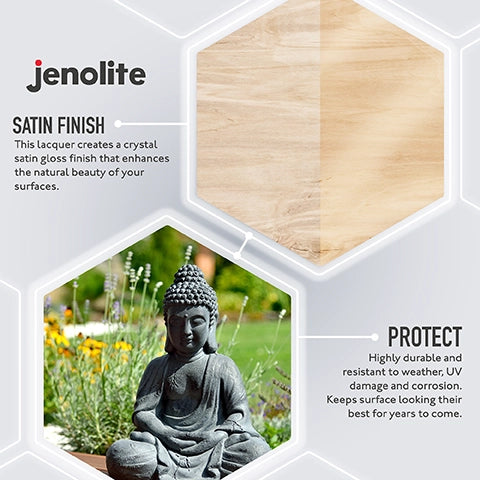
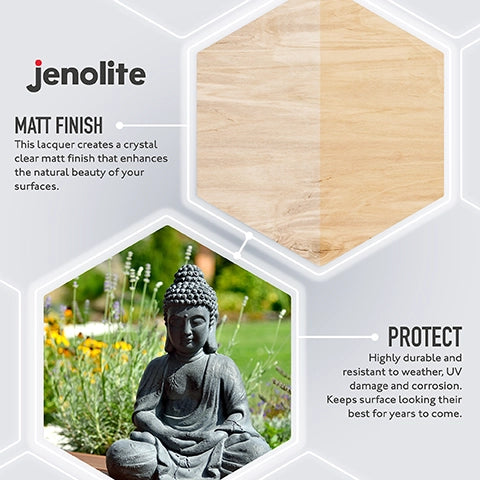
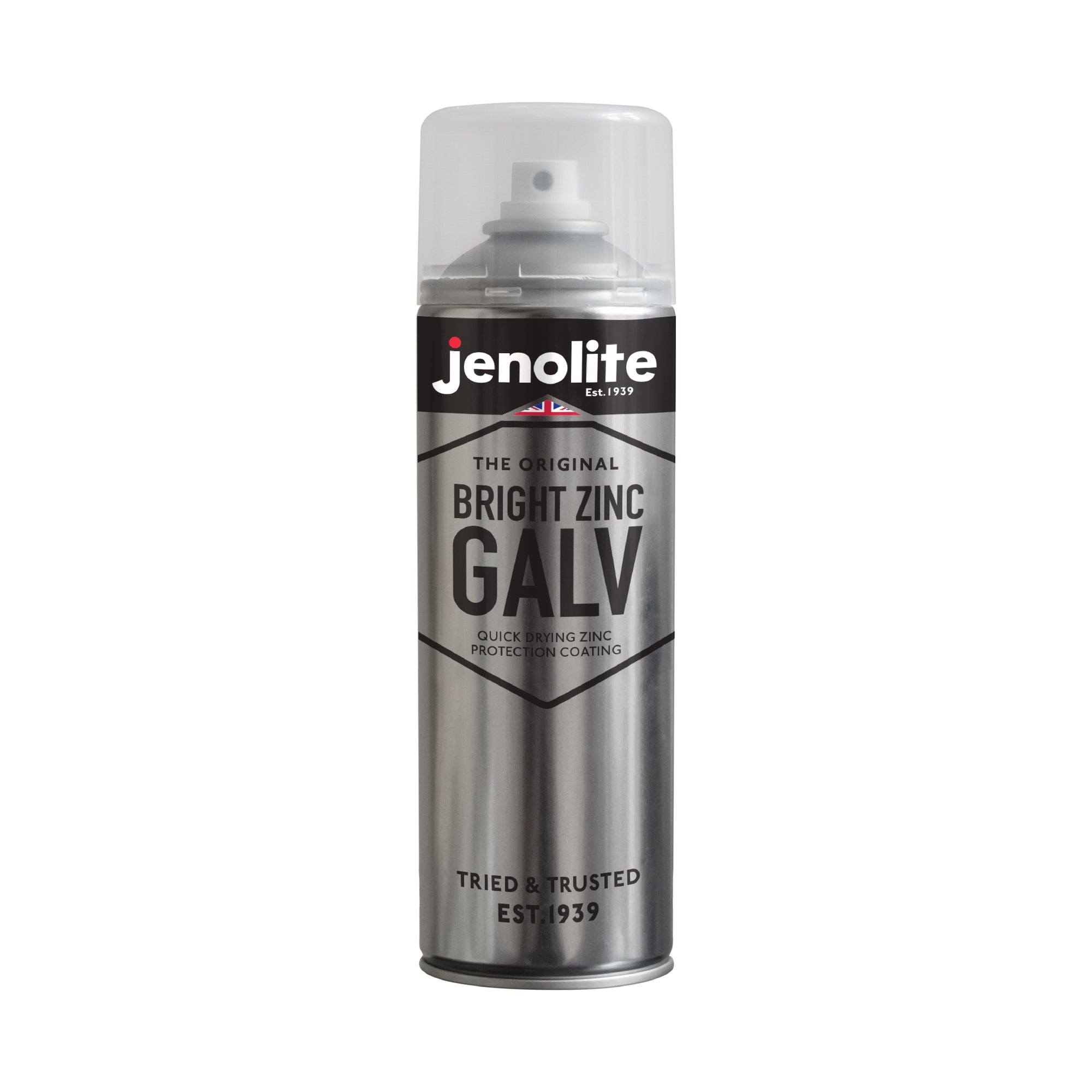
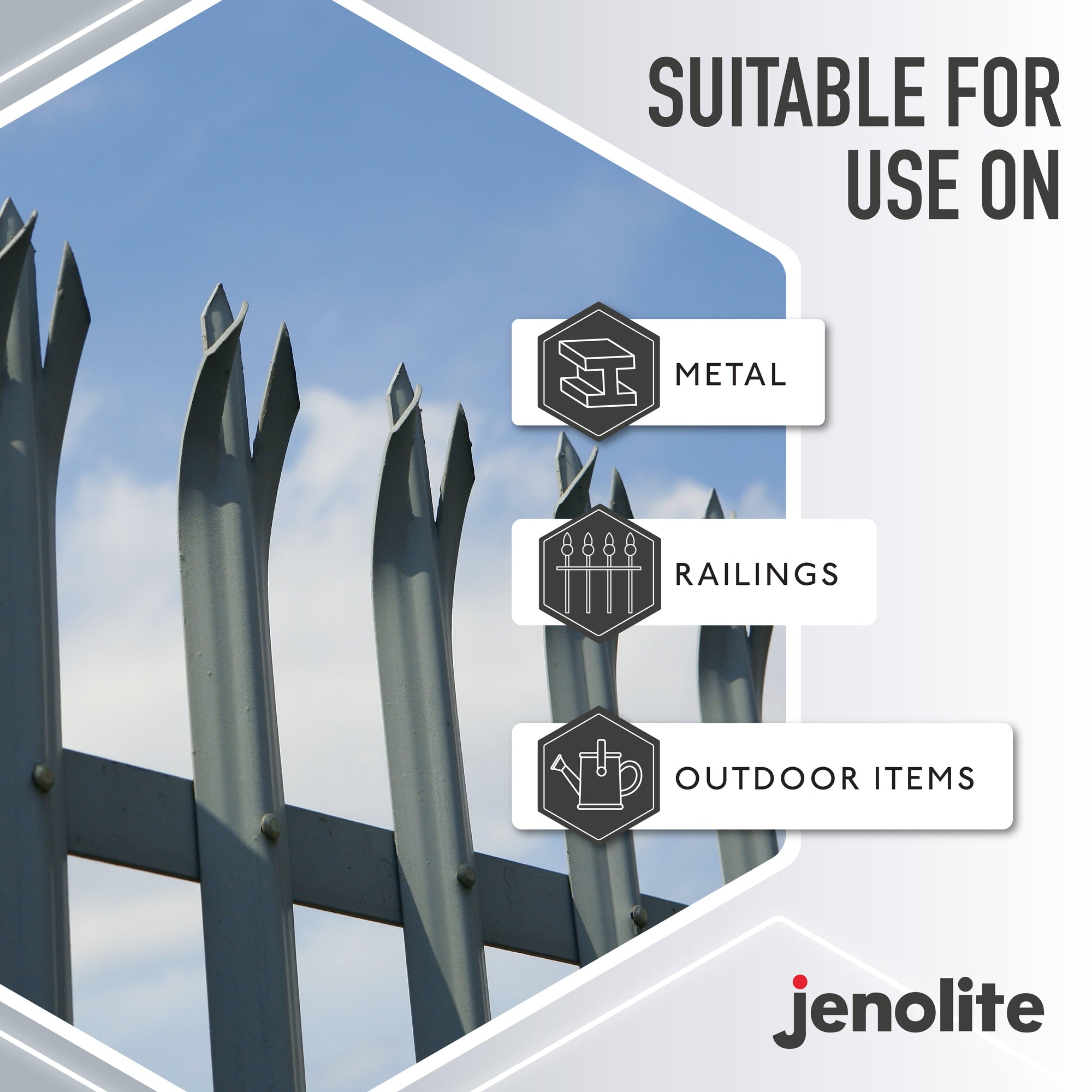
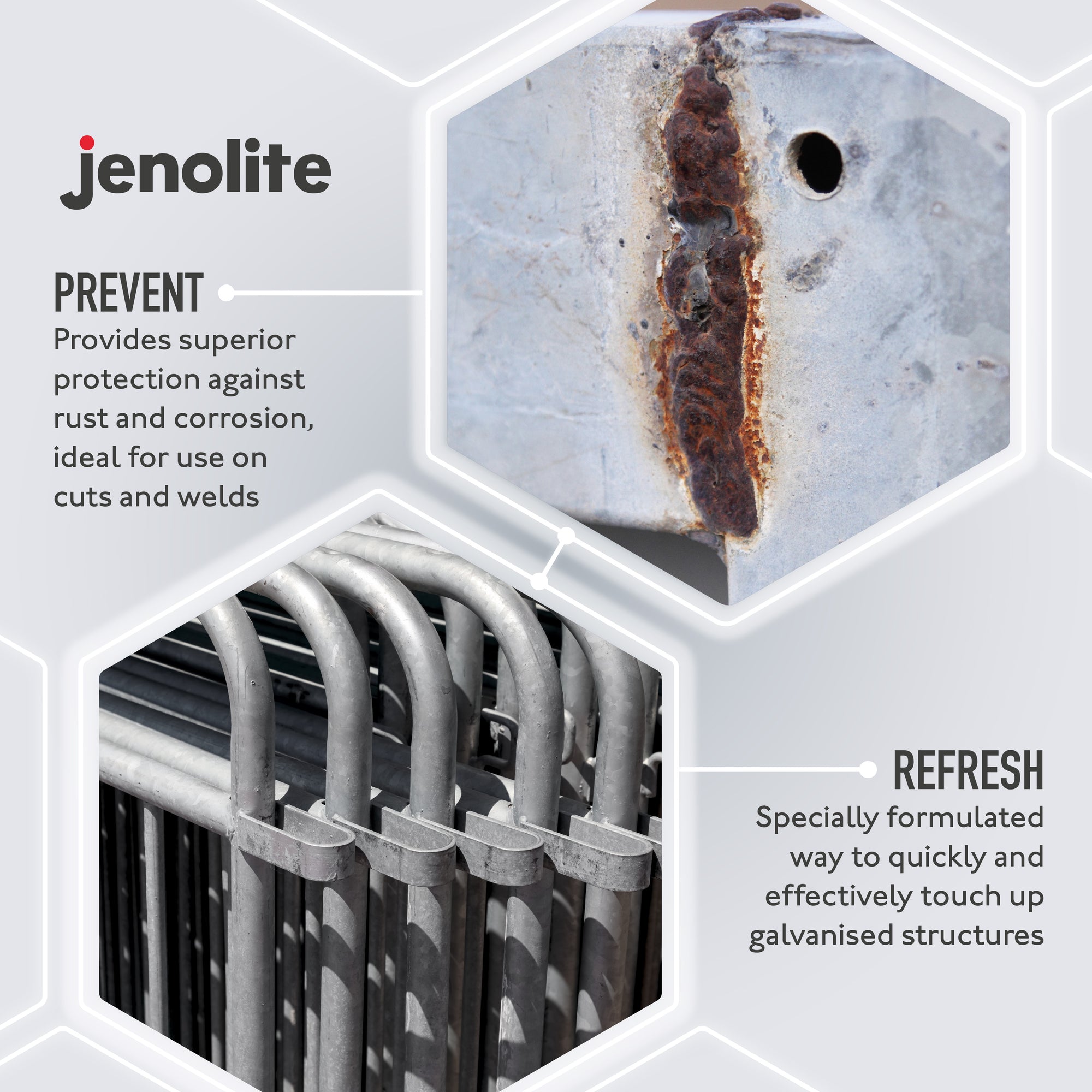
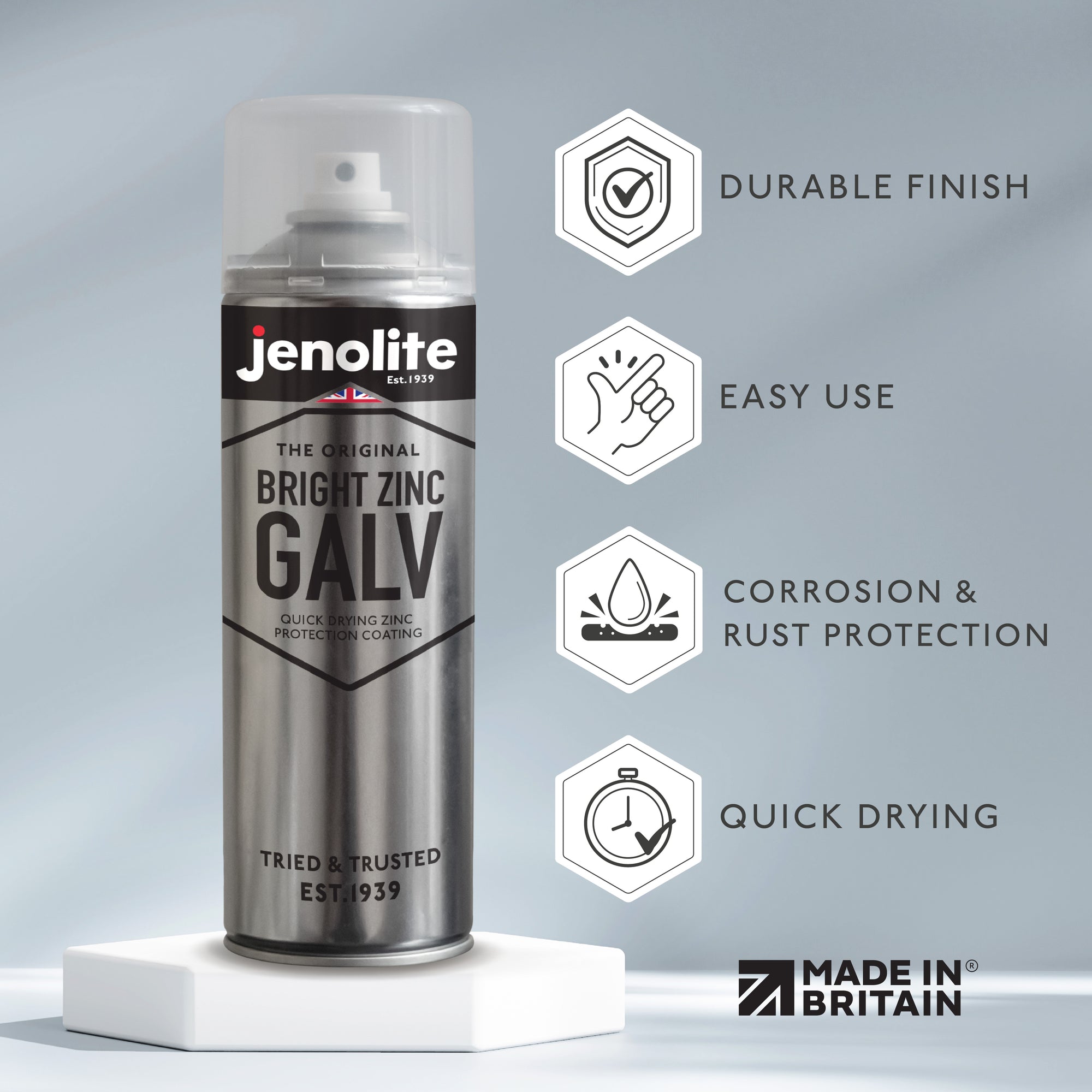
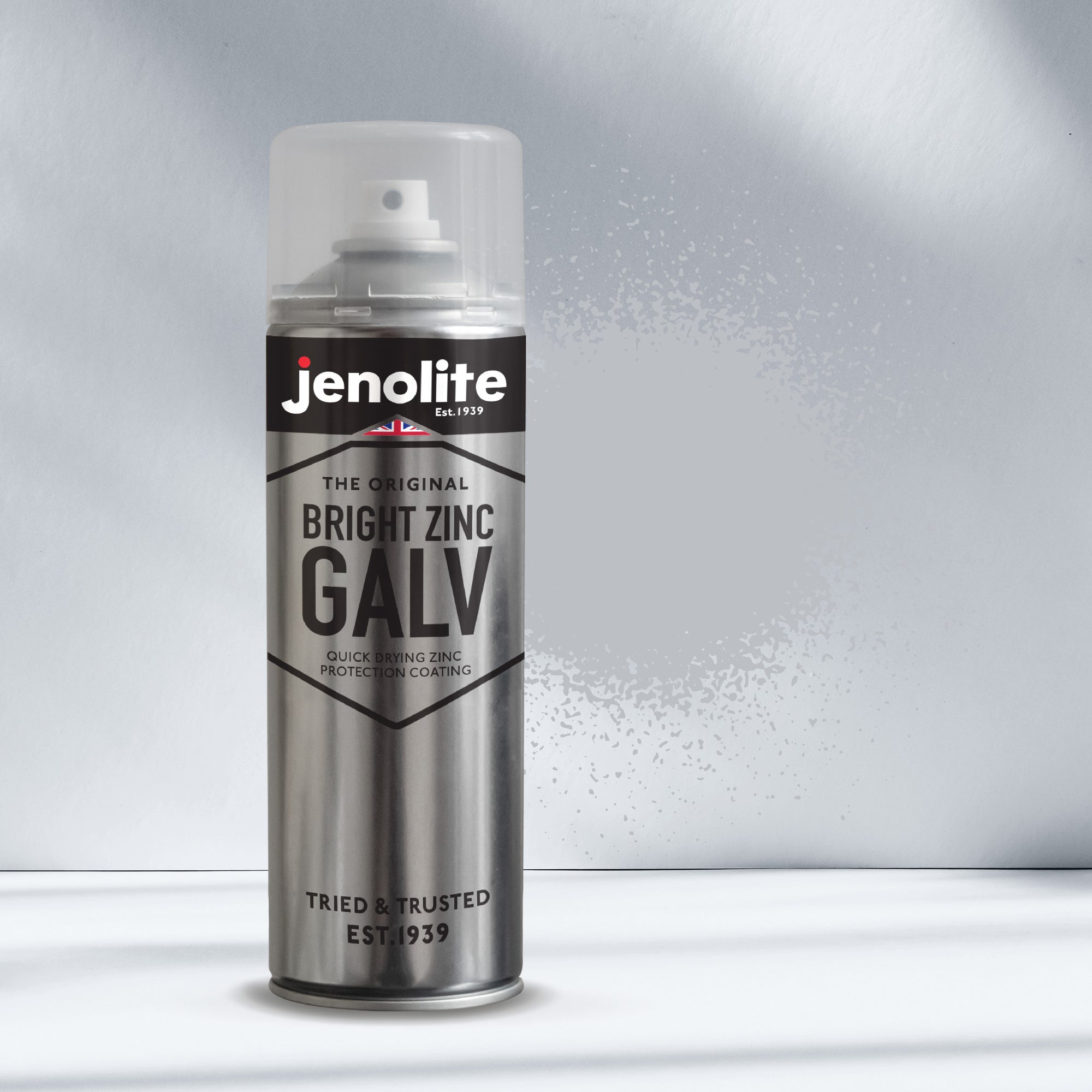
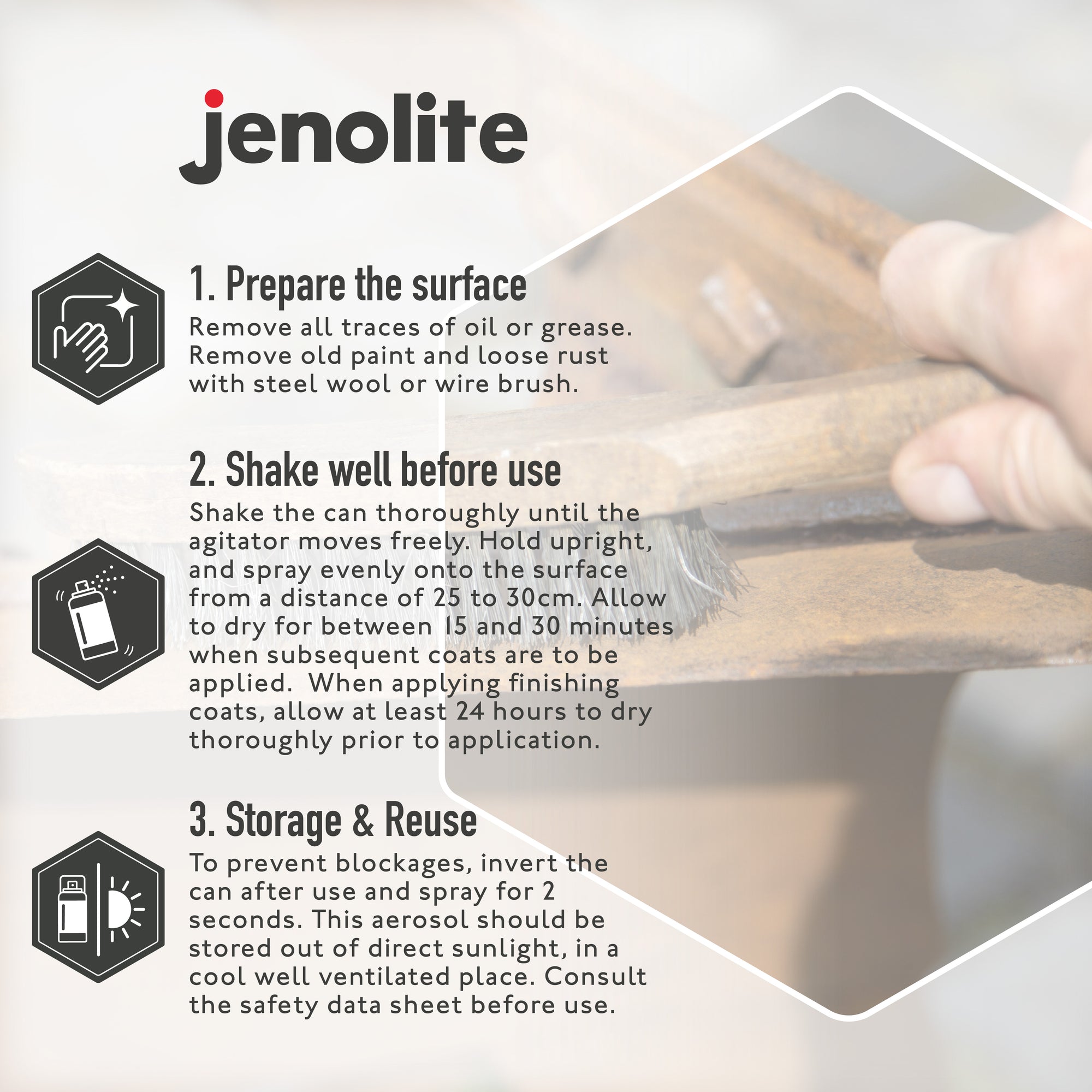
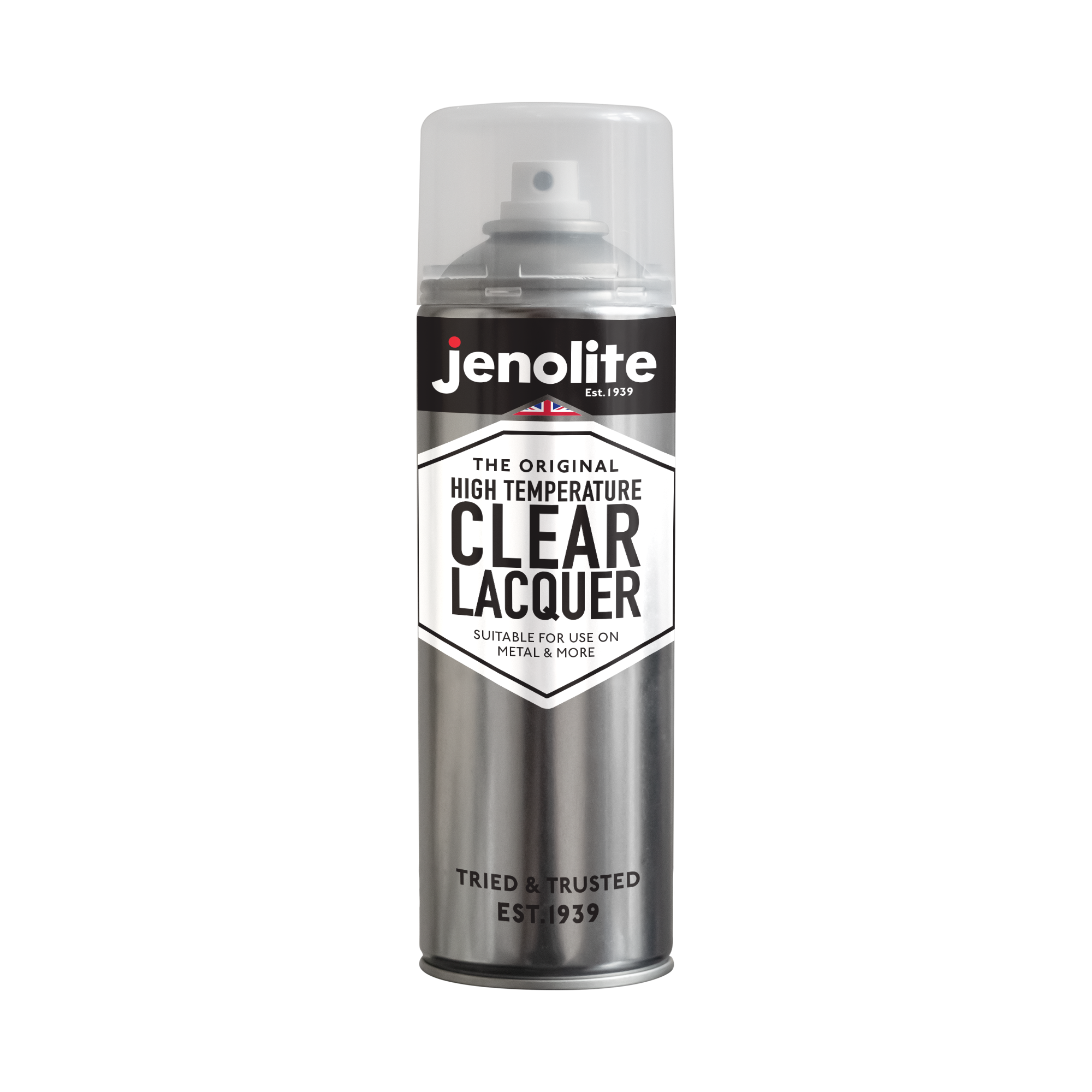
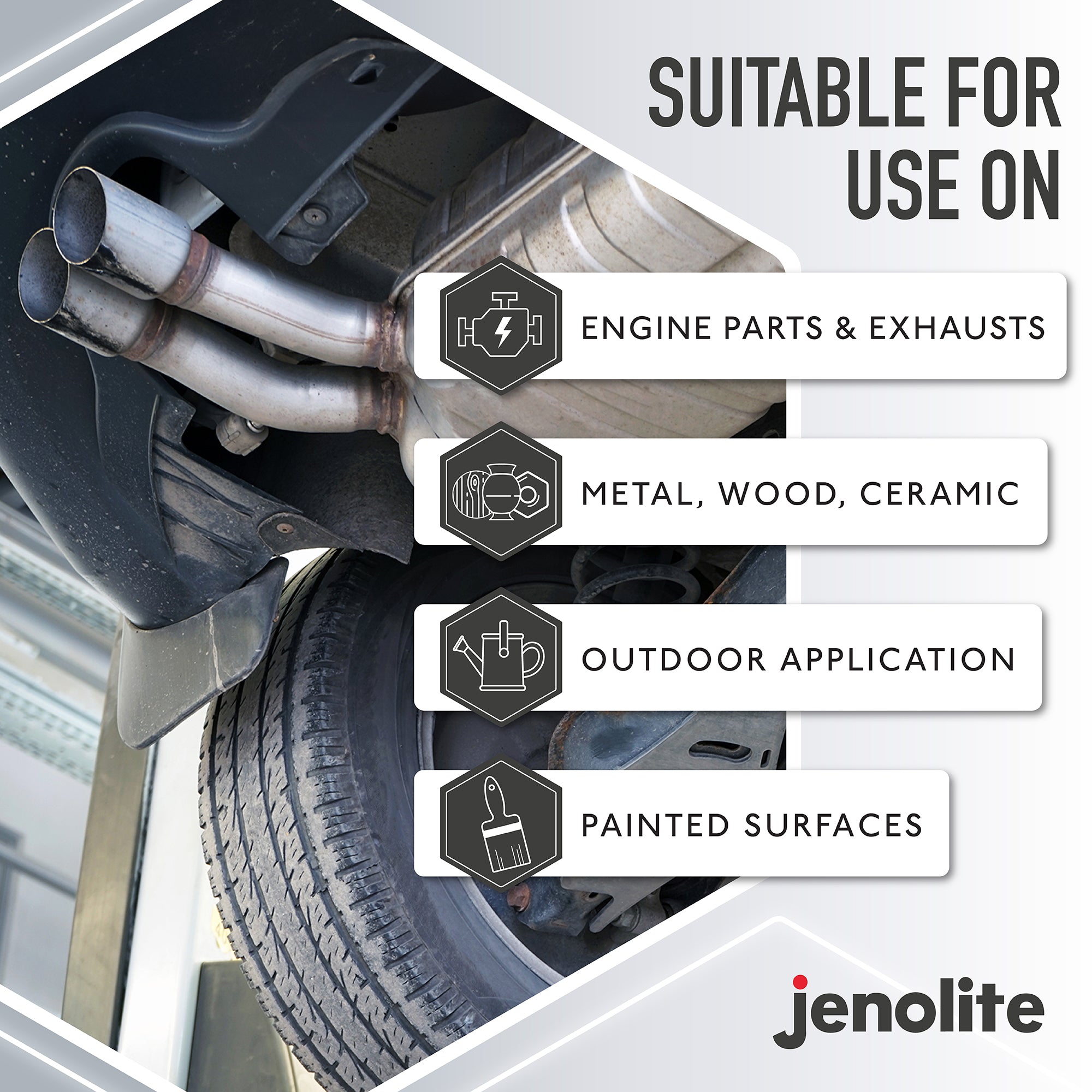
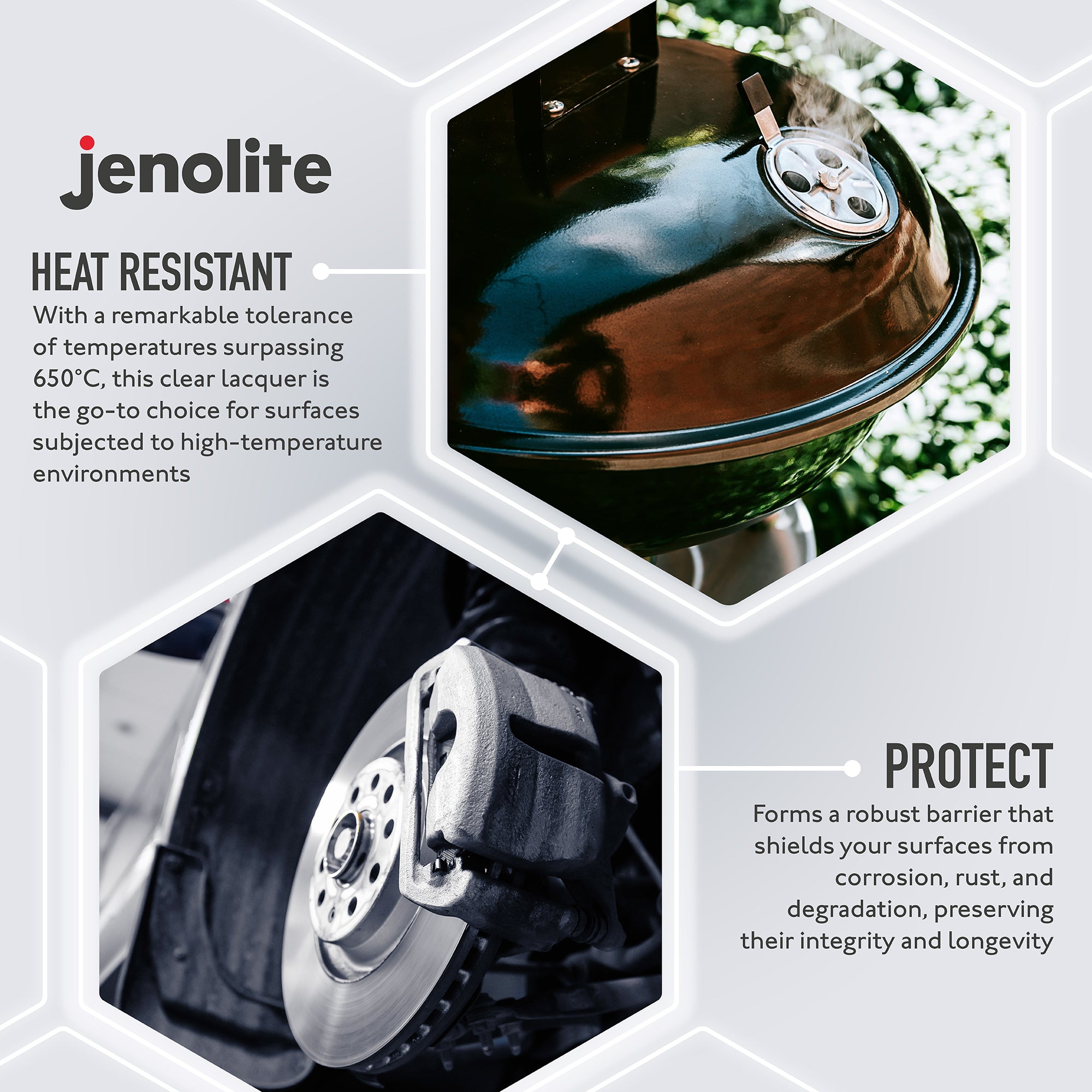
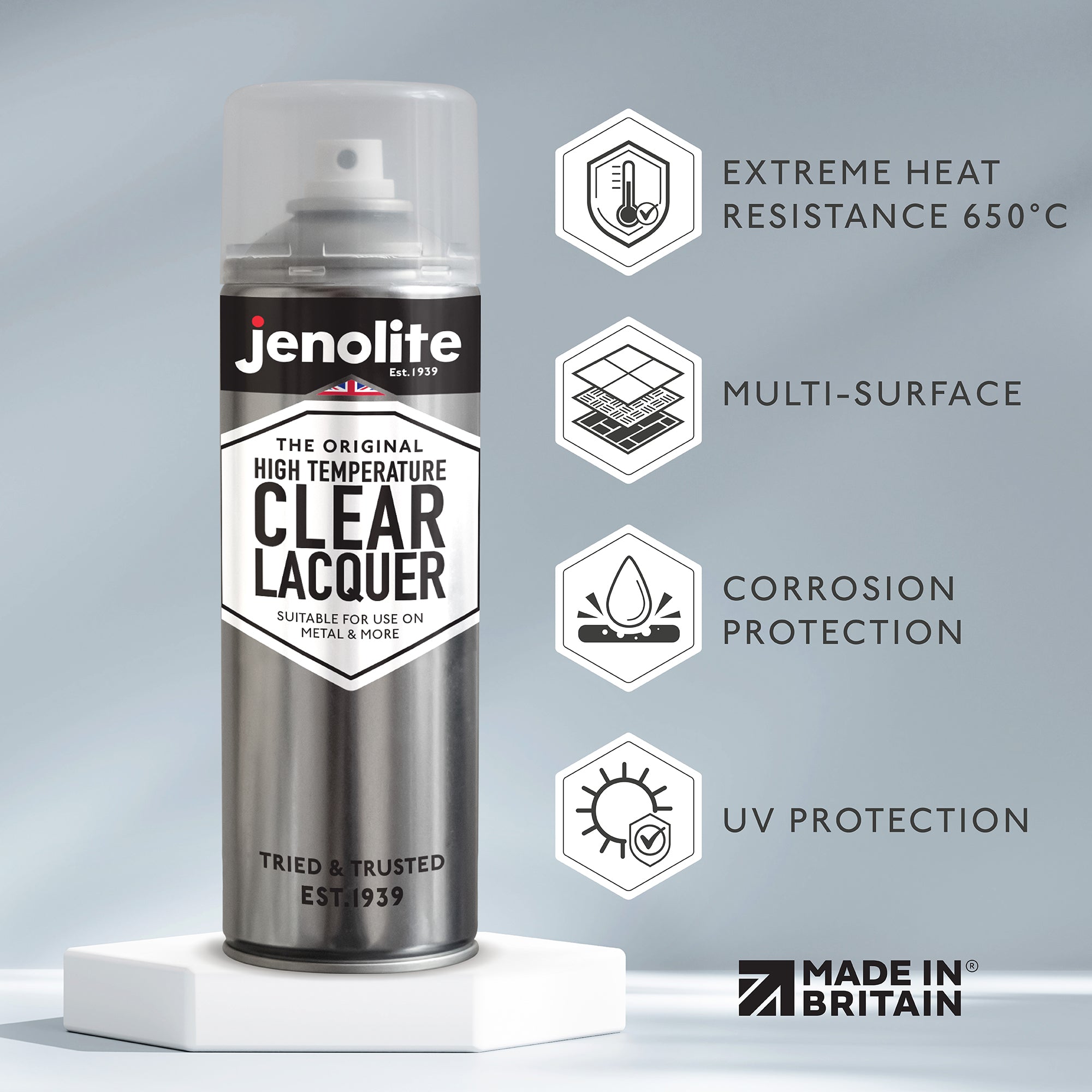
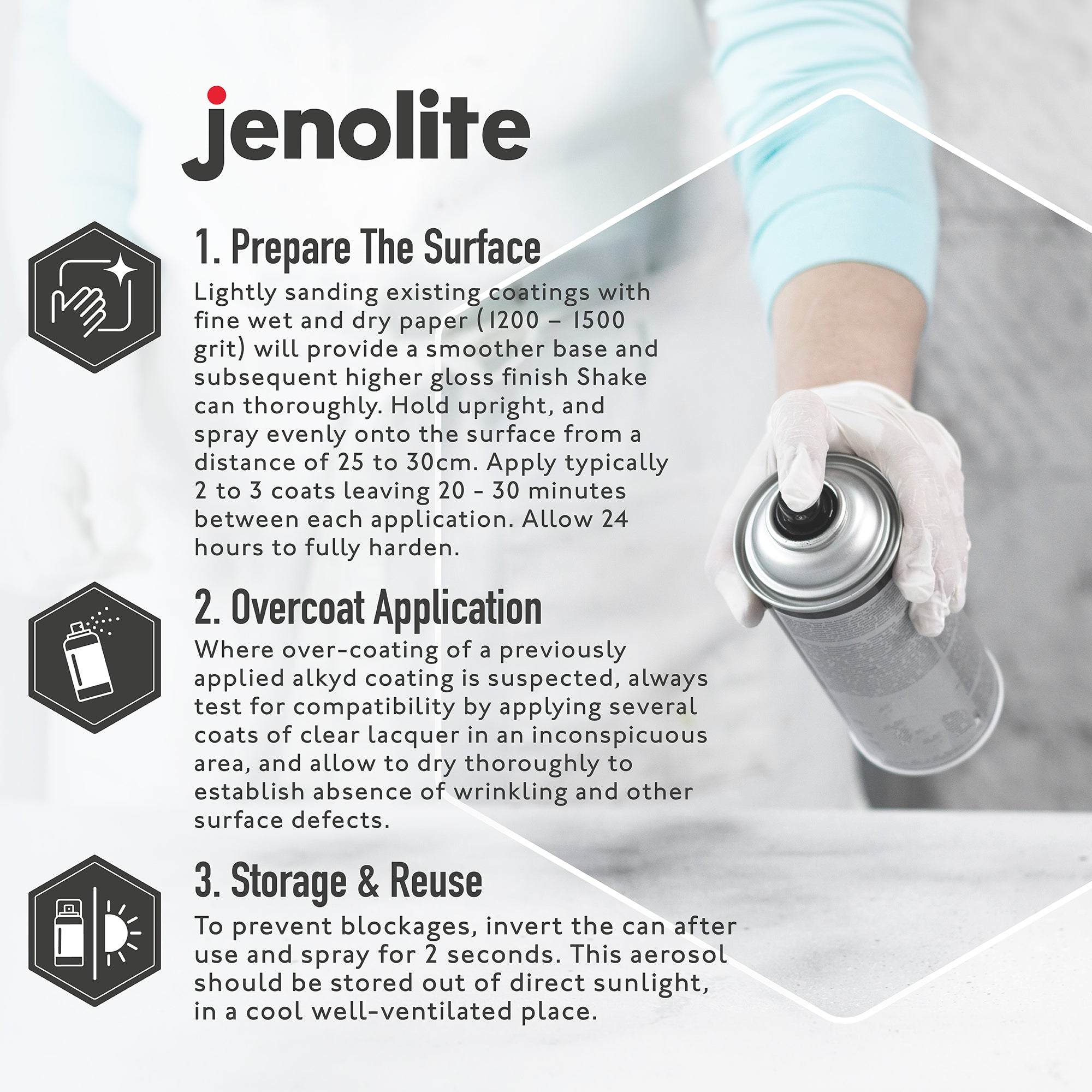
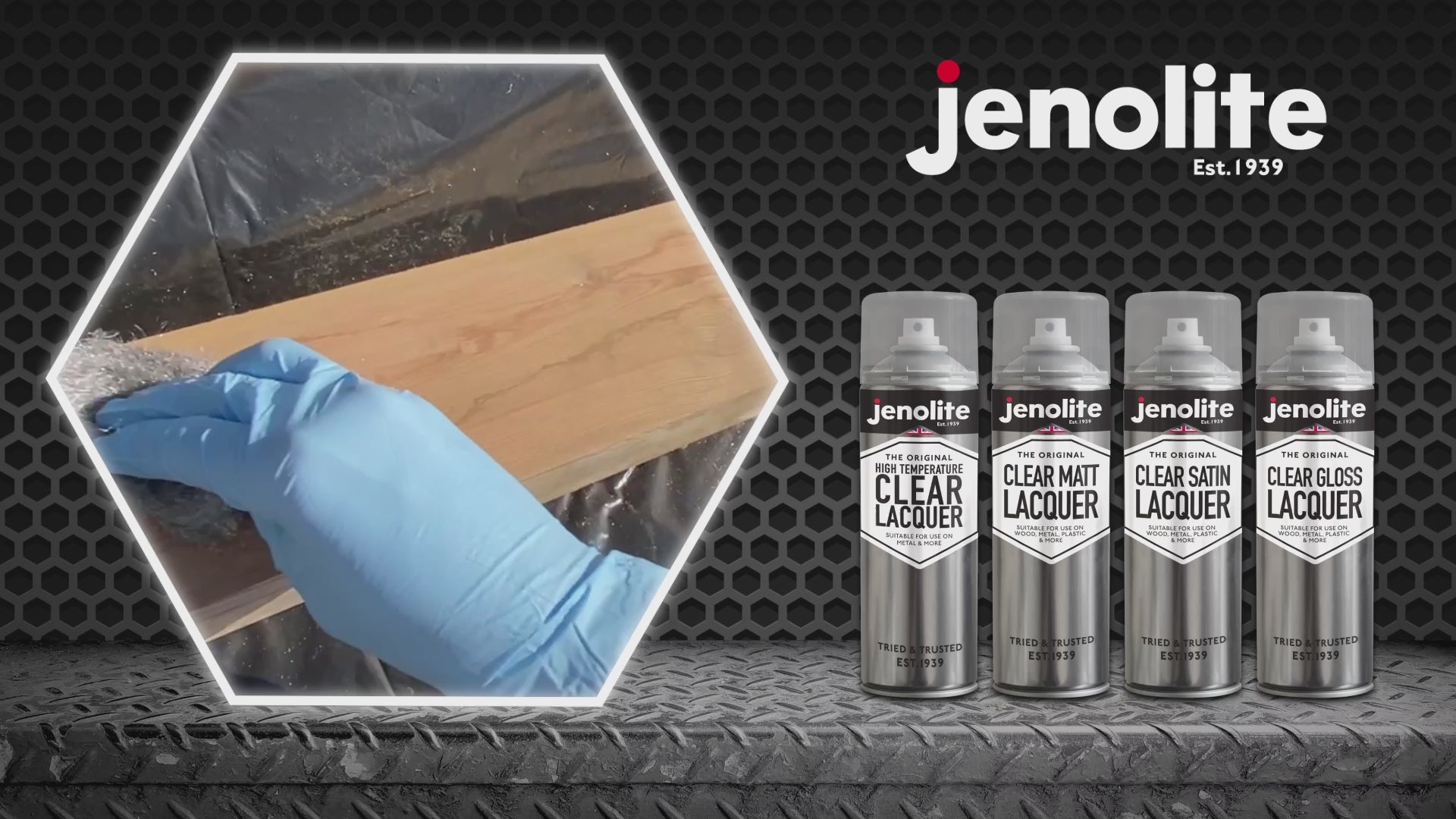
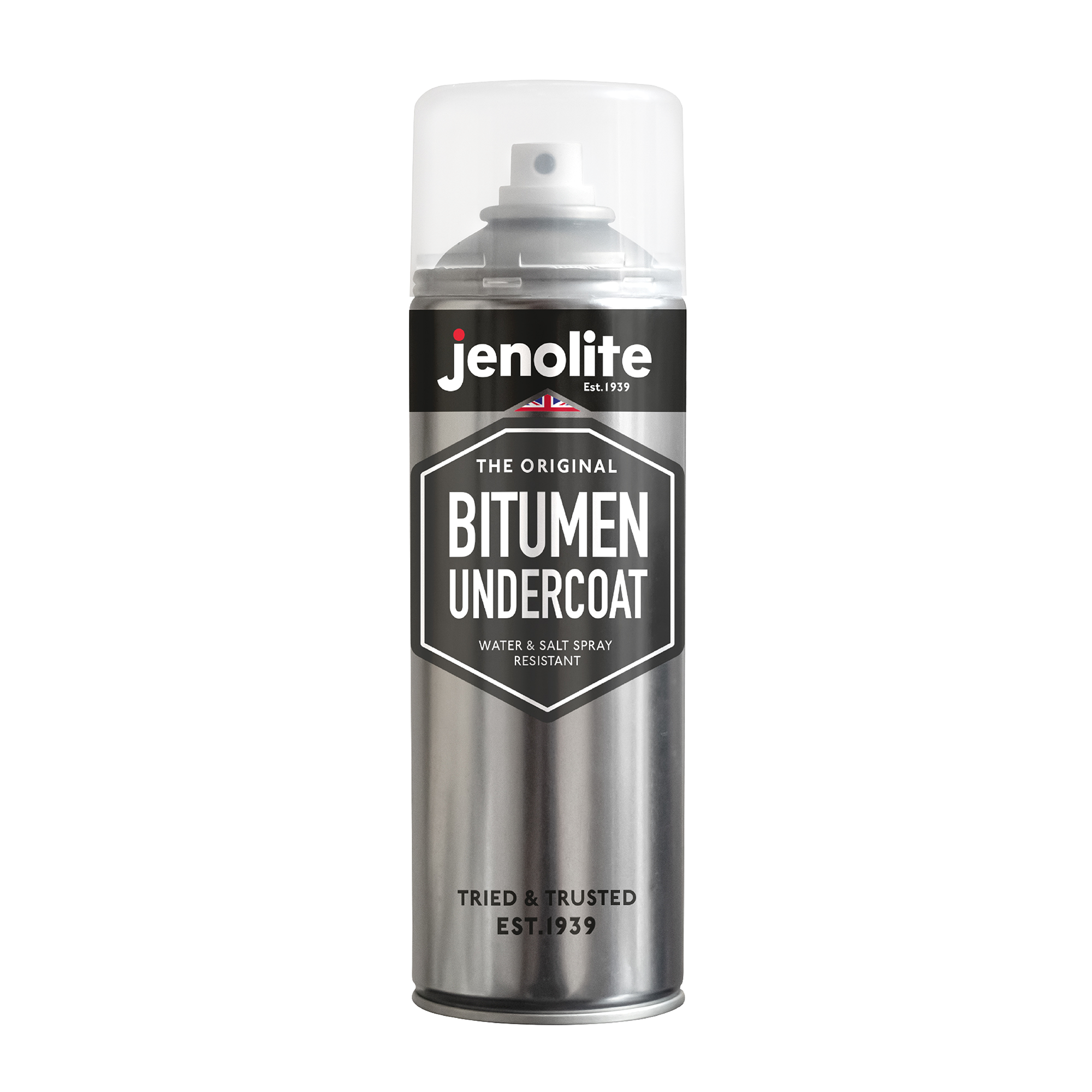
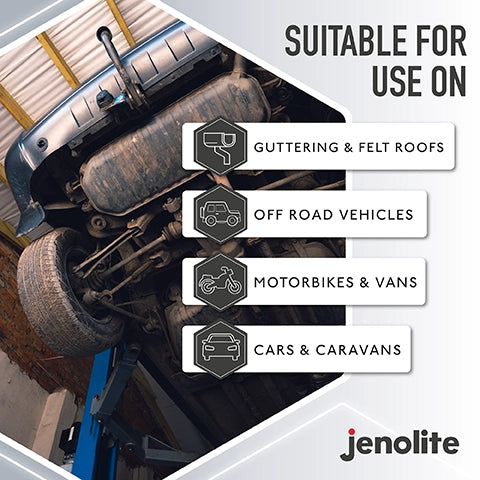
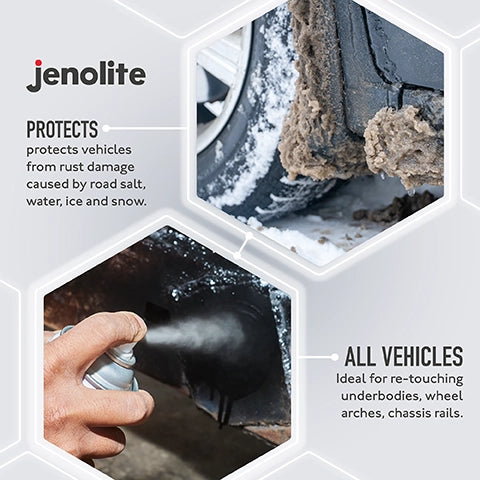
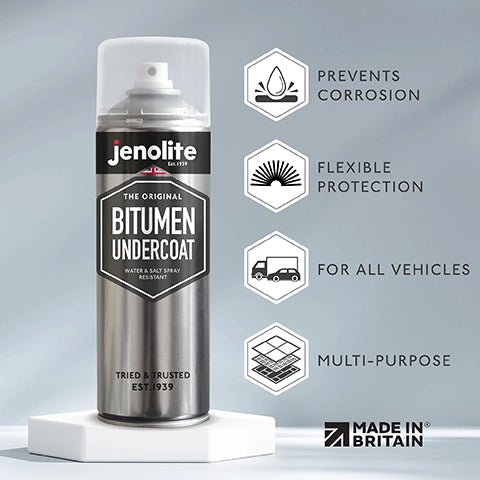
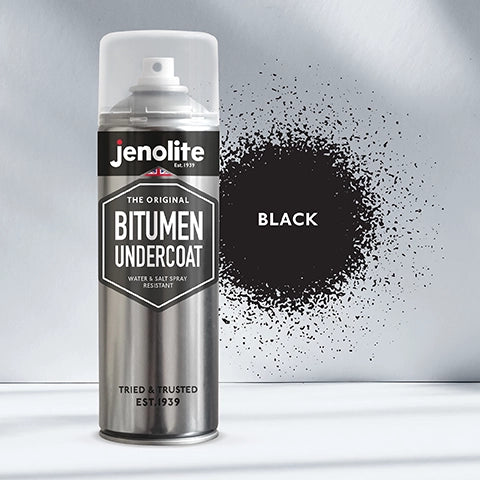
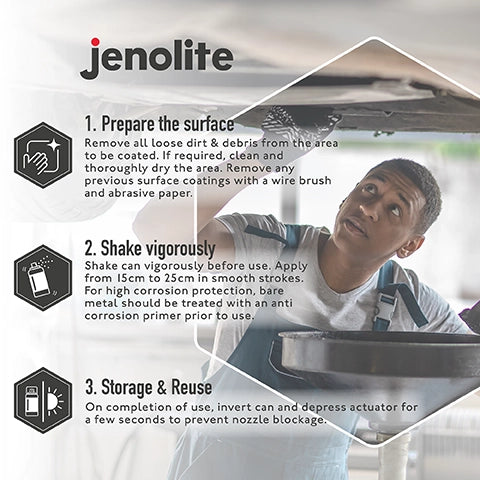
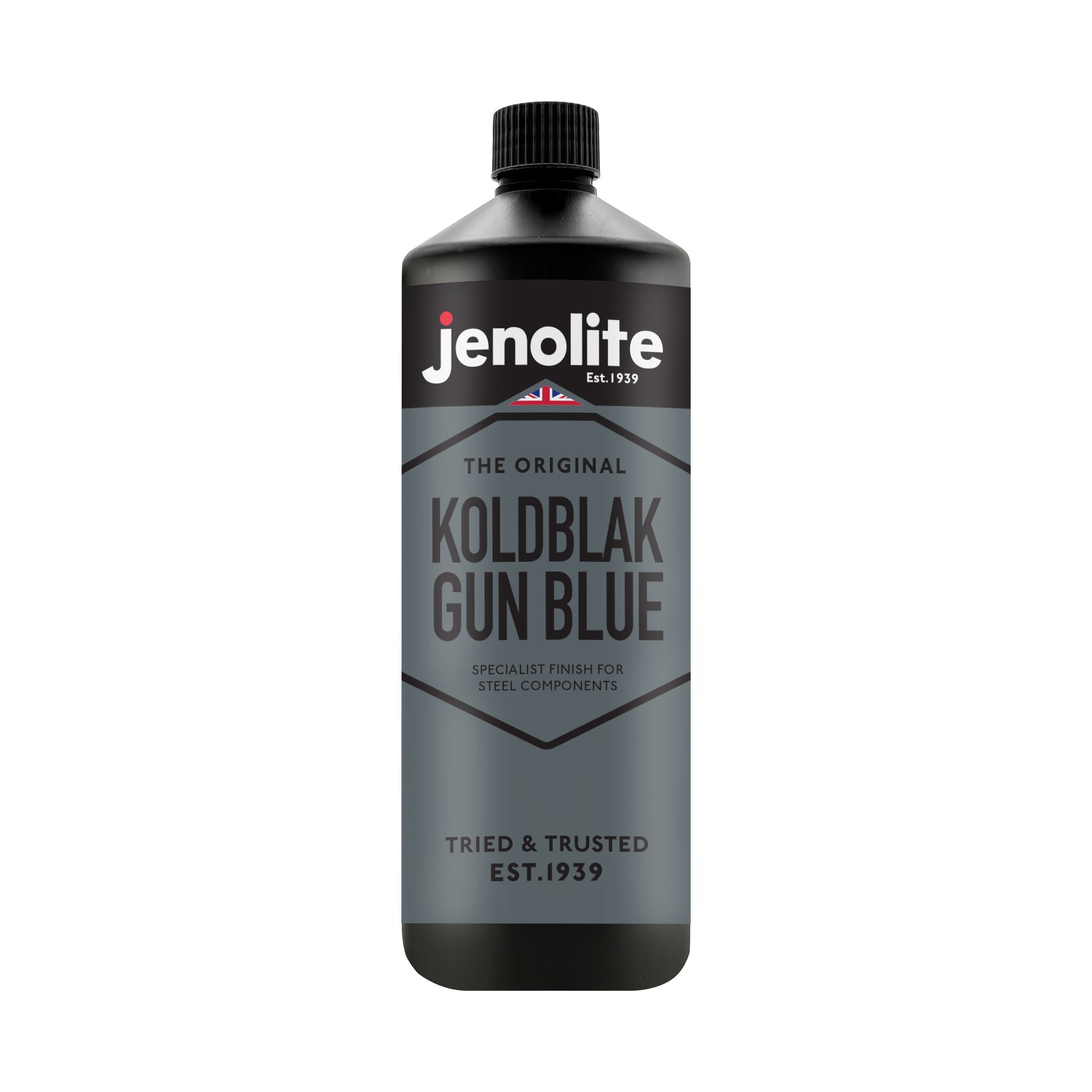
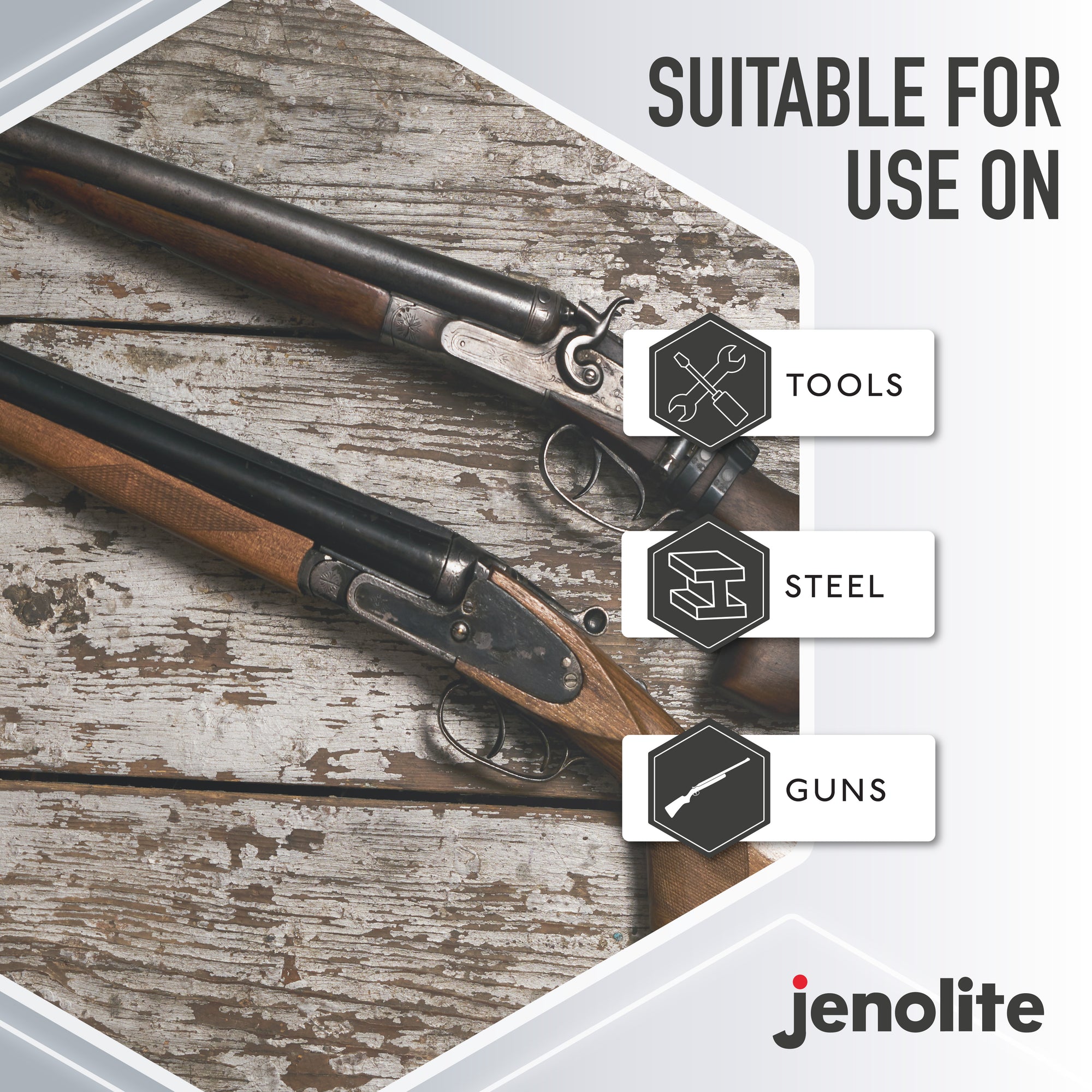
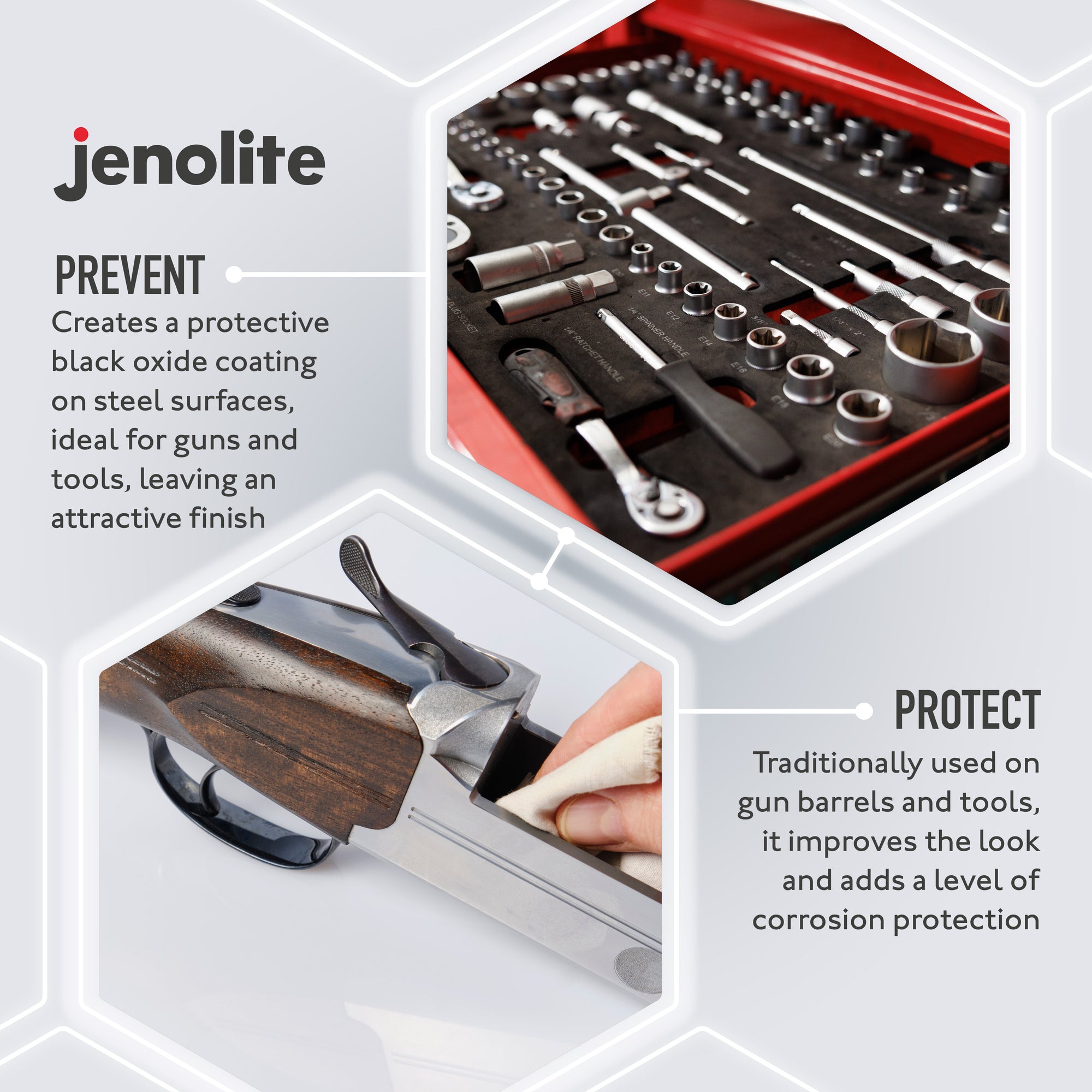
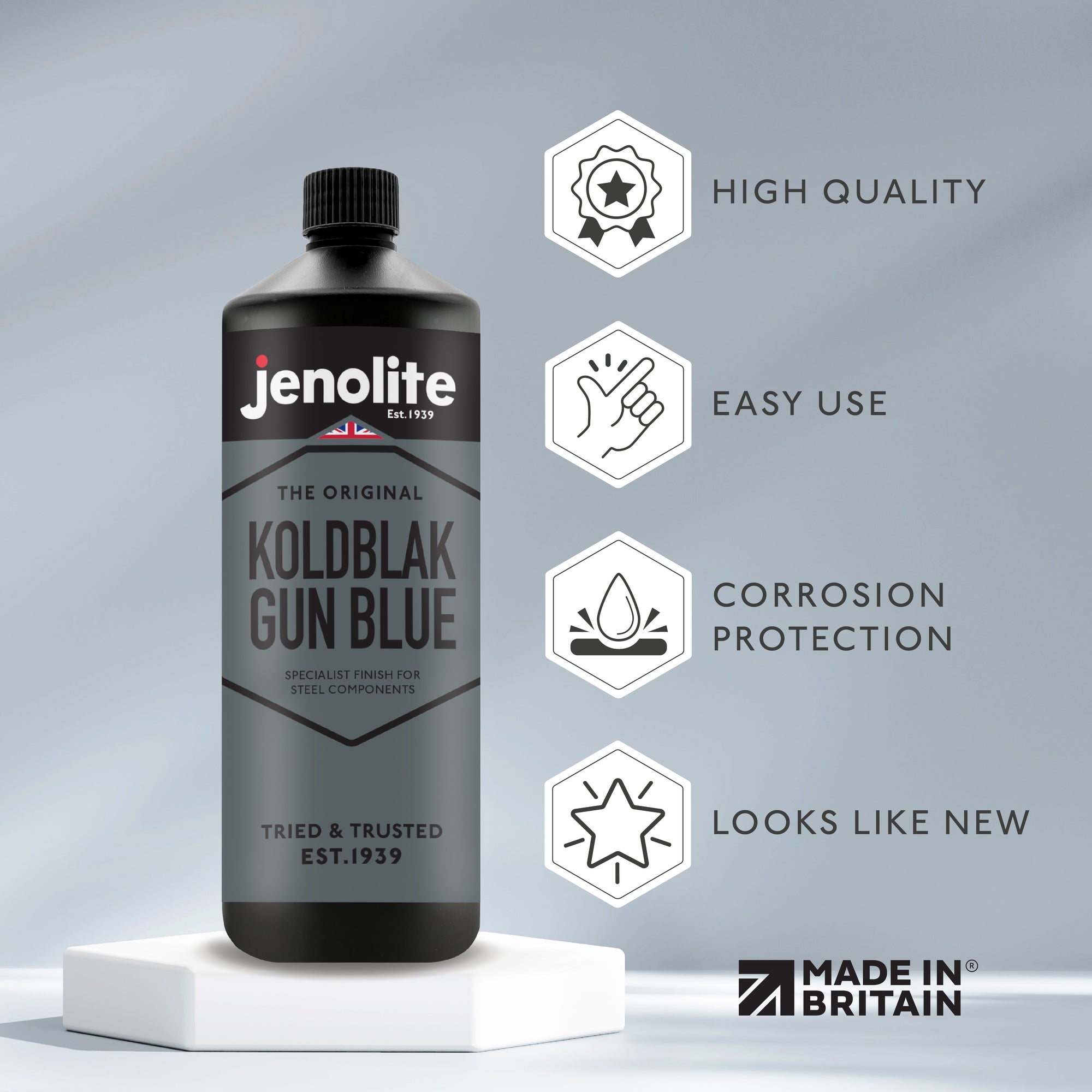
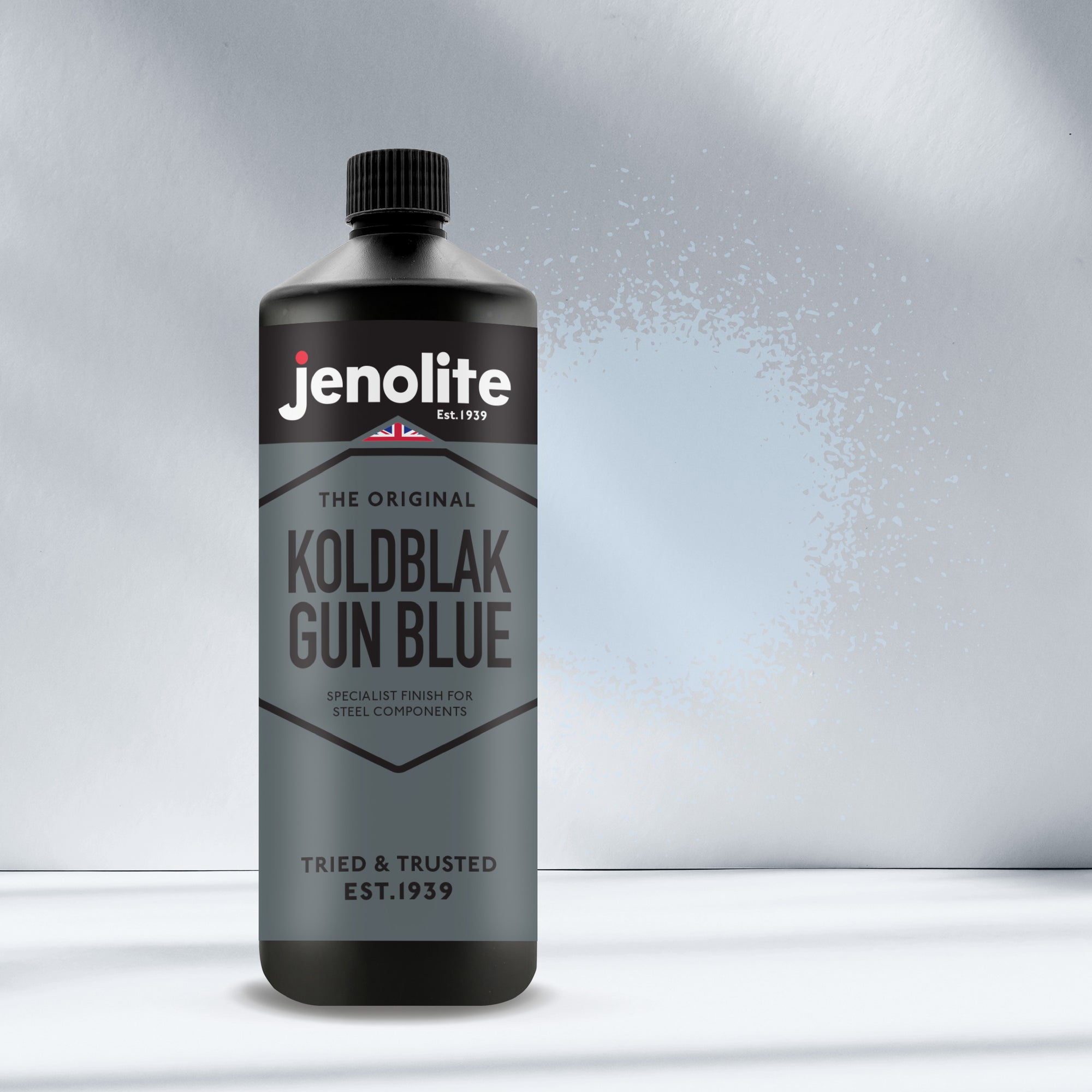
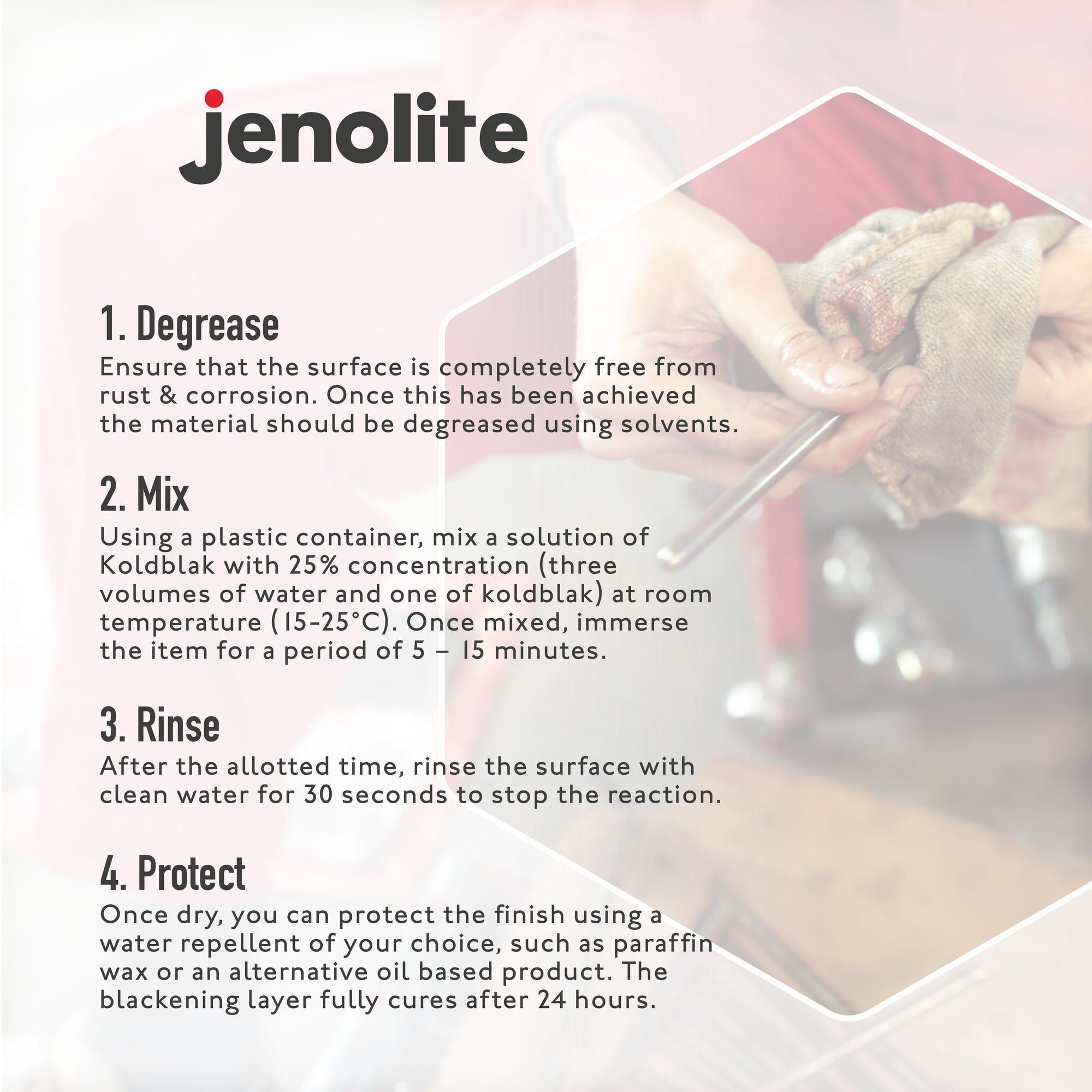
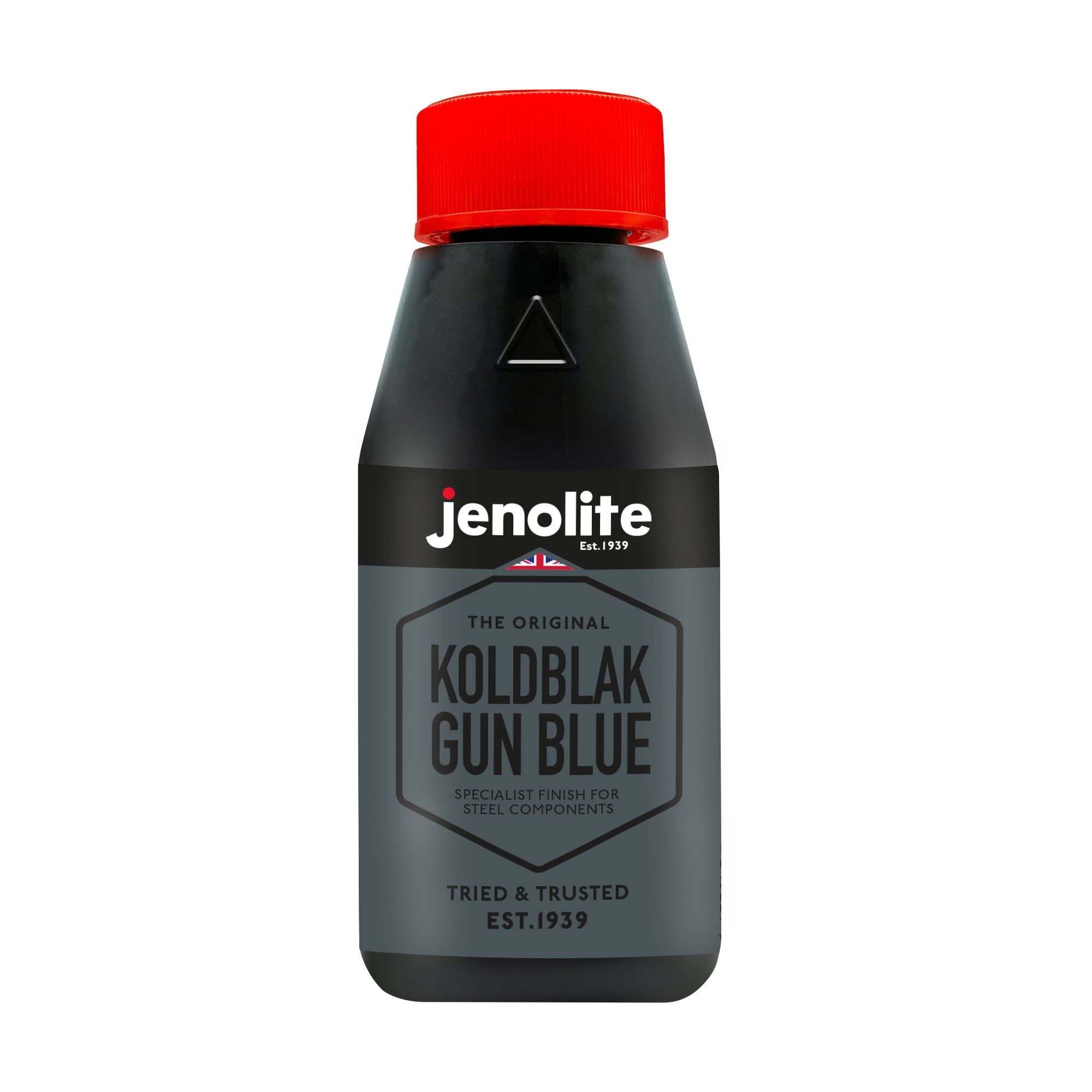
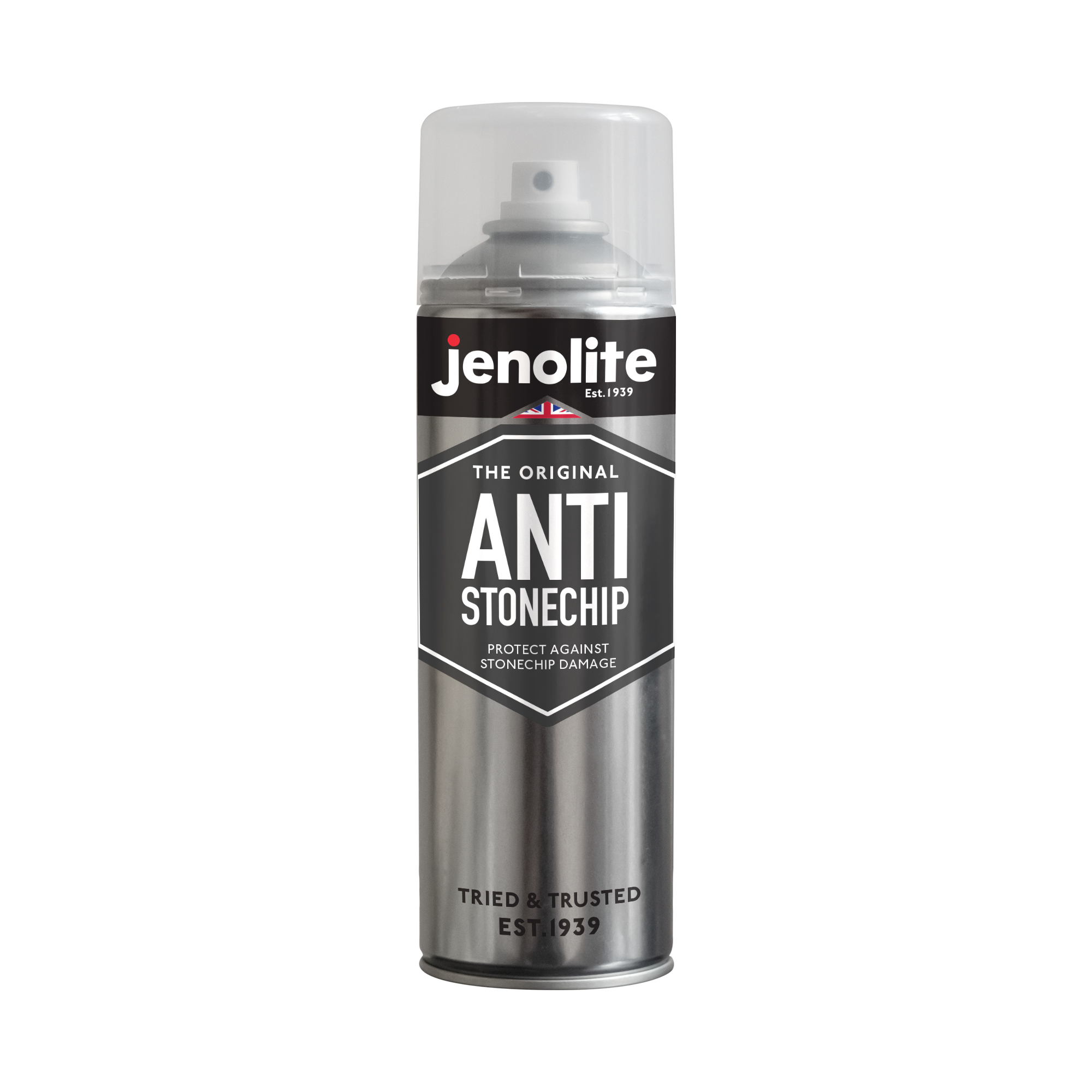
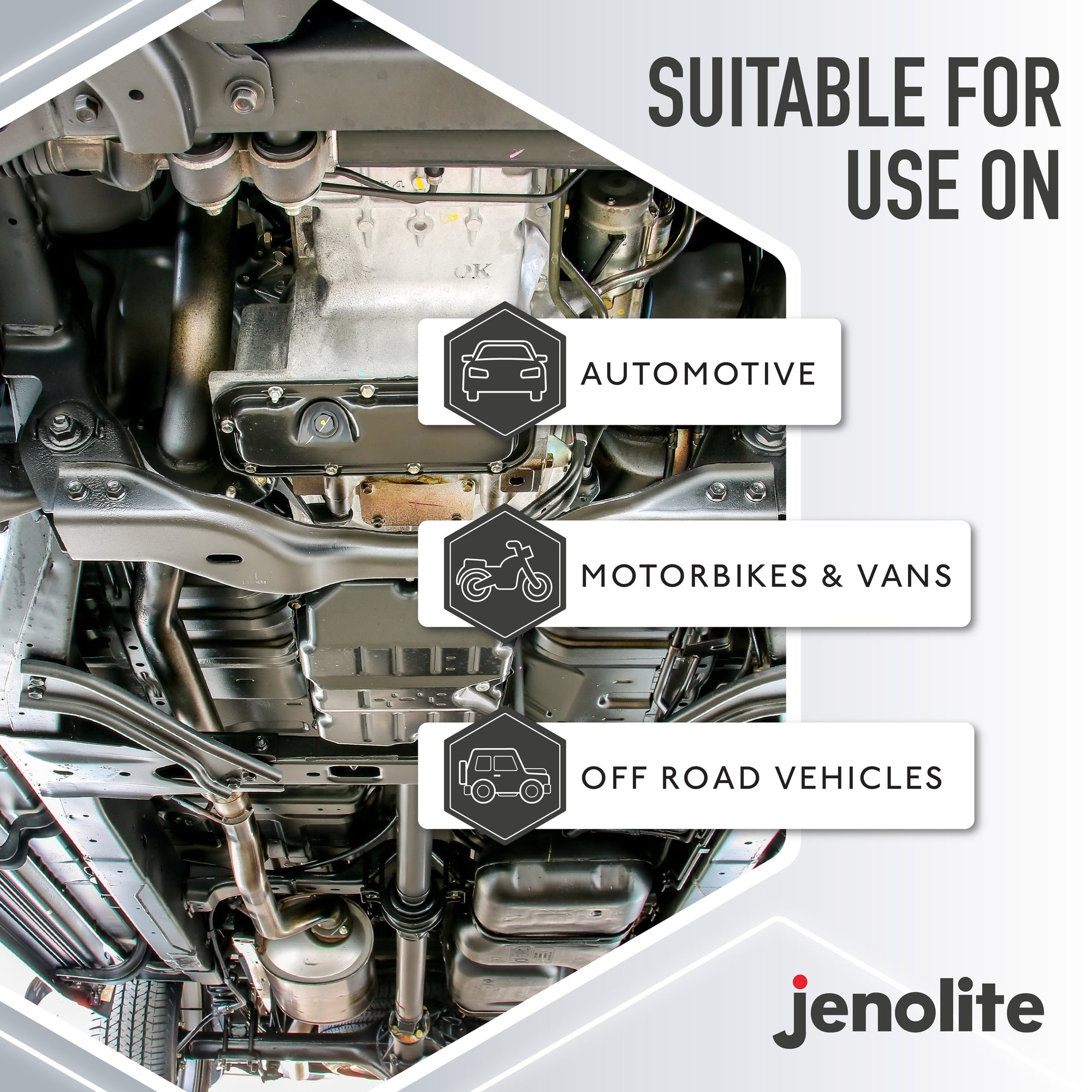
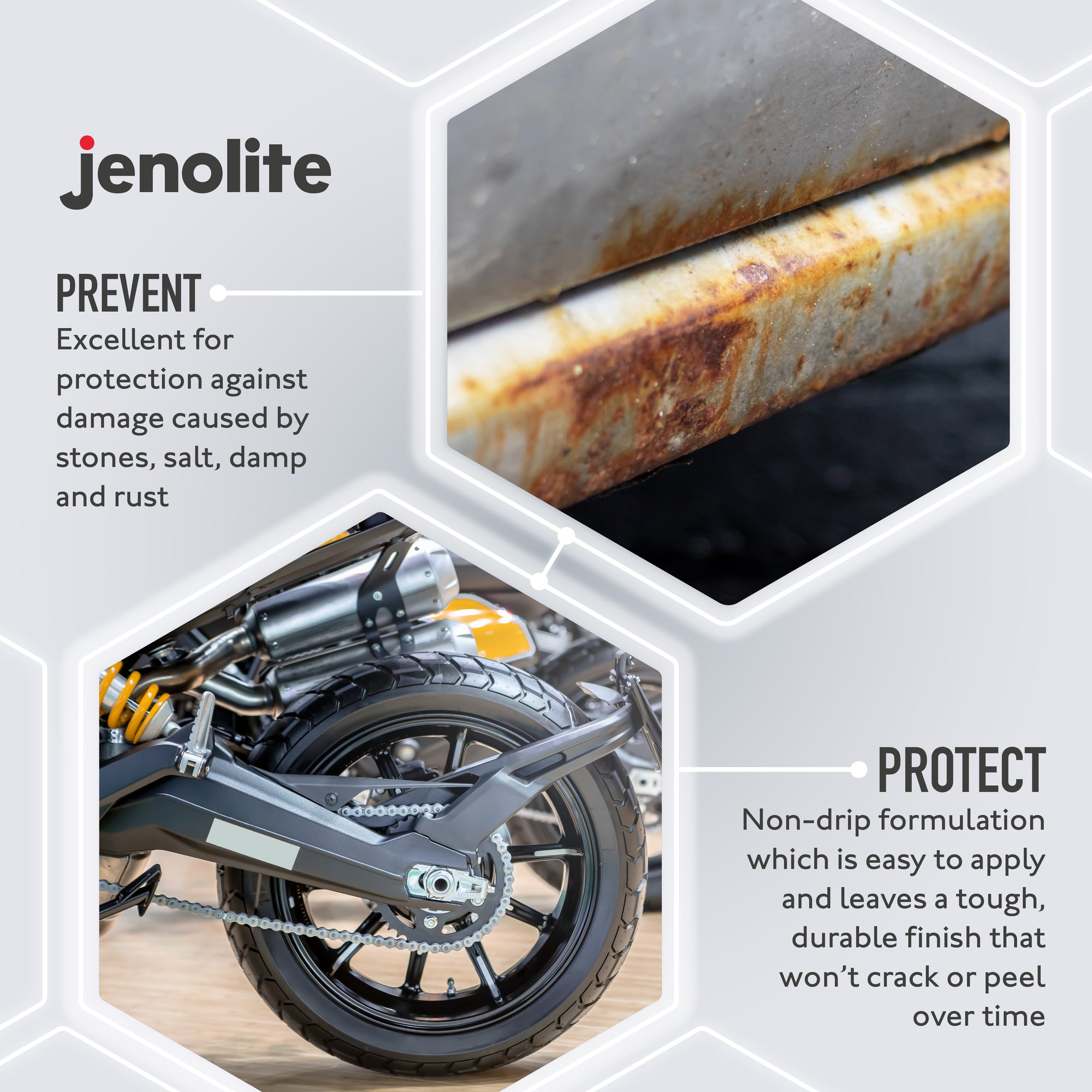
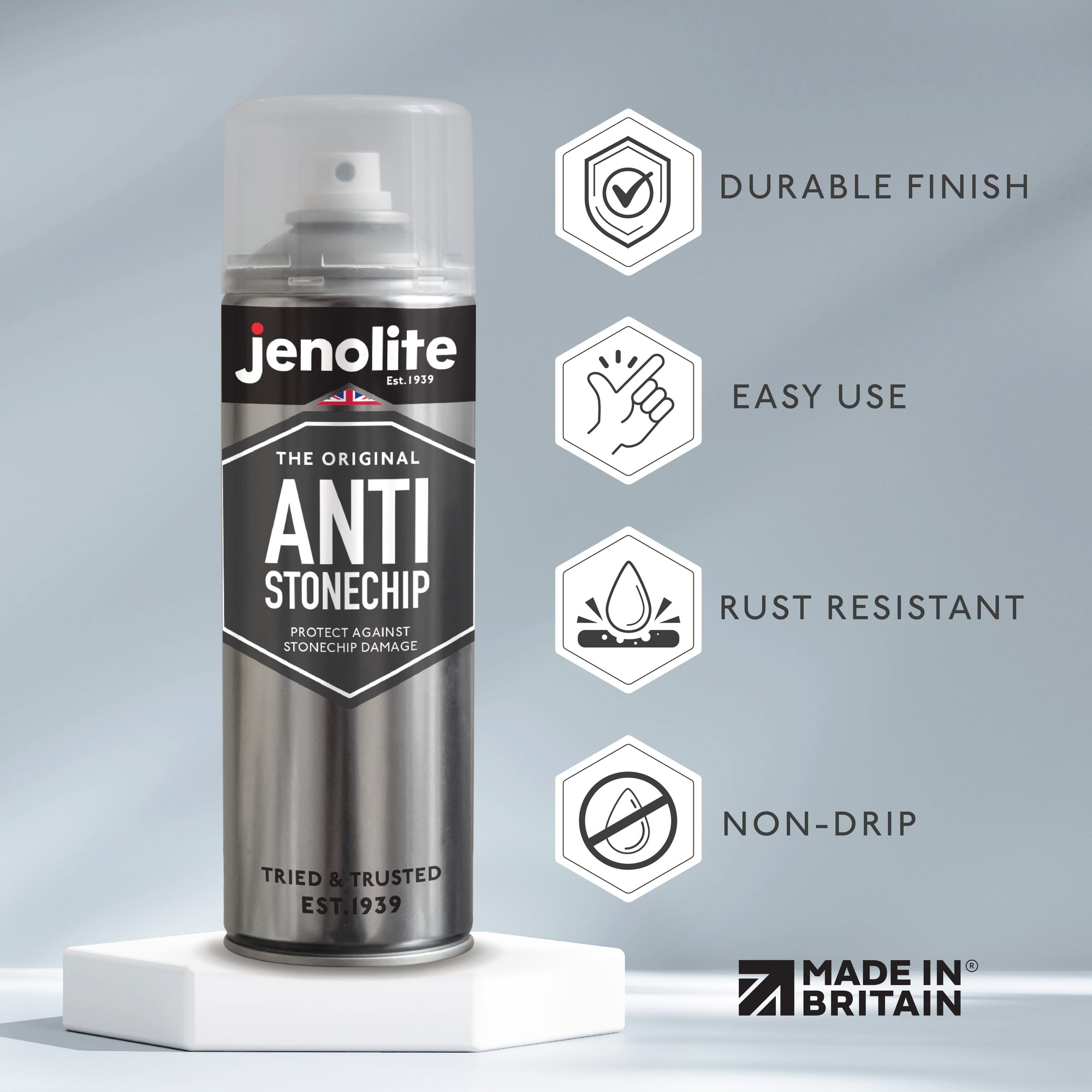
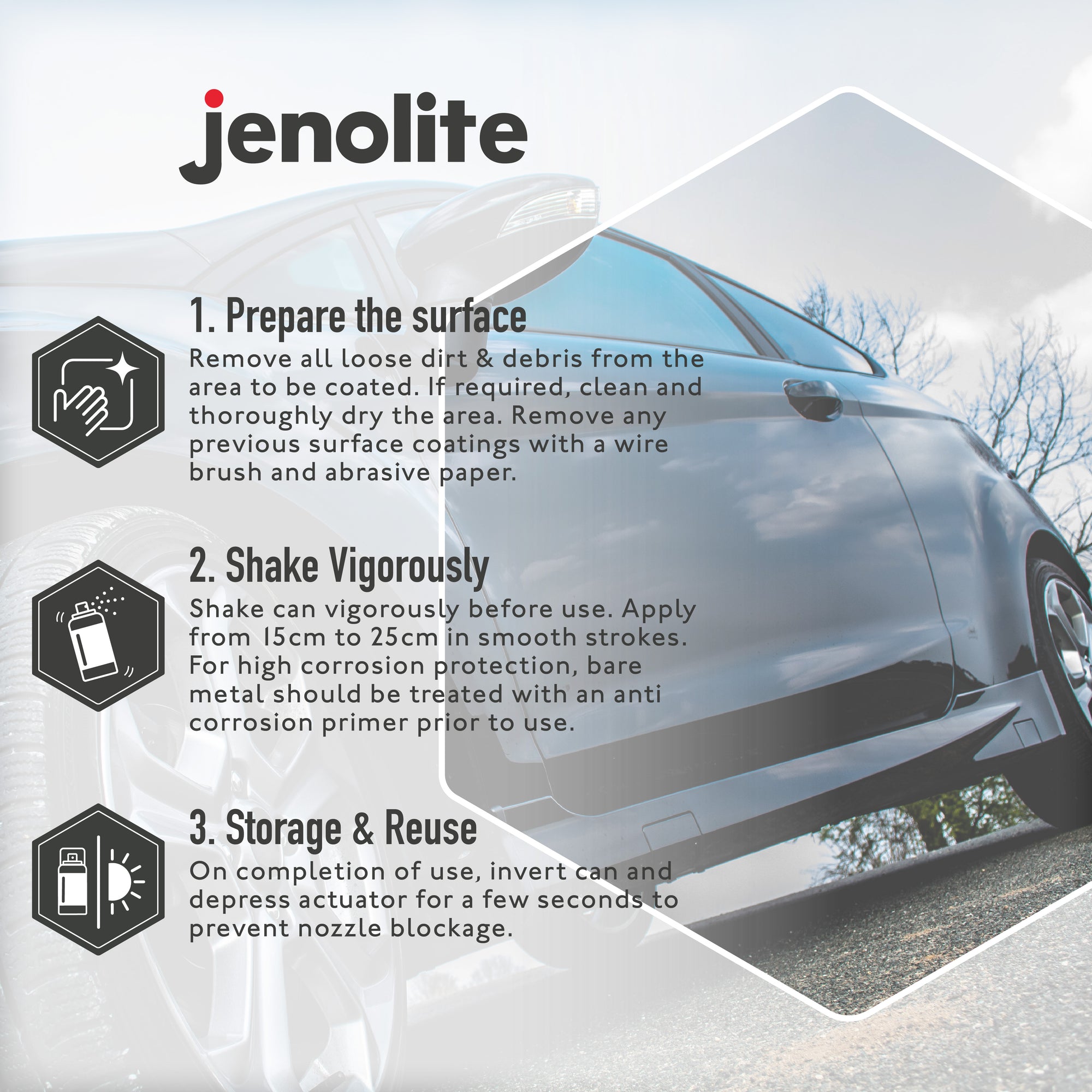
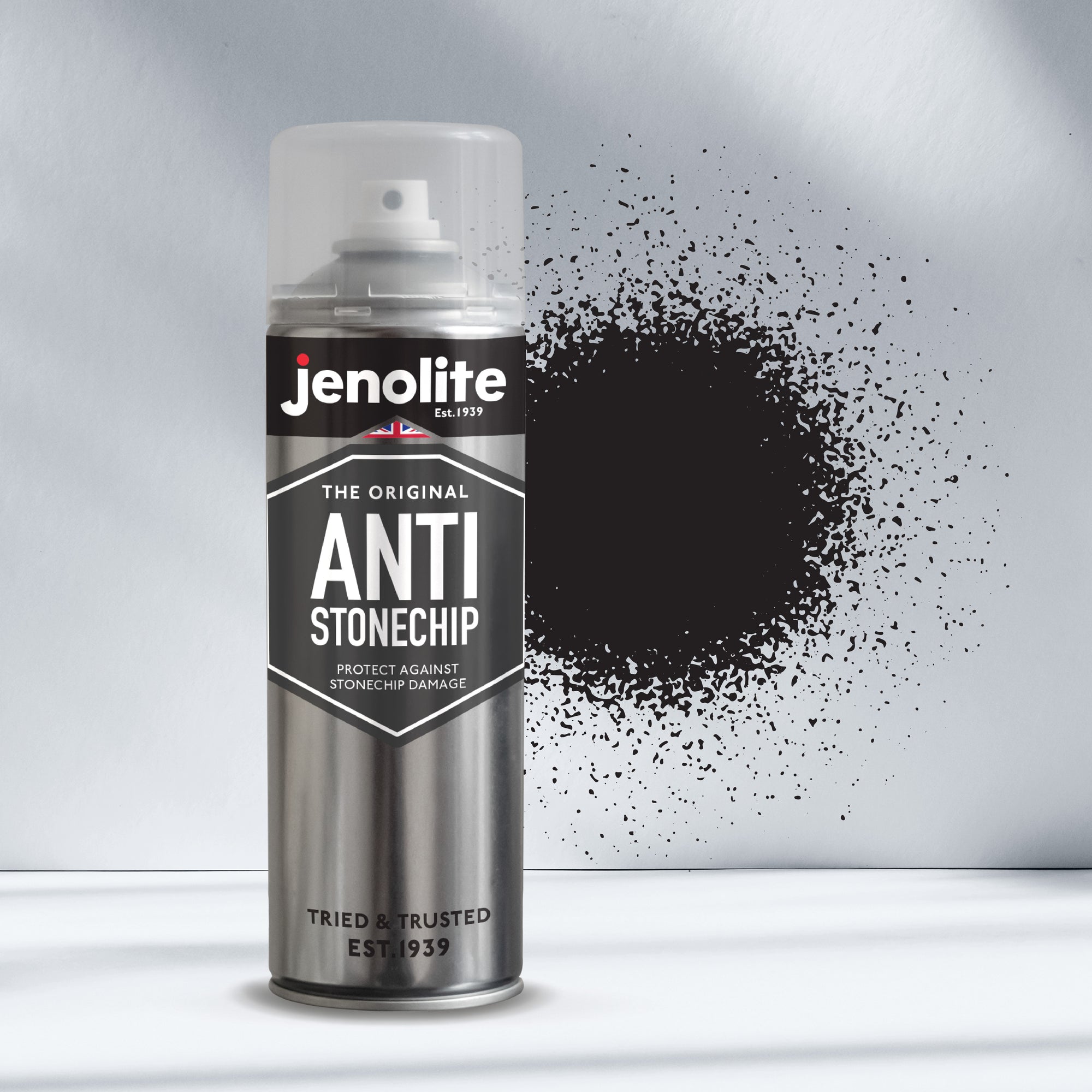
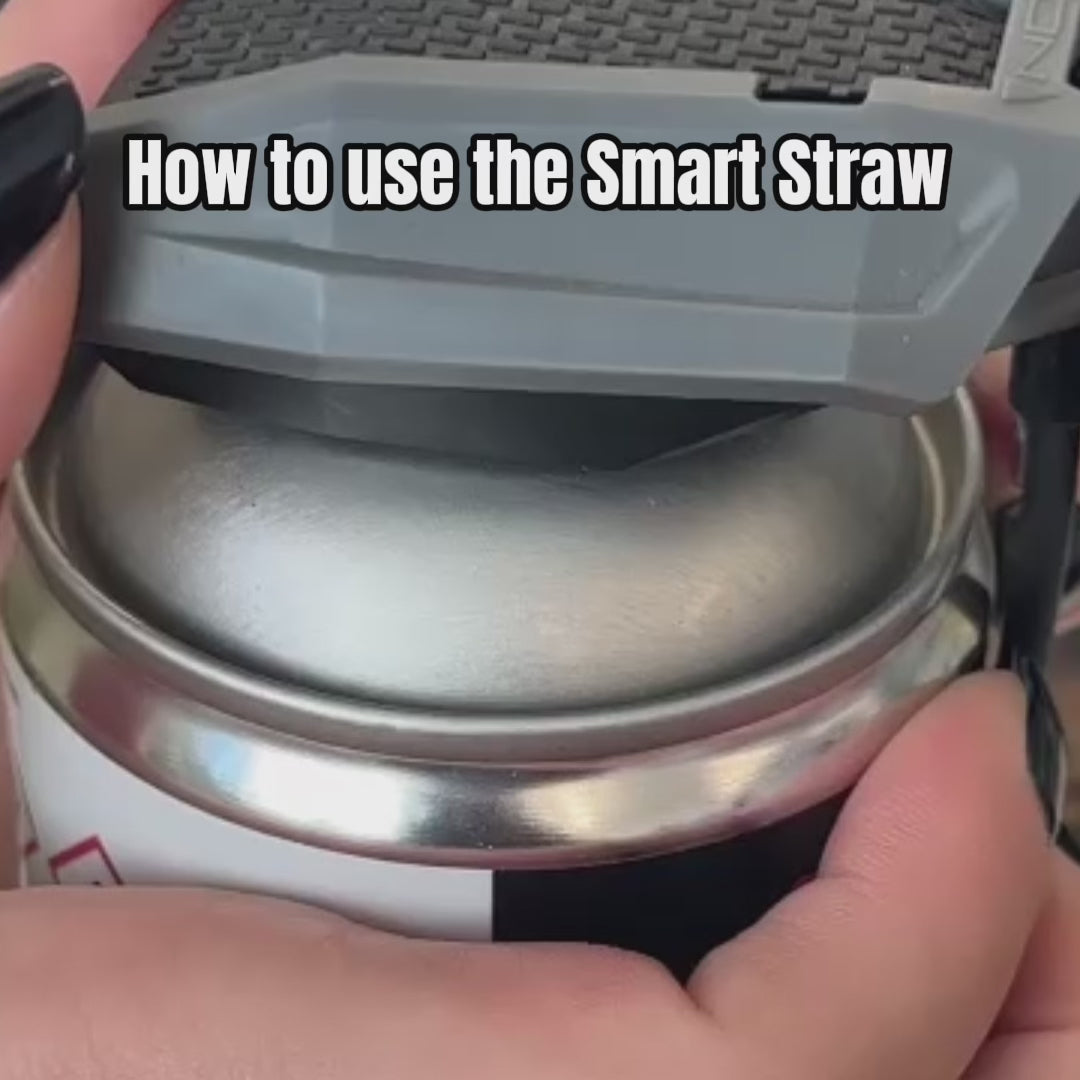
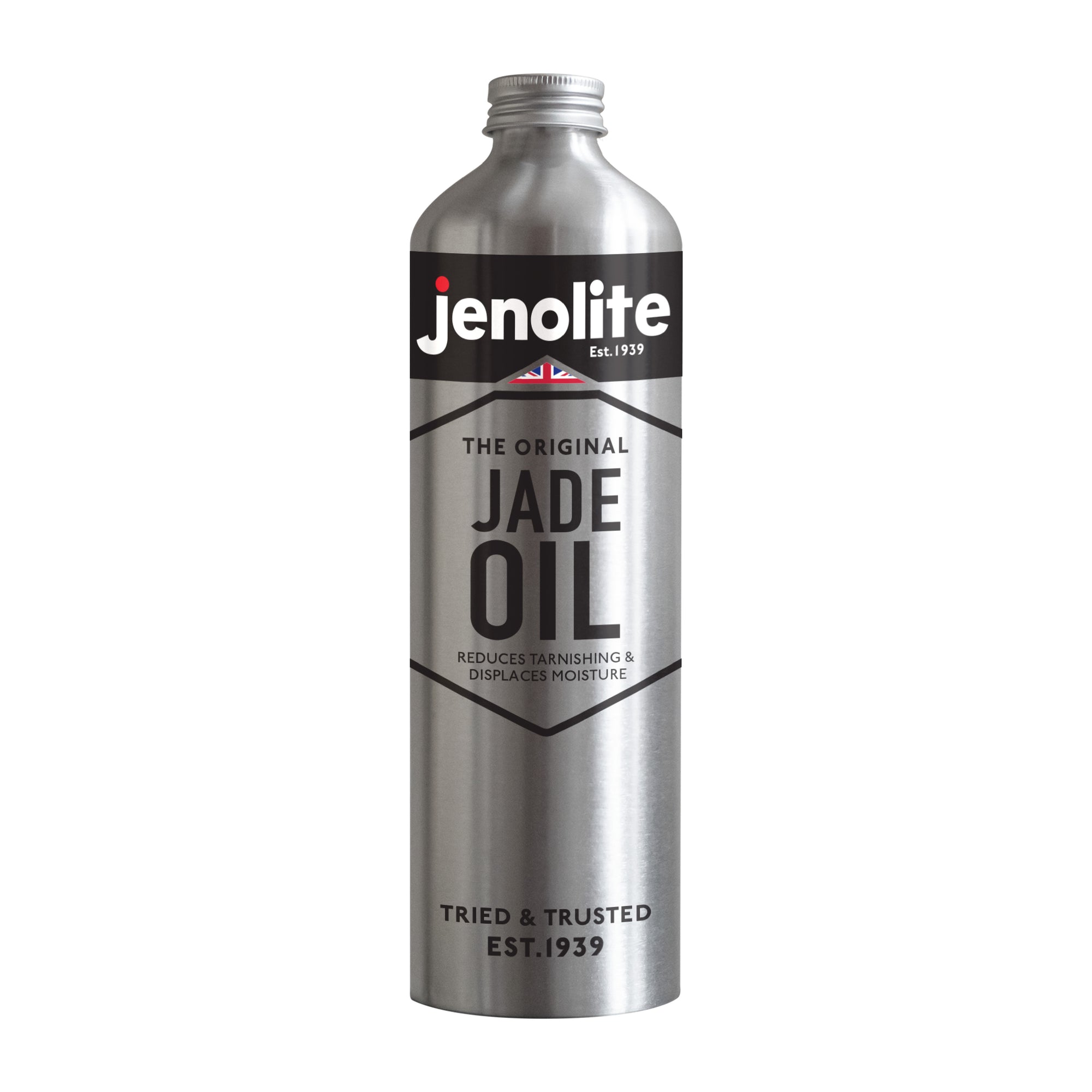
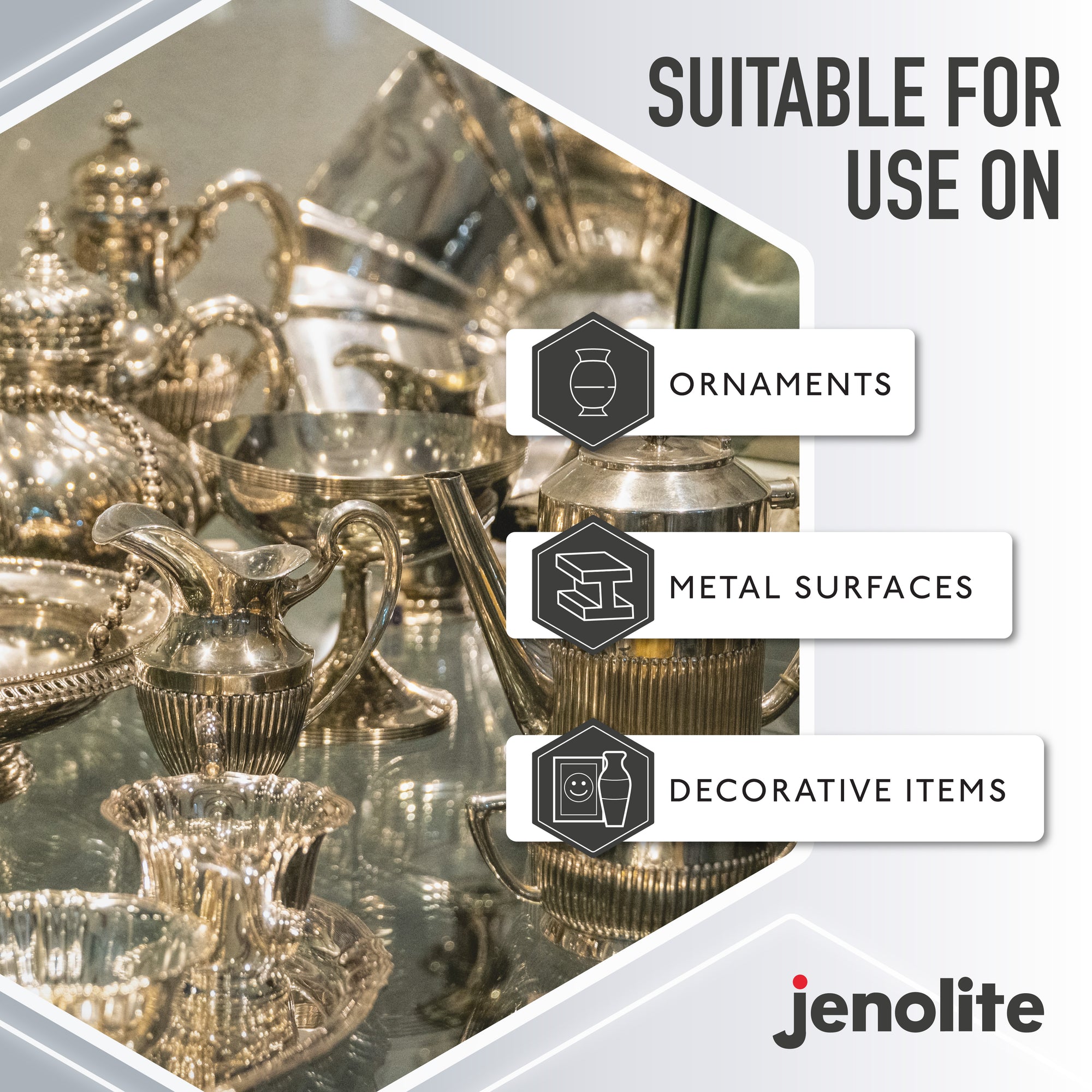
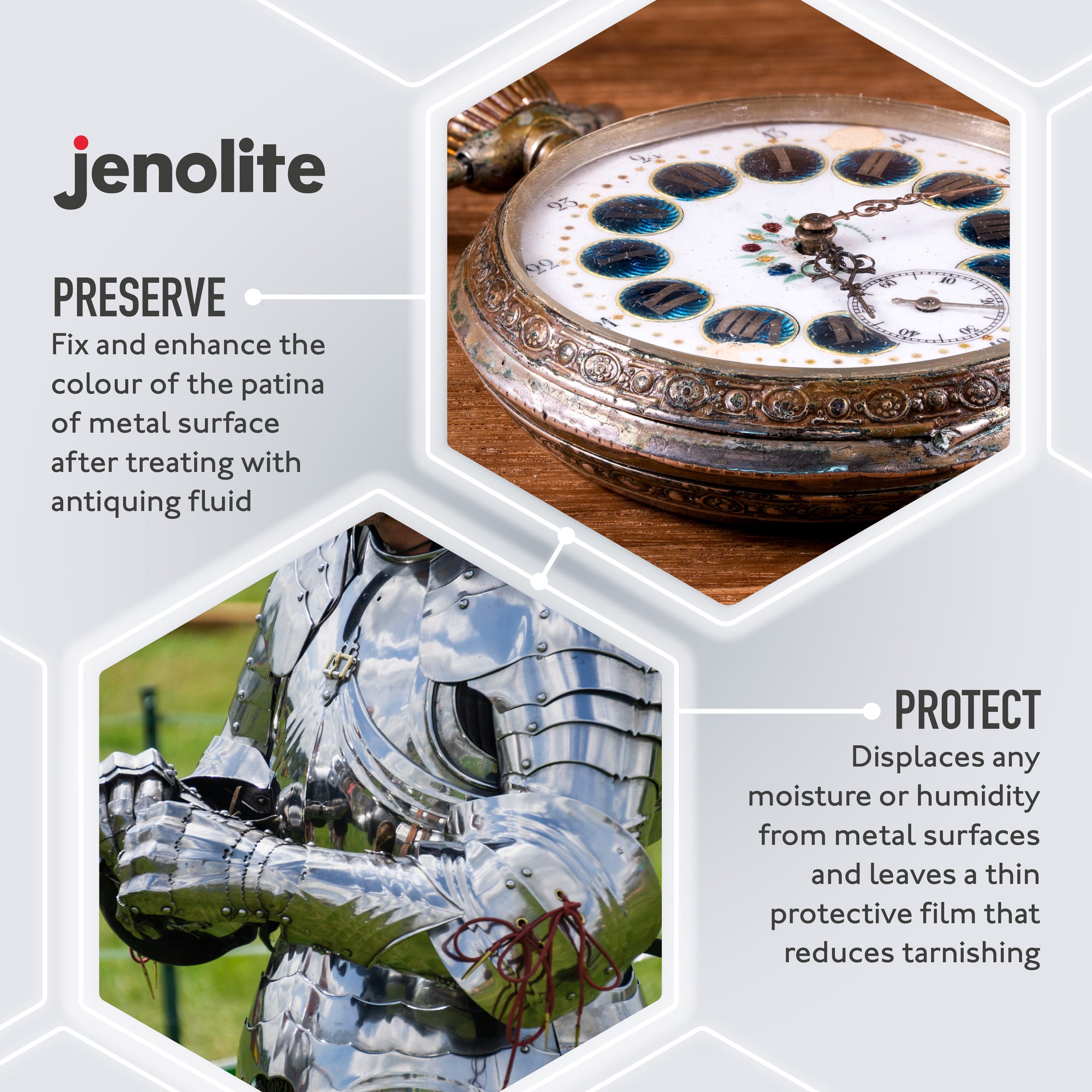
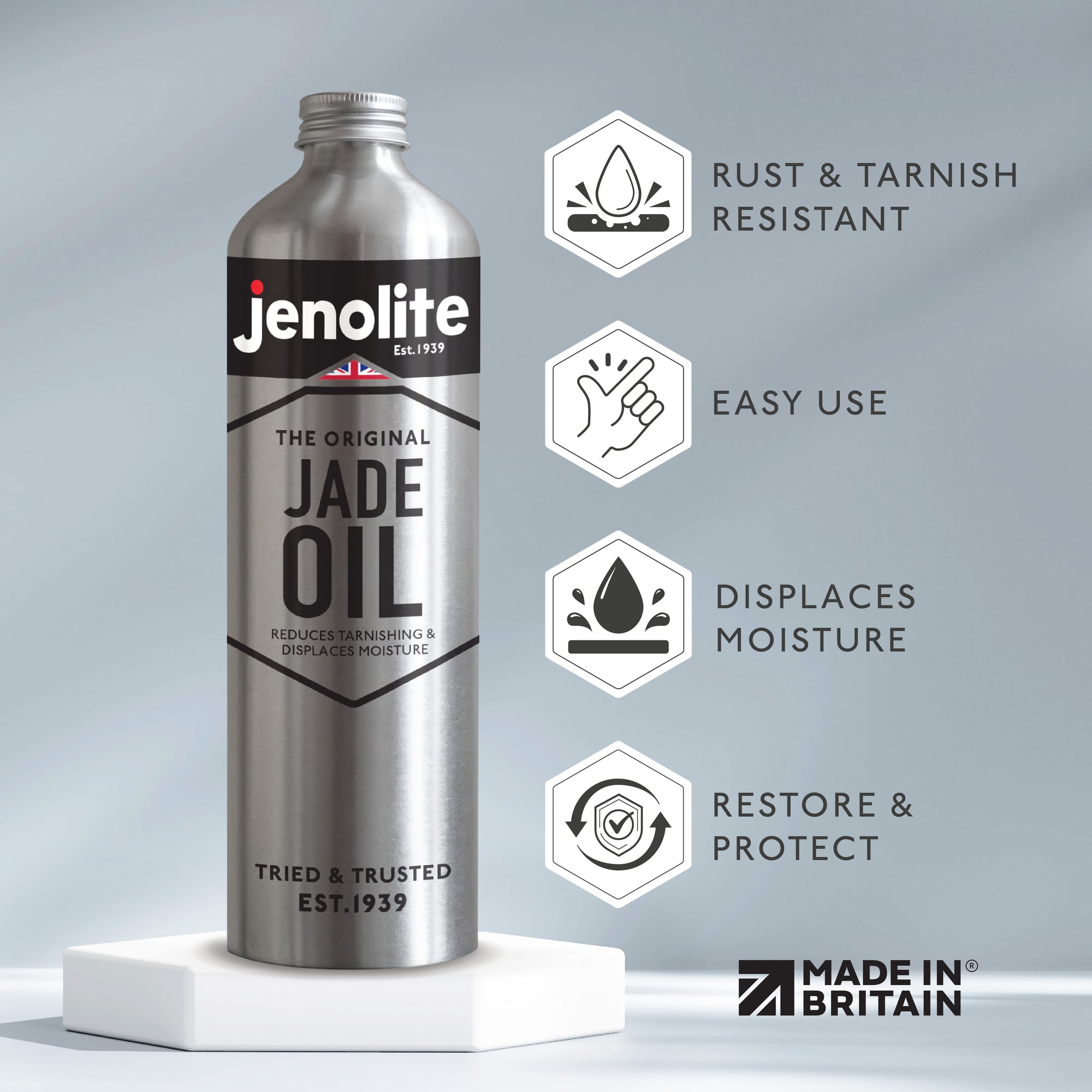
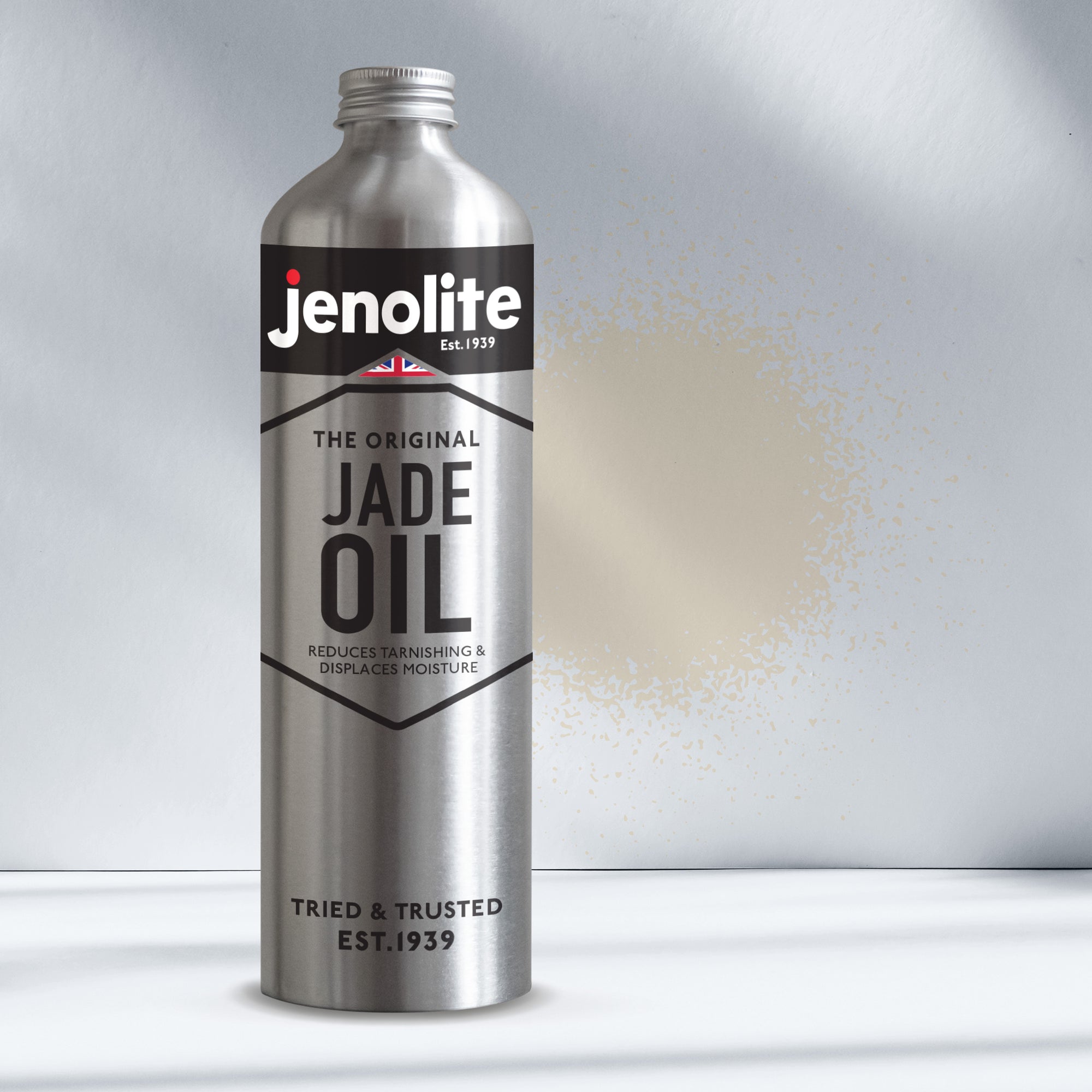
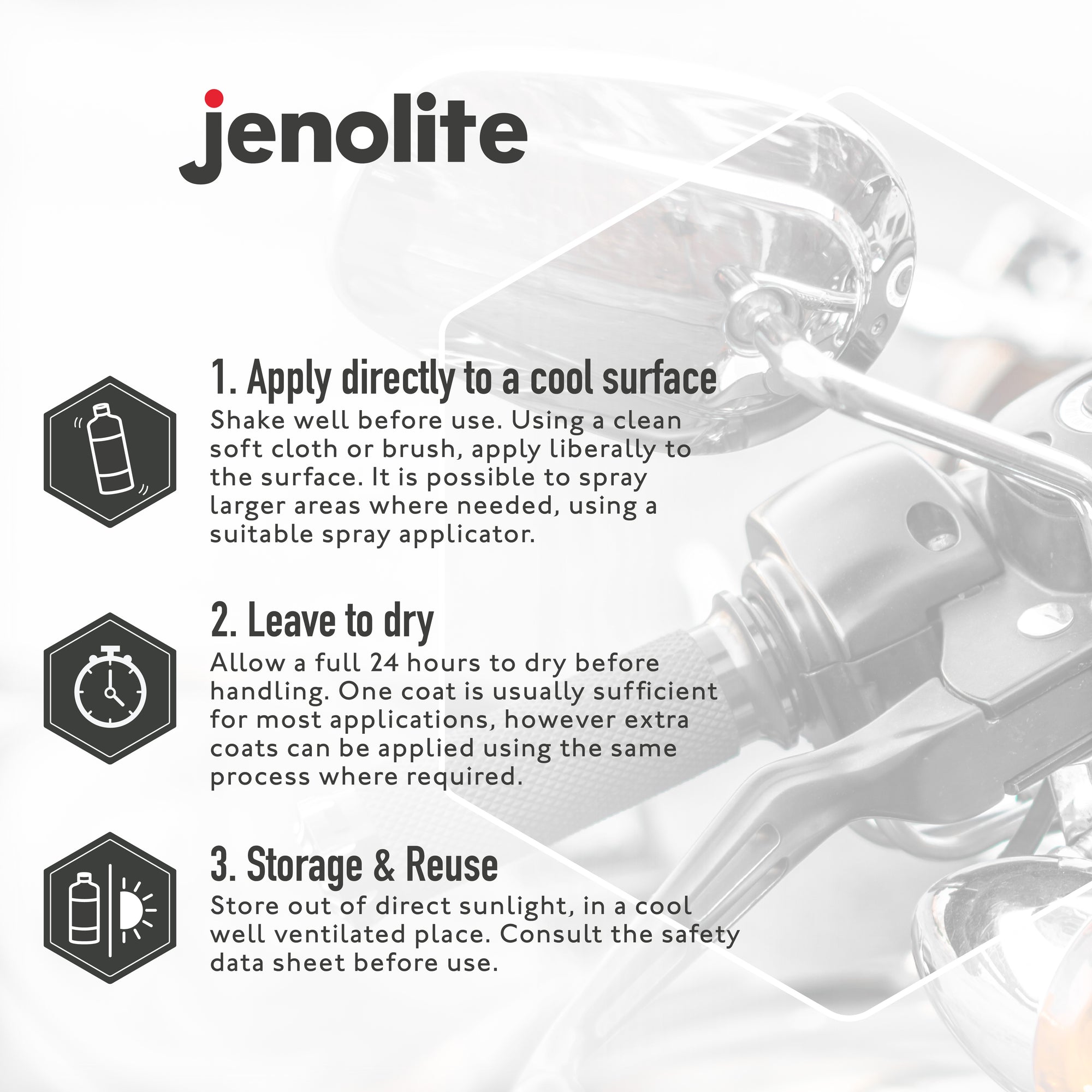






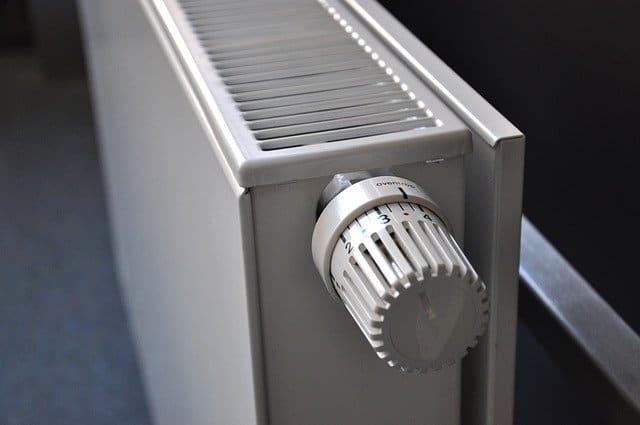
![Rust Remover vs Rust Converter: Which To Use? | [UPDATE 2024] A comprehensive guide](http://www.jenolite.com/cdn/shop/articles/Rust_Remover___Converter.webp?v=1706616225&width=2000)
